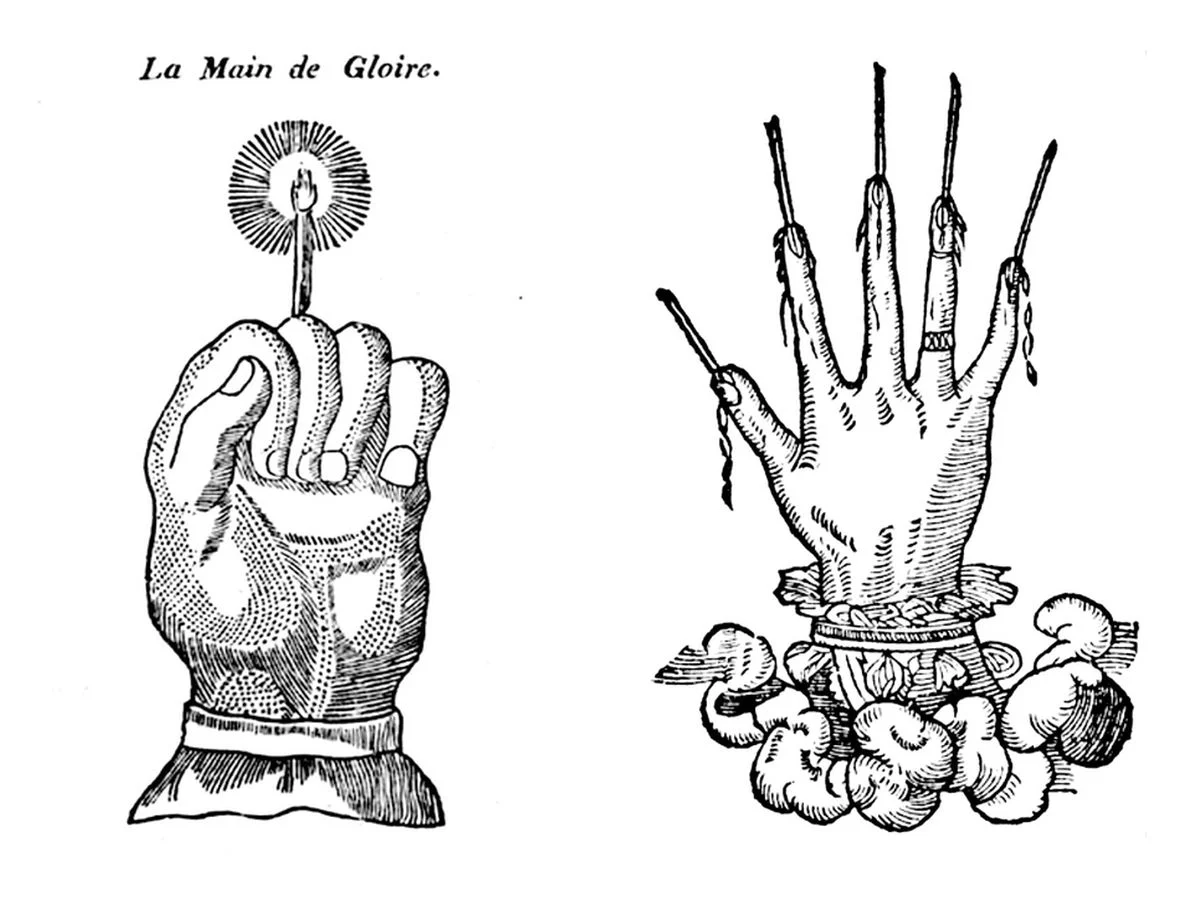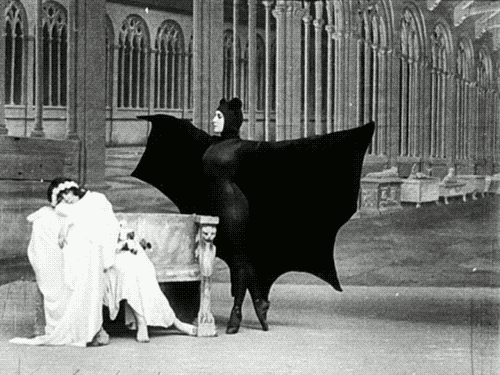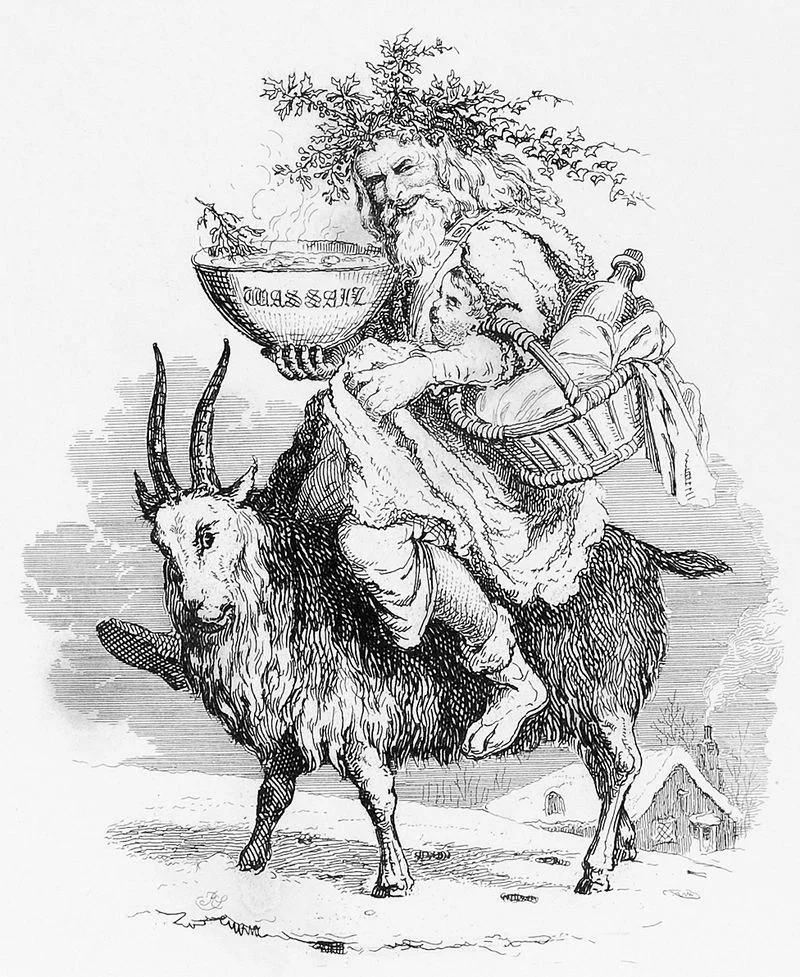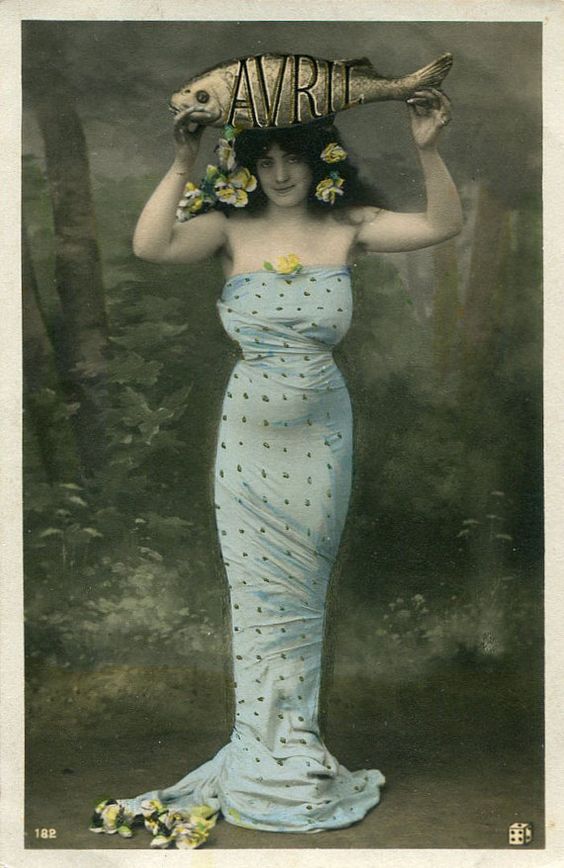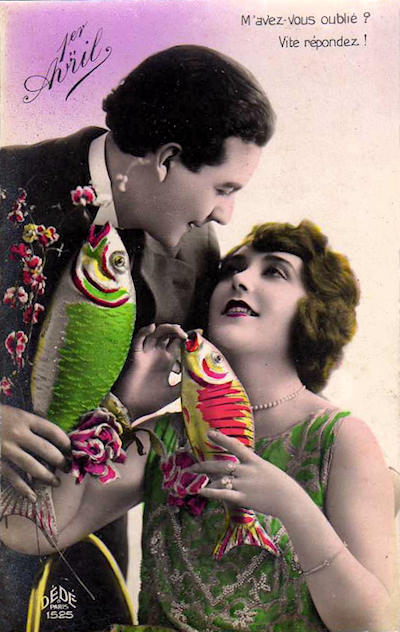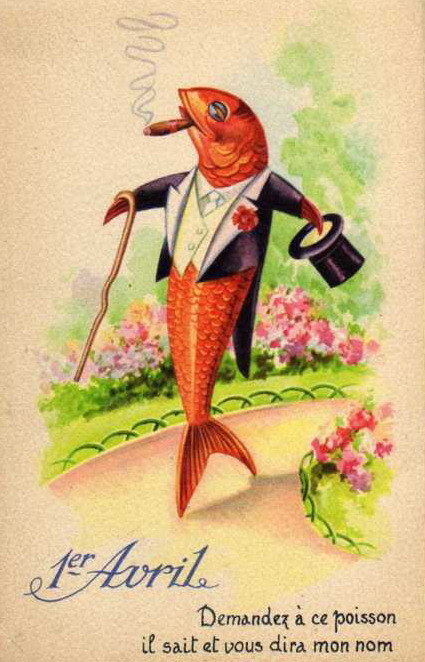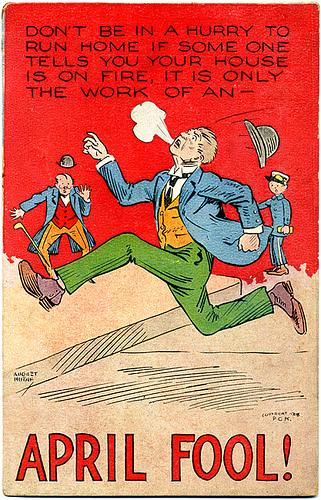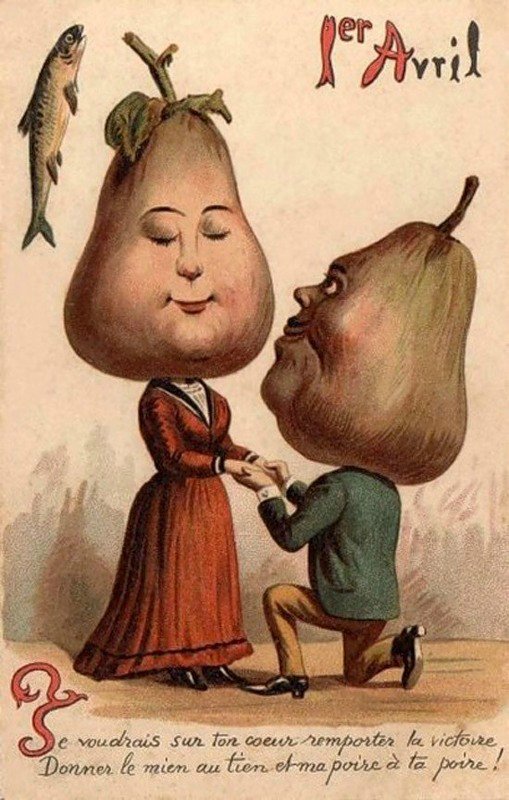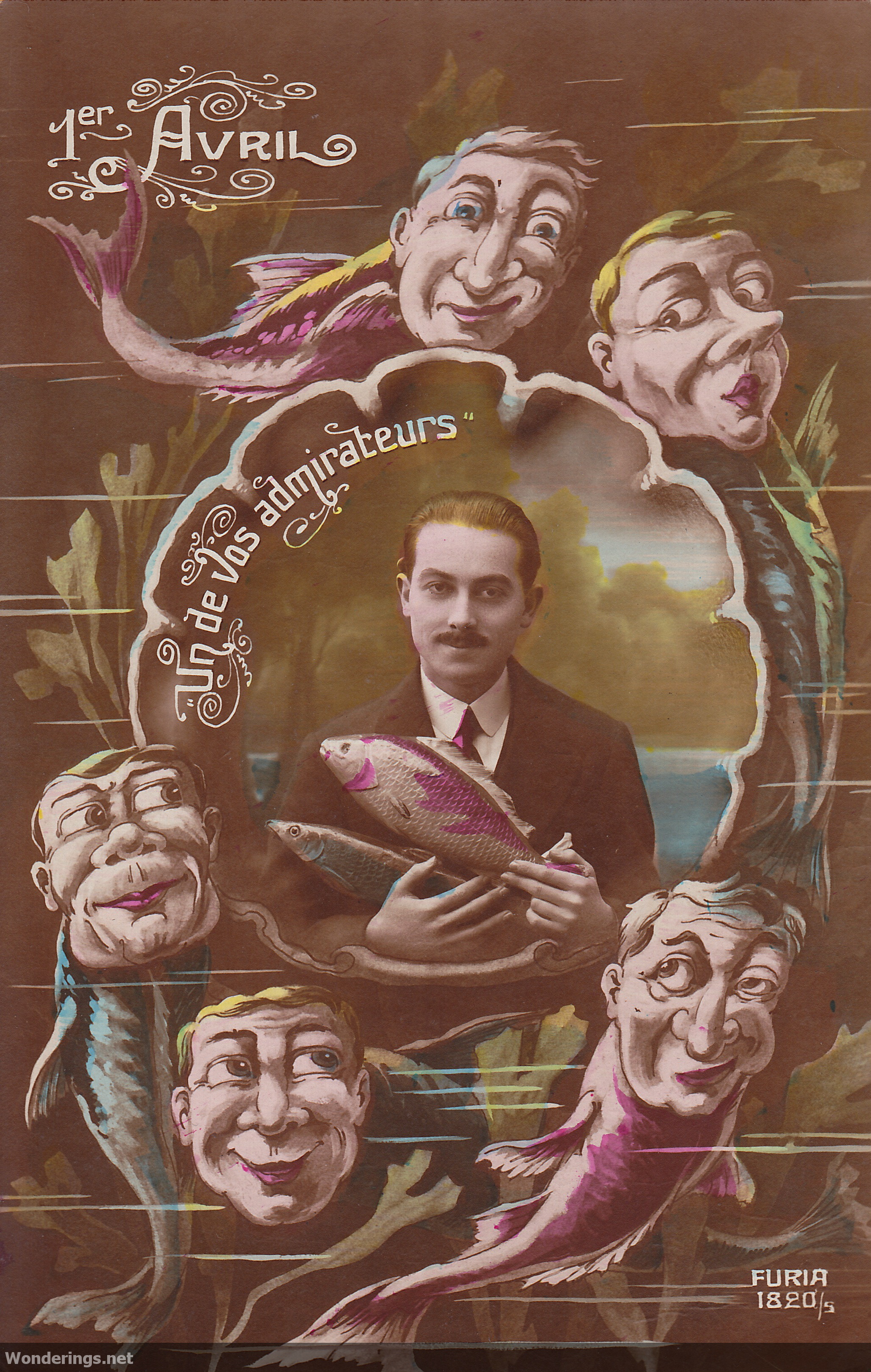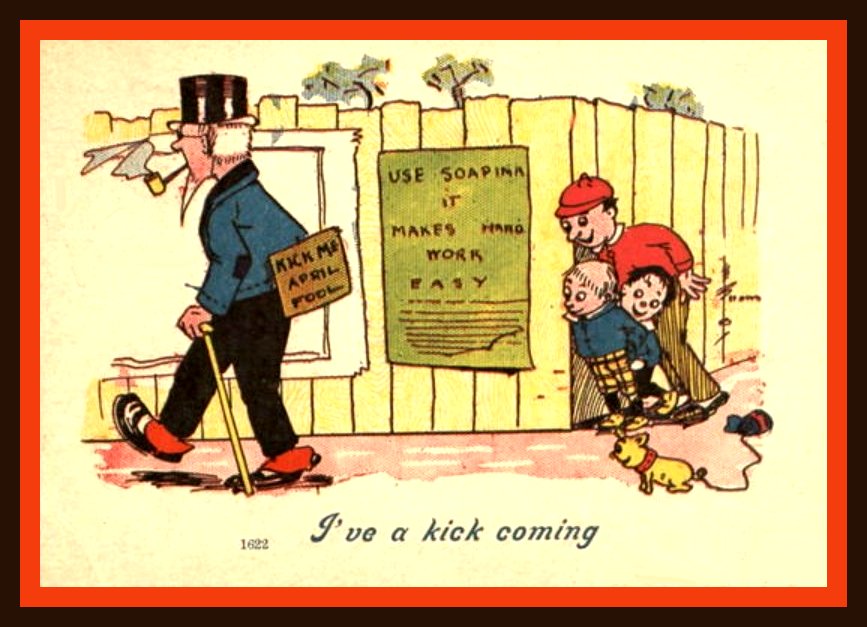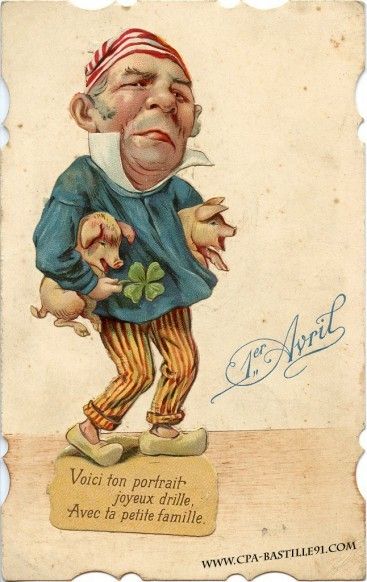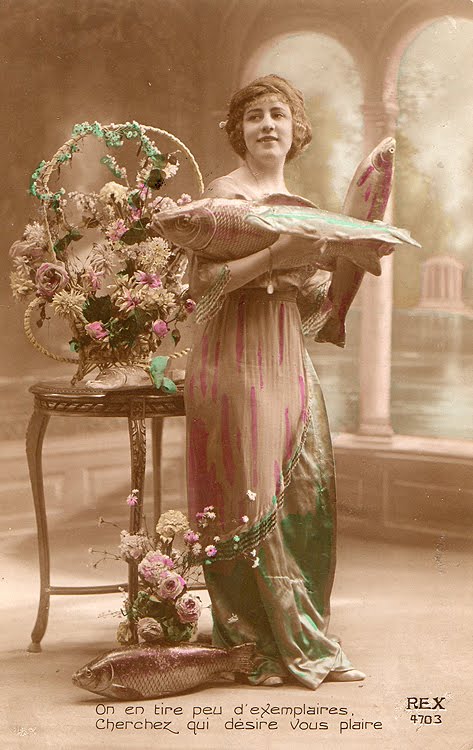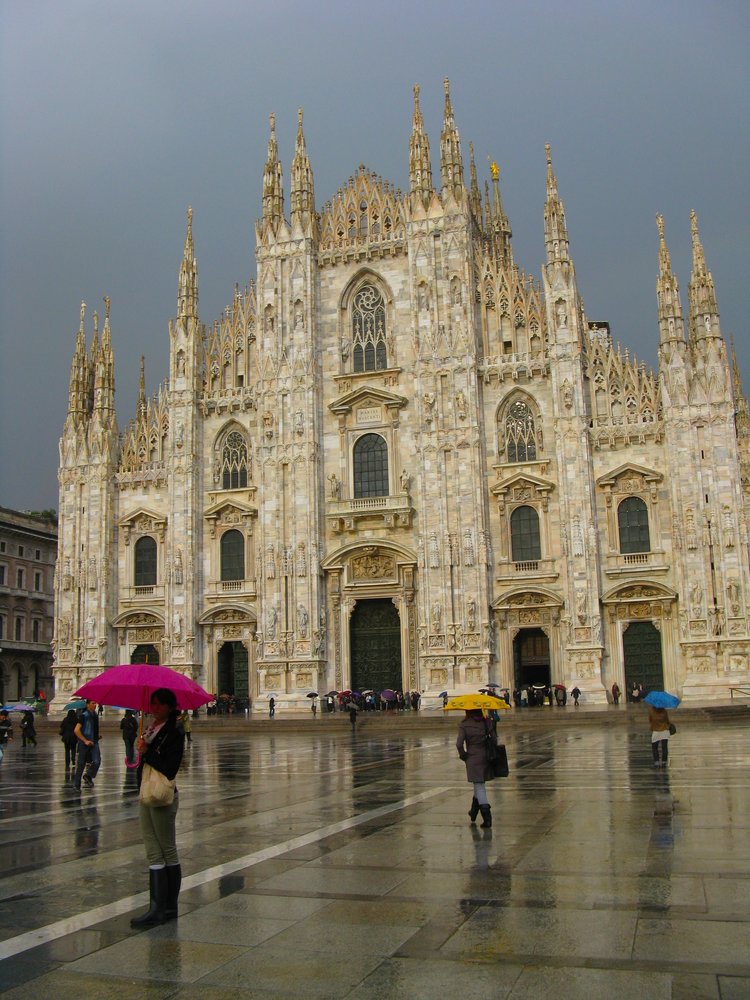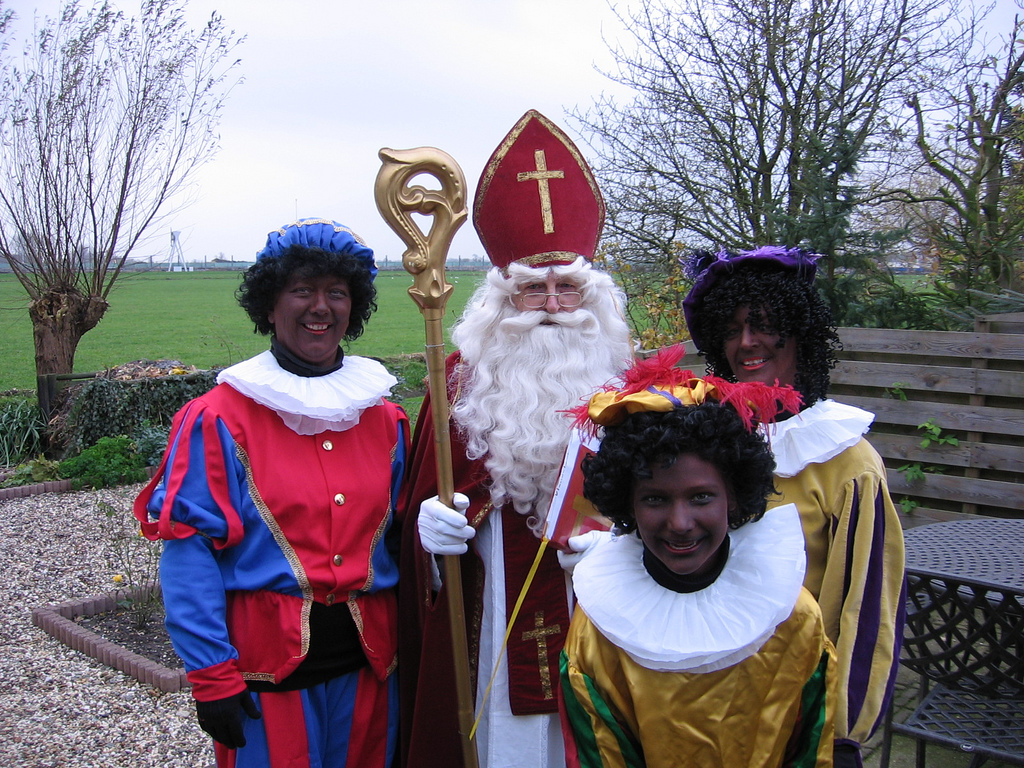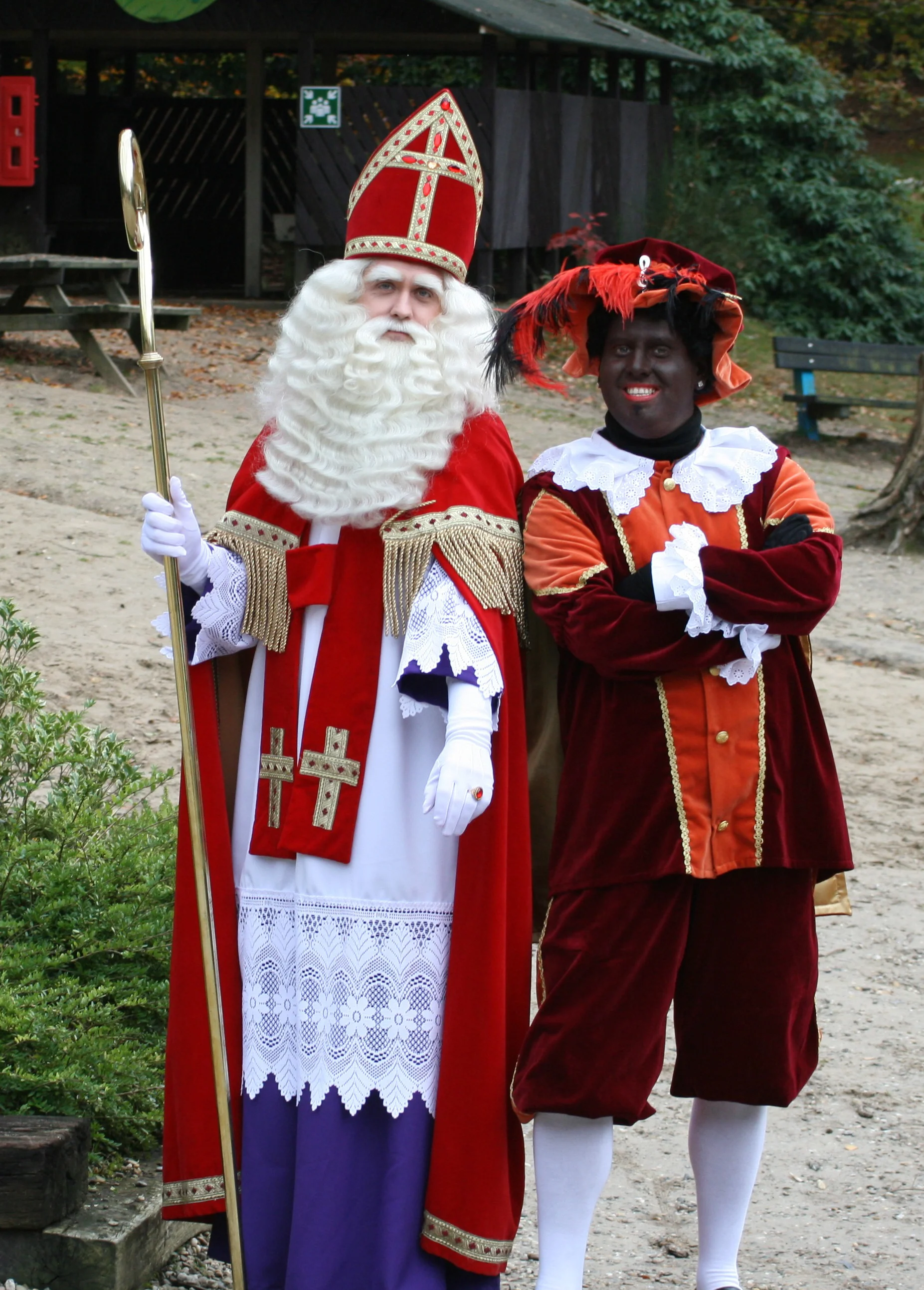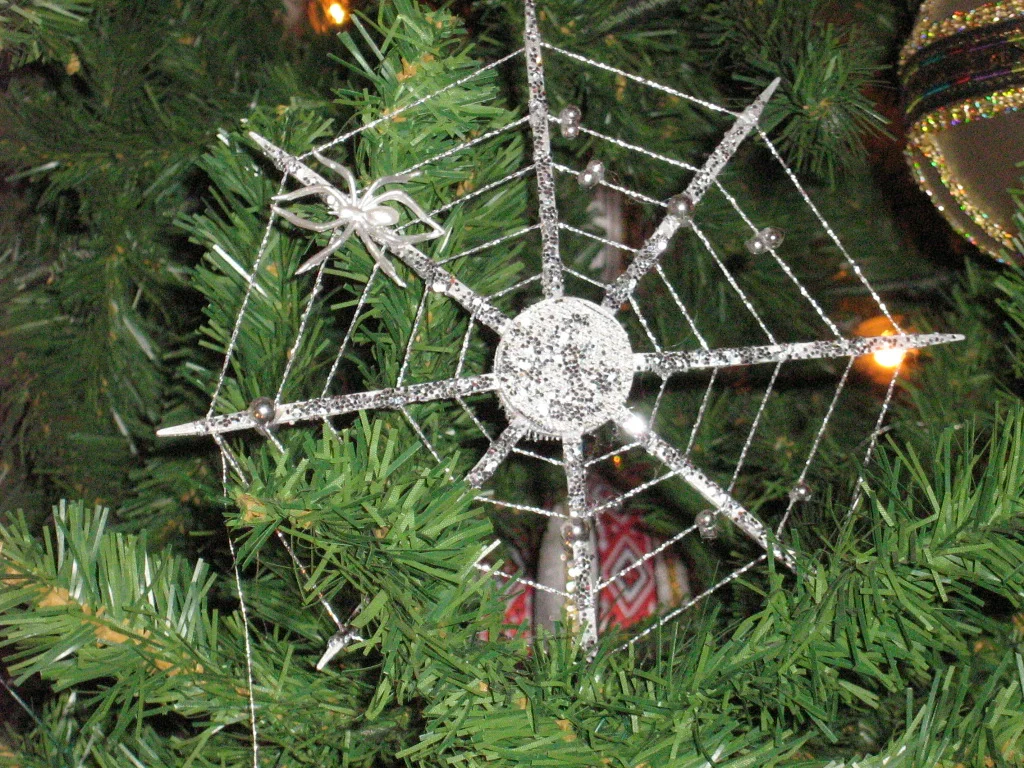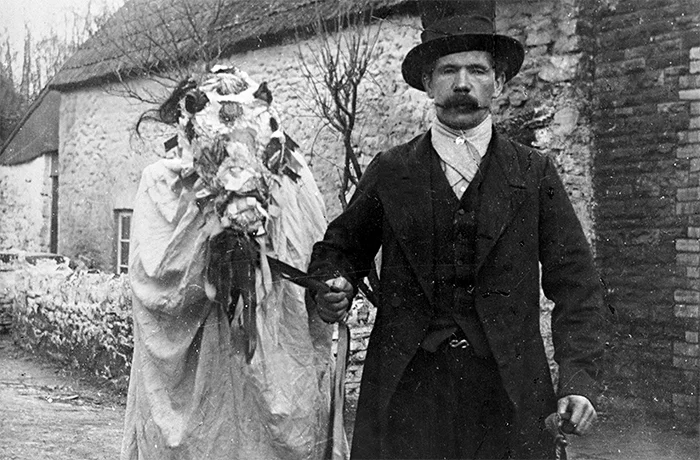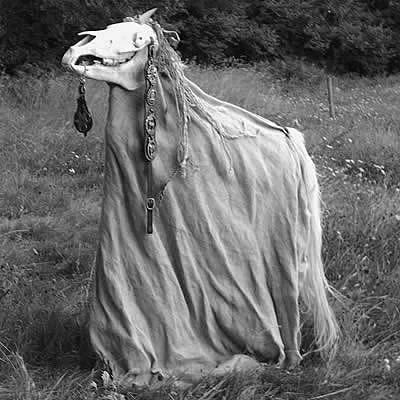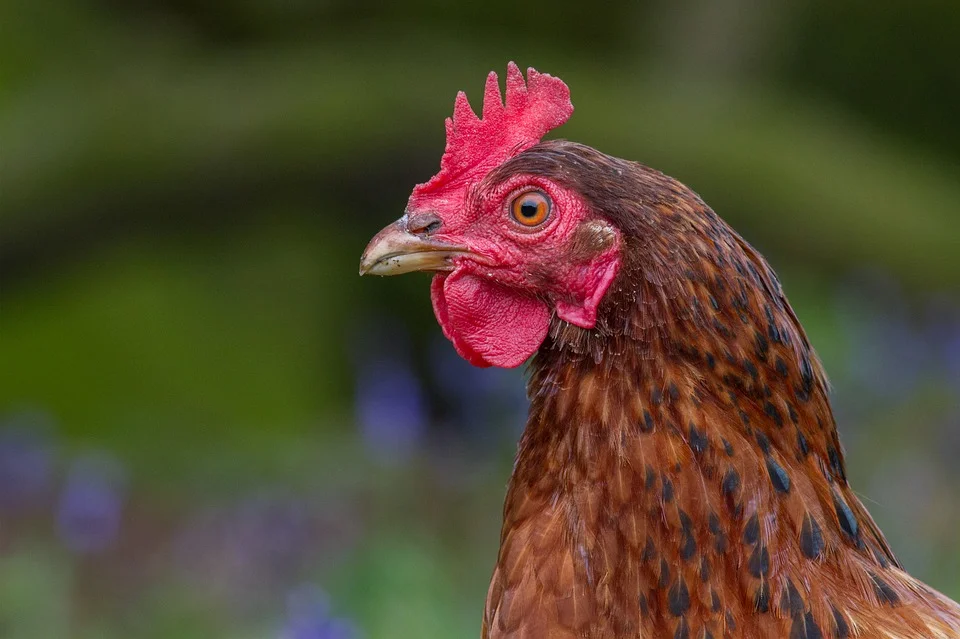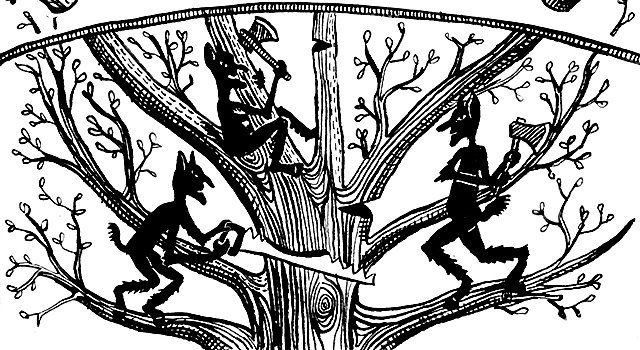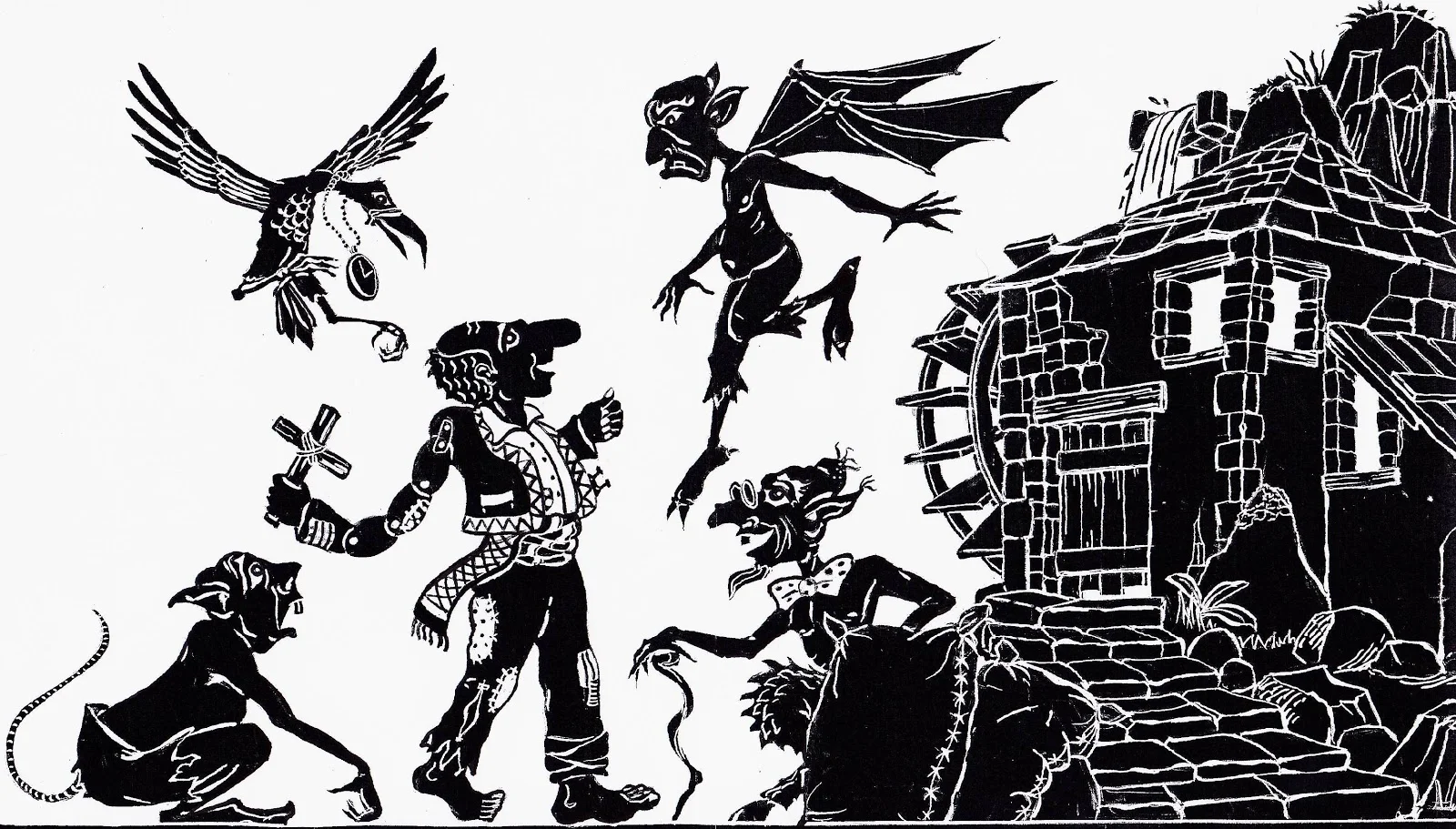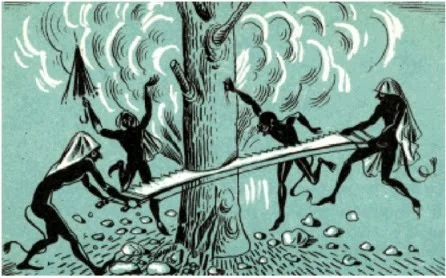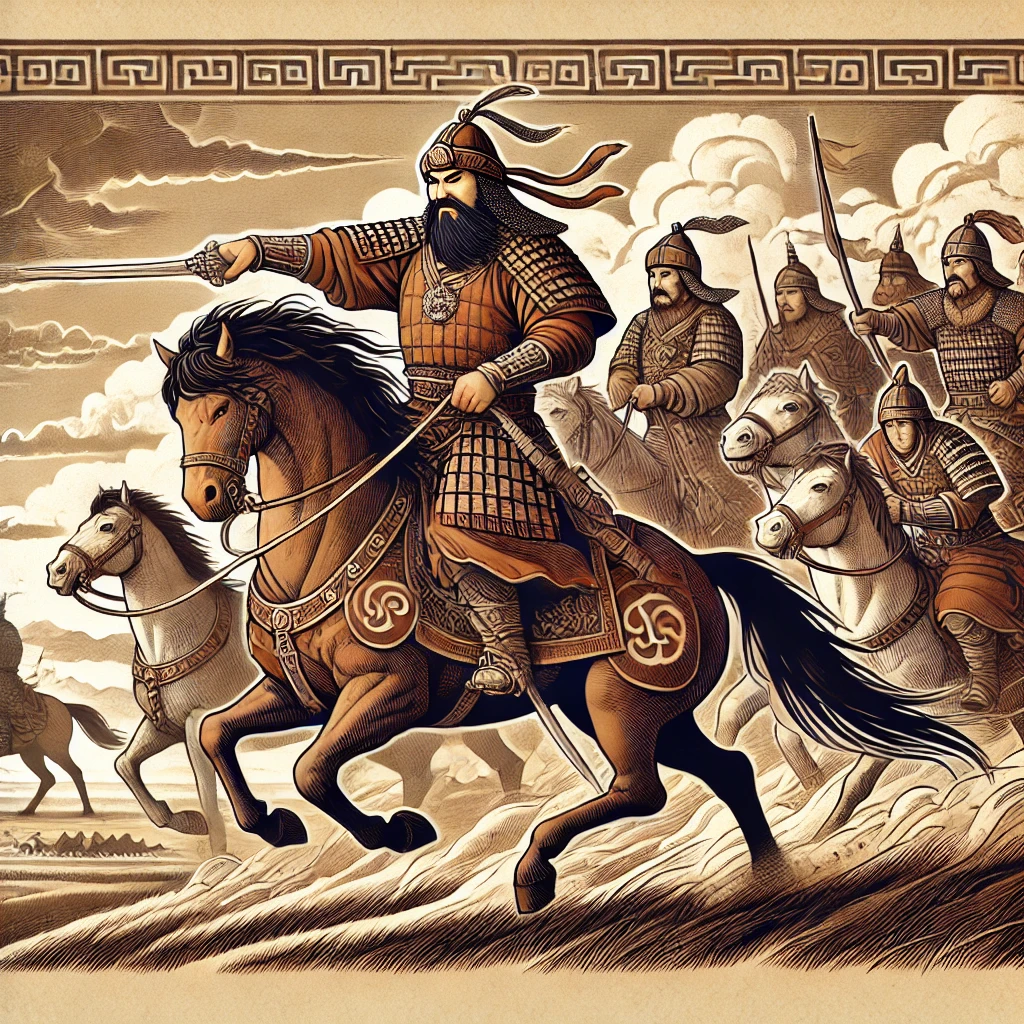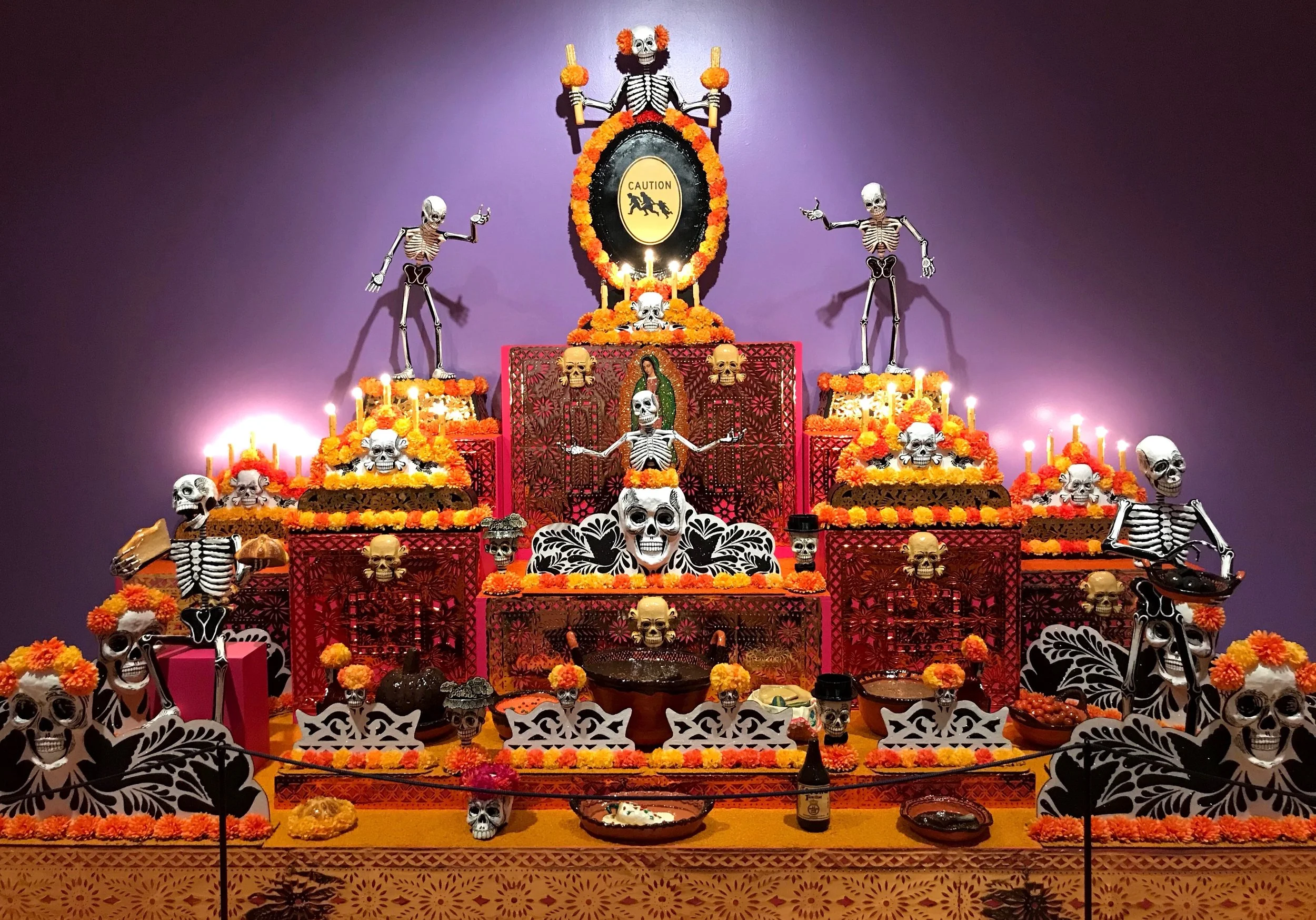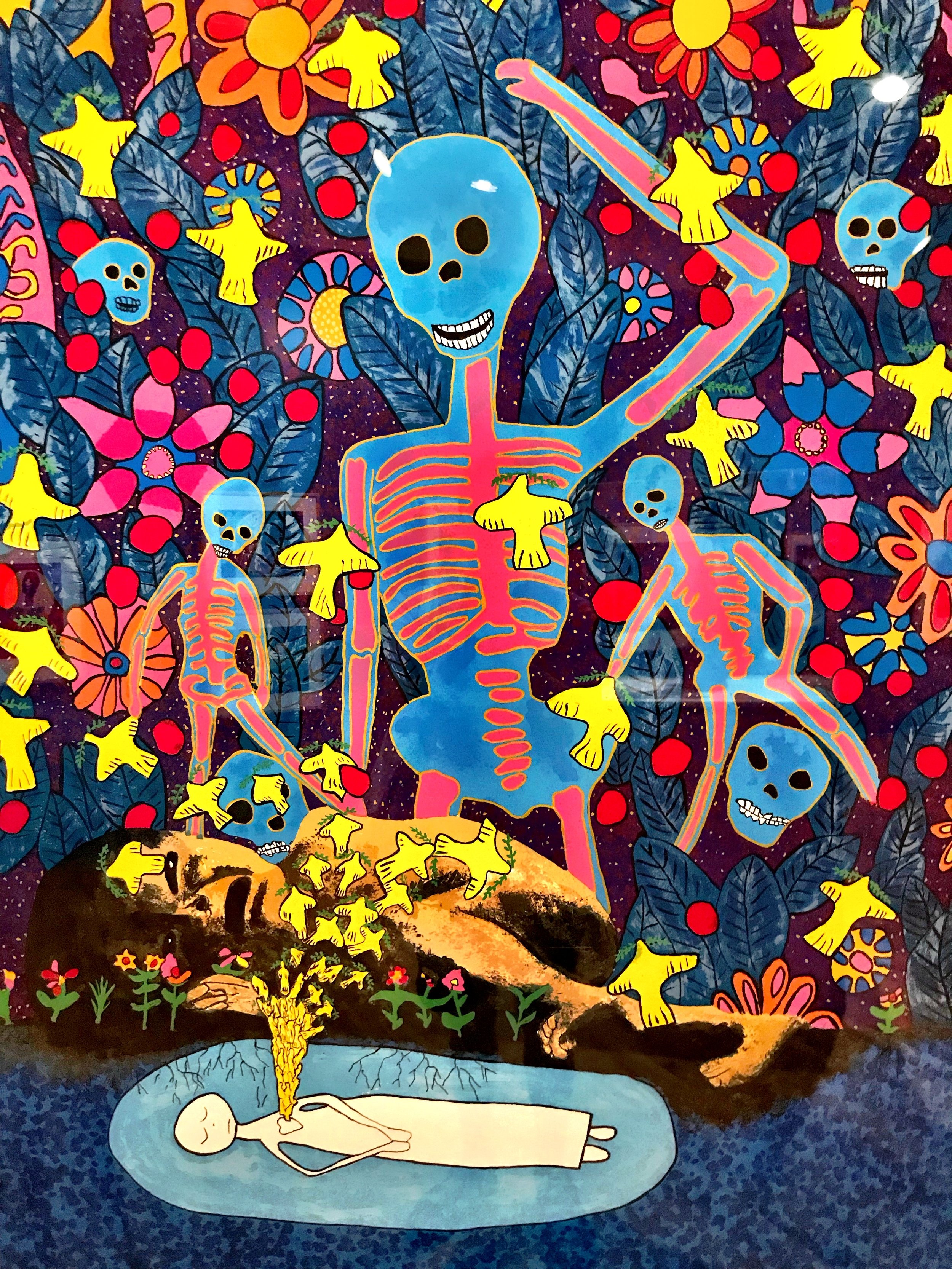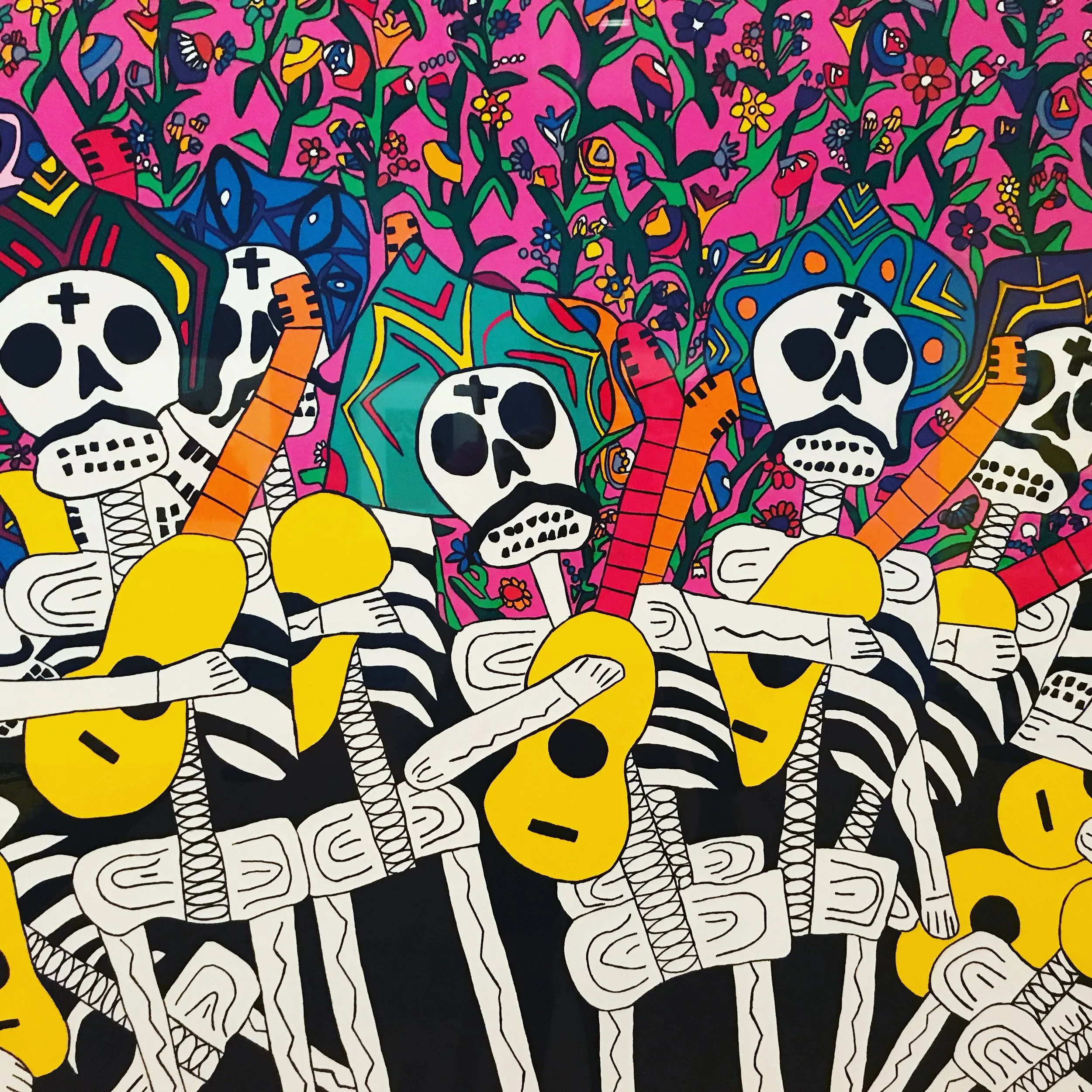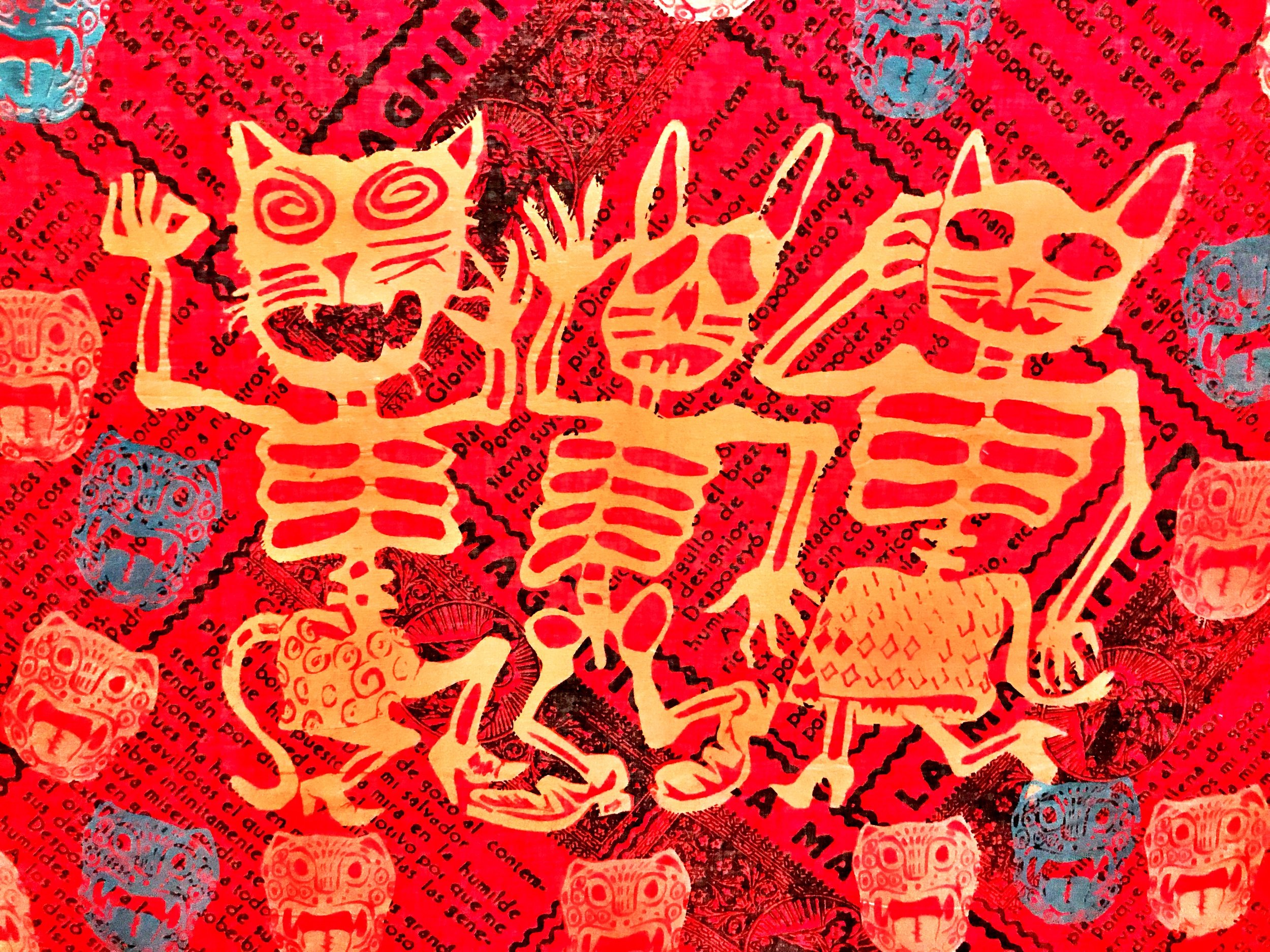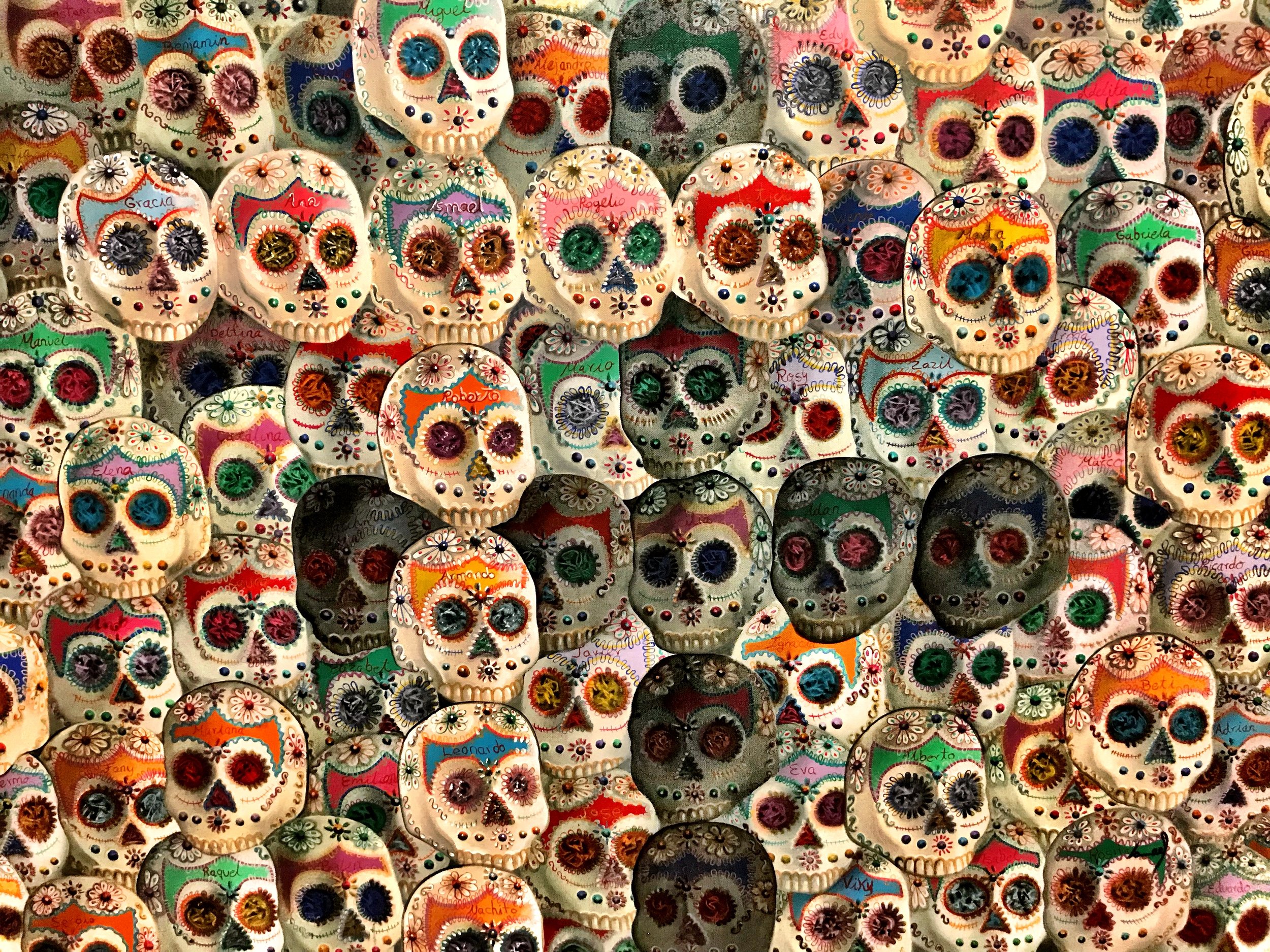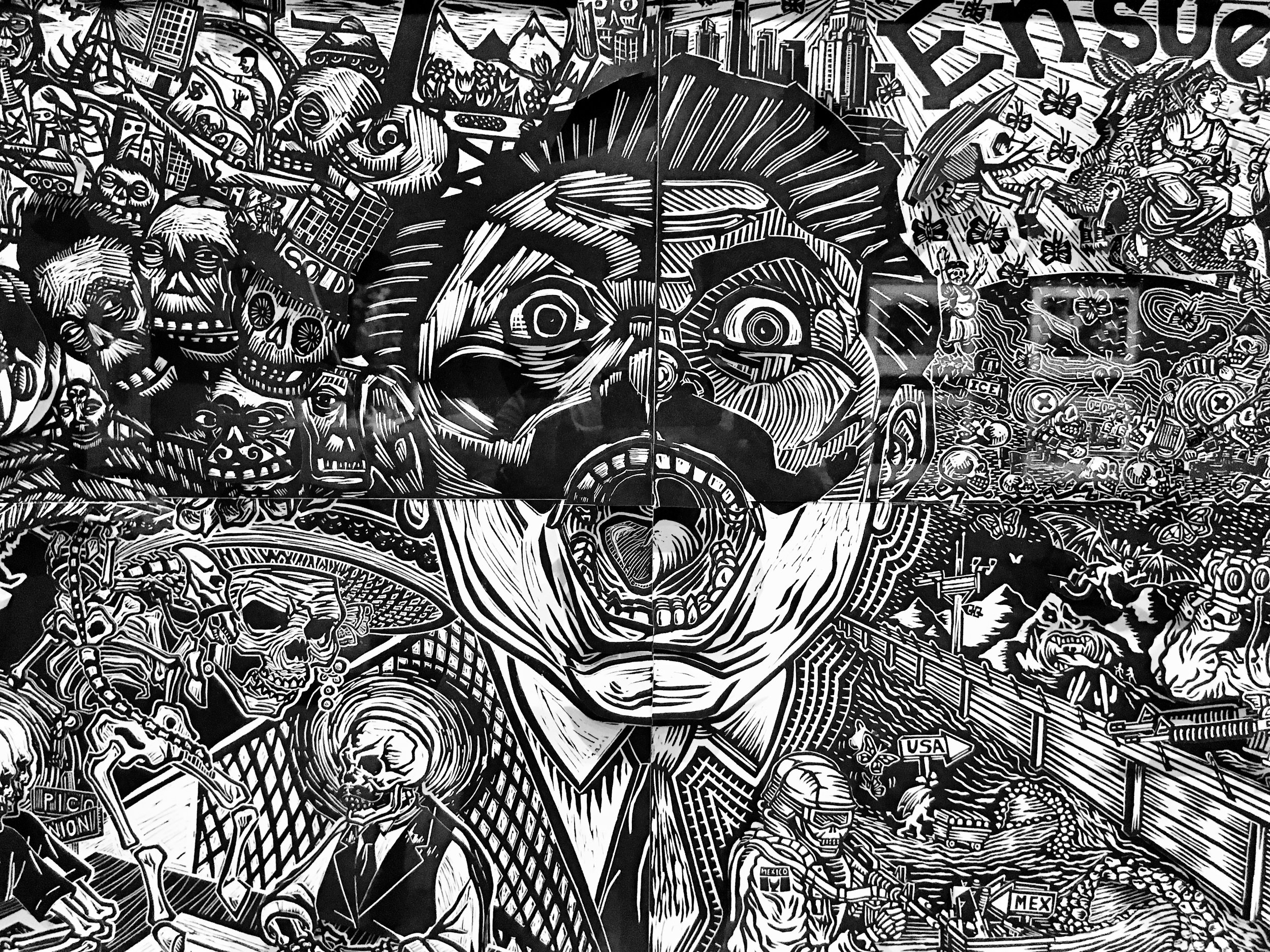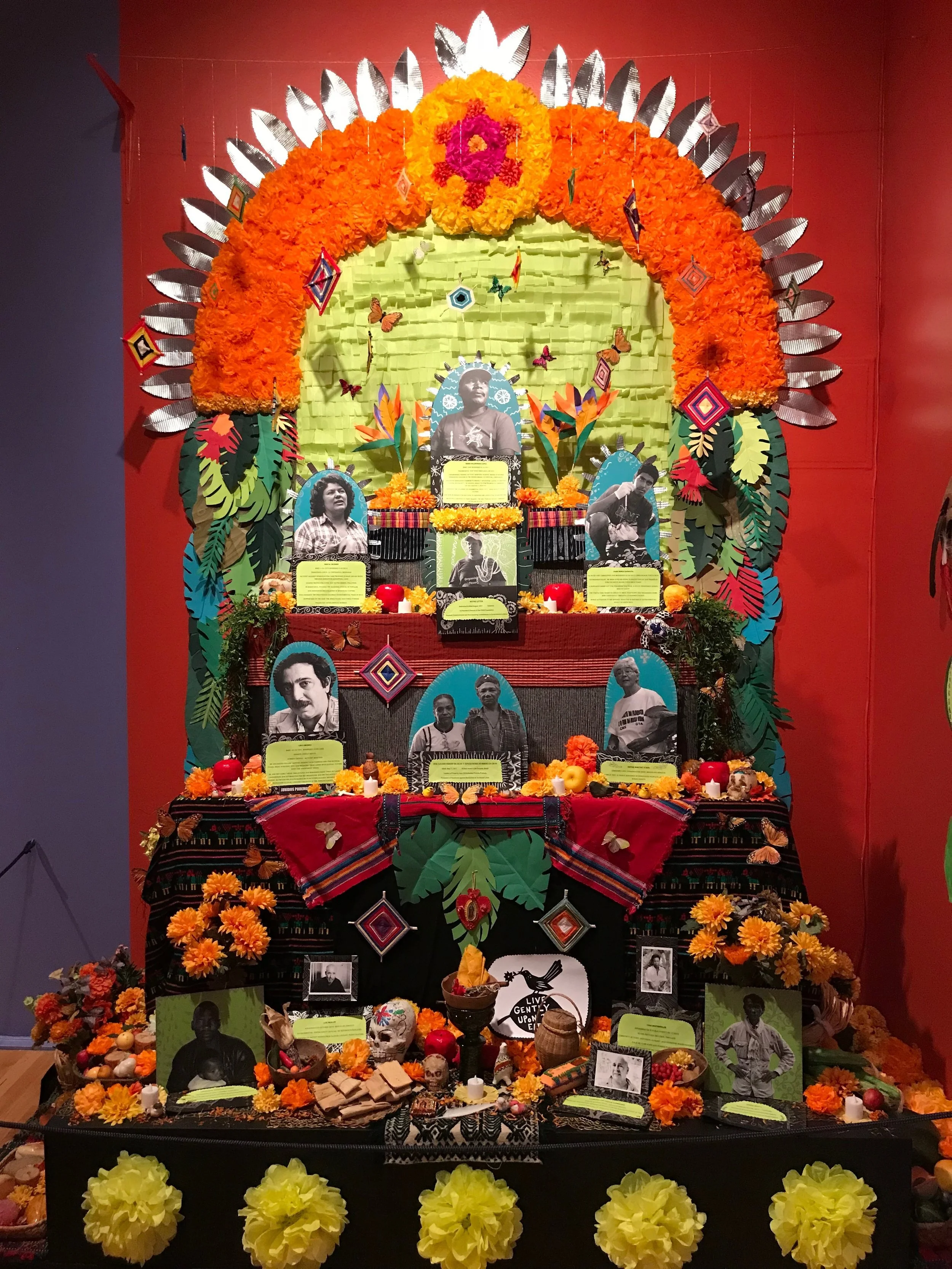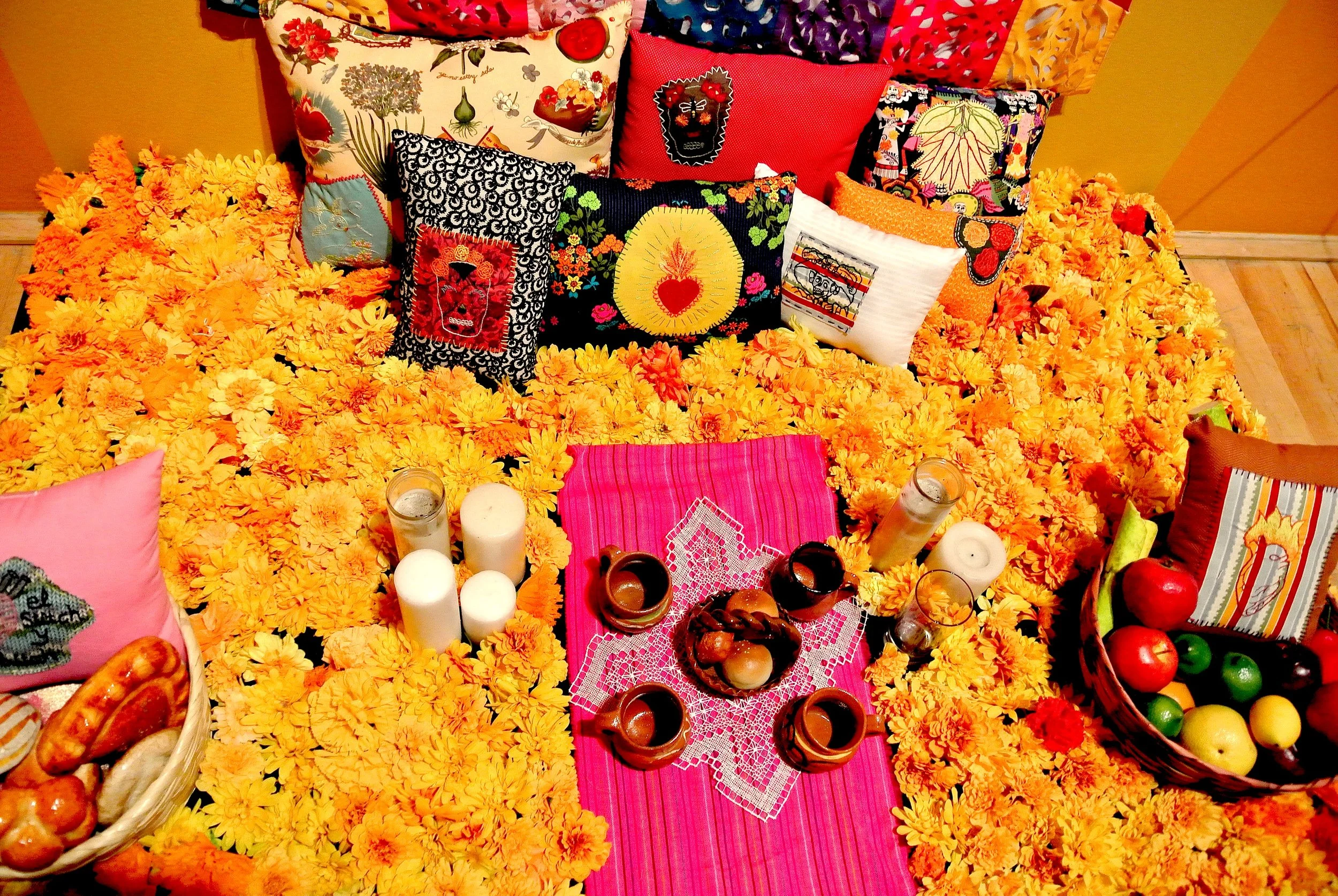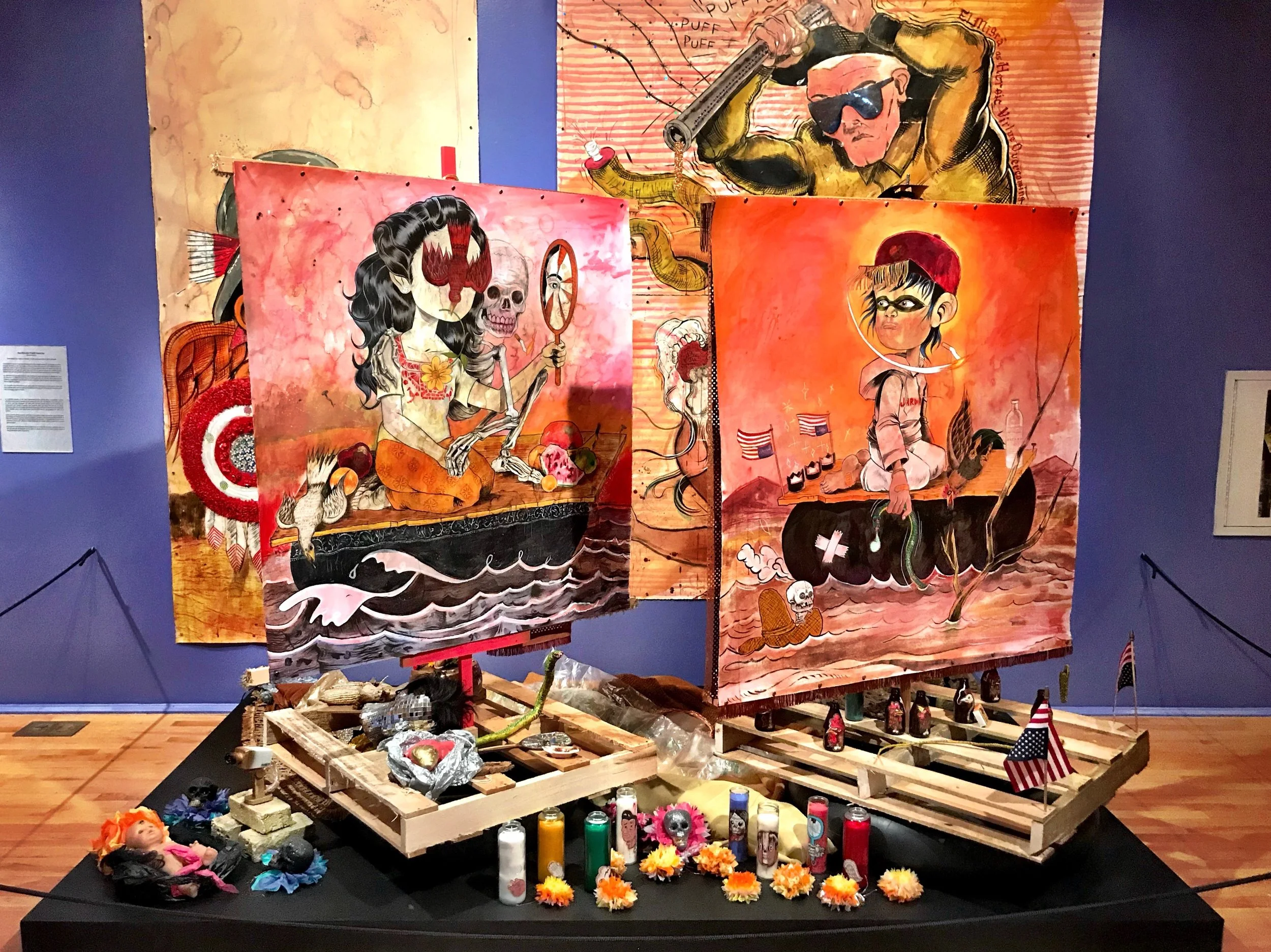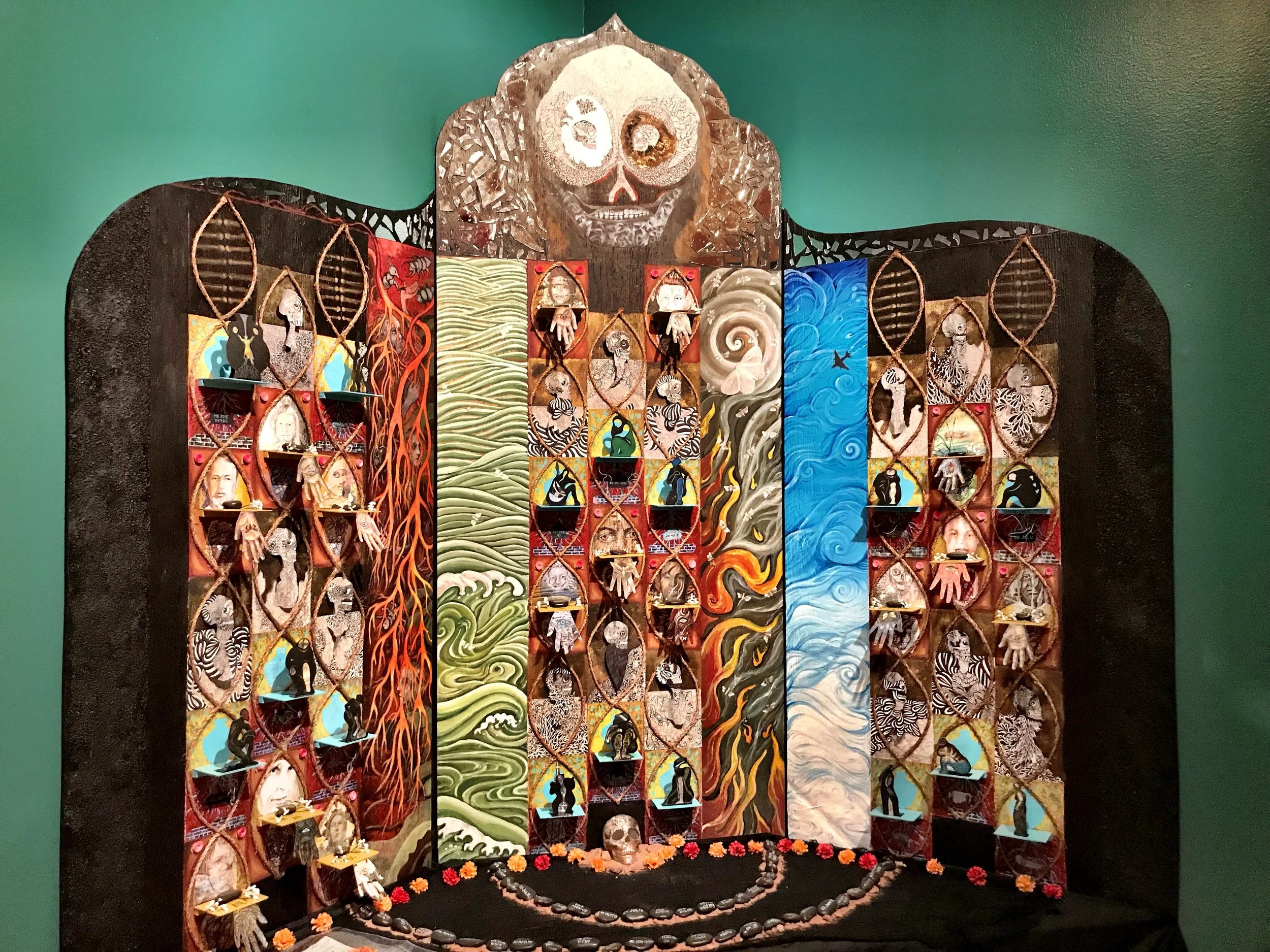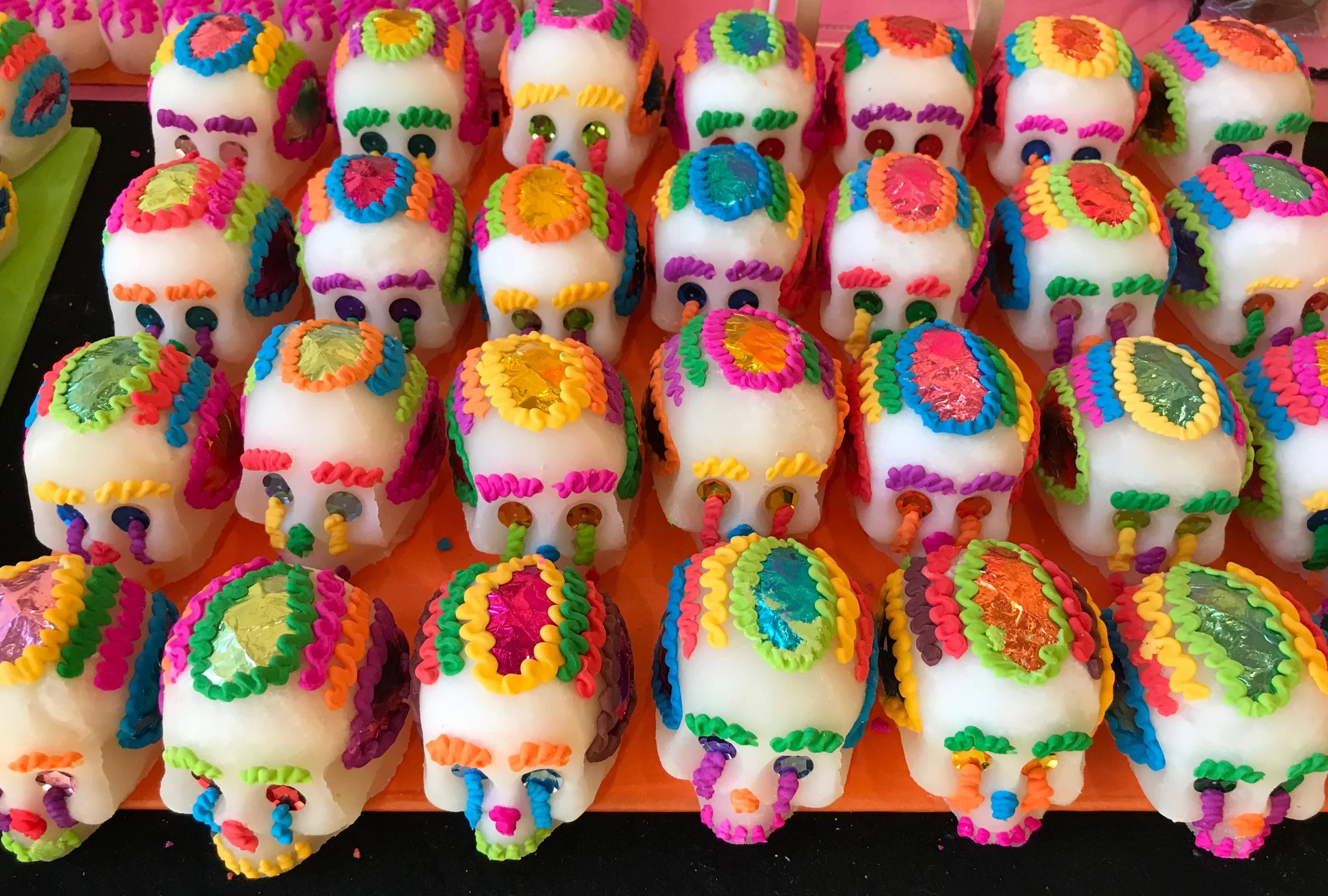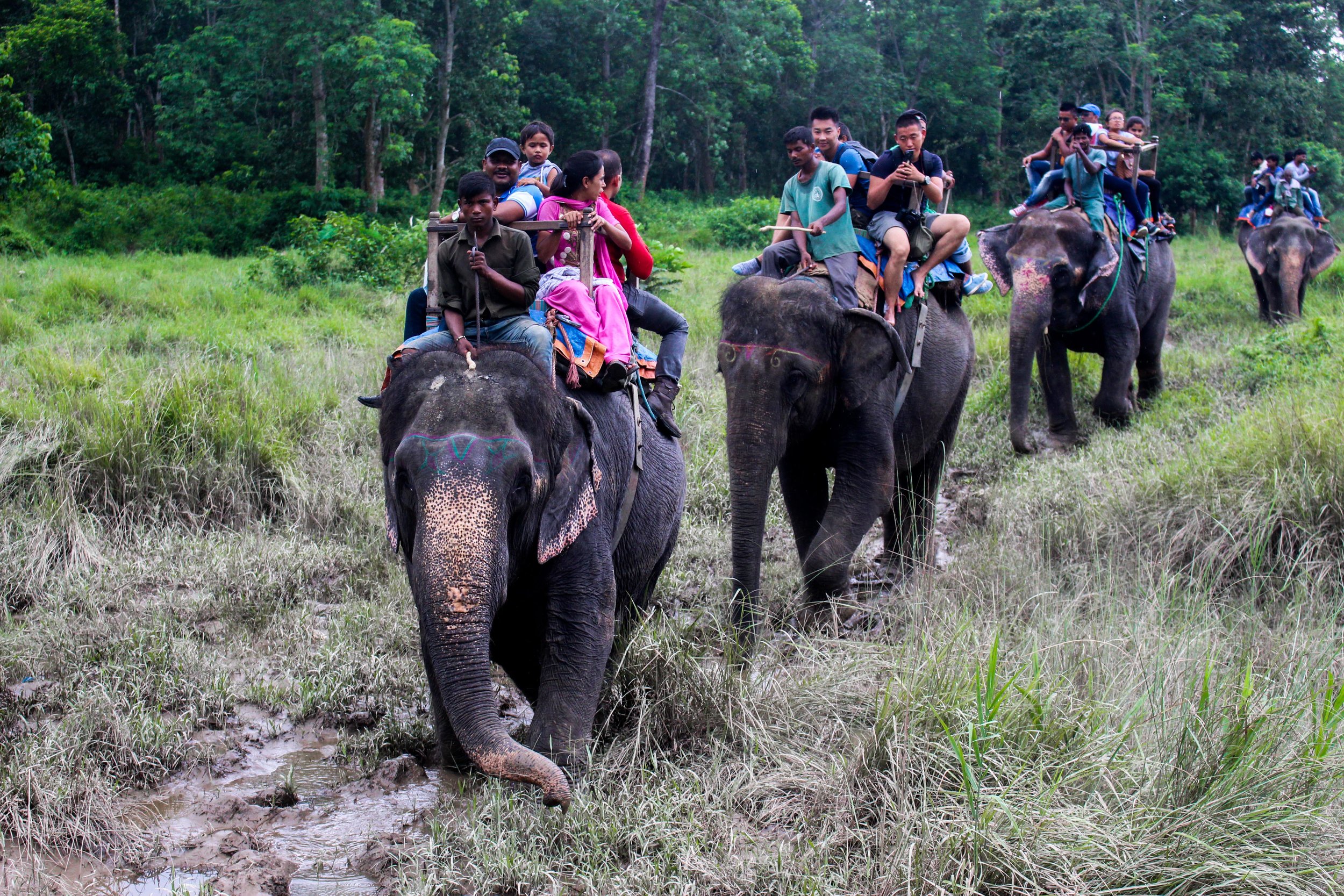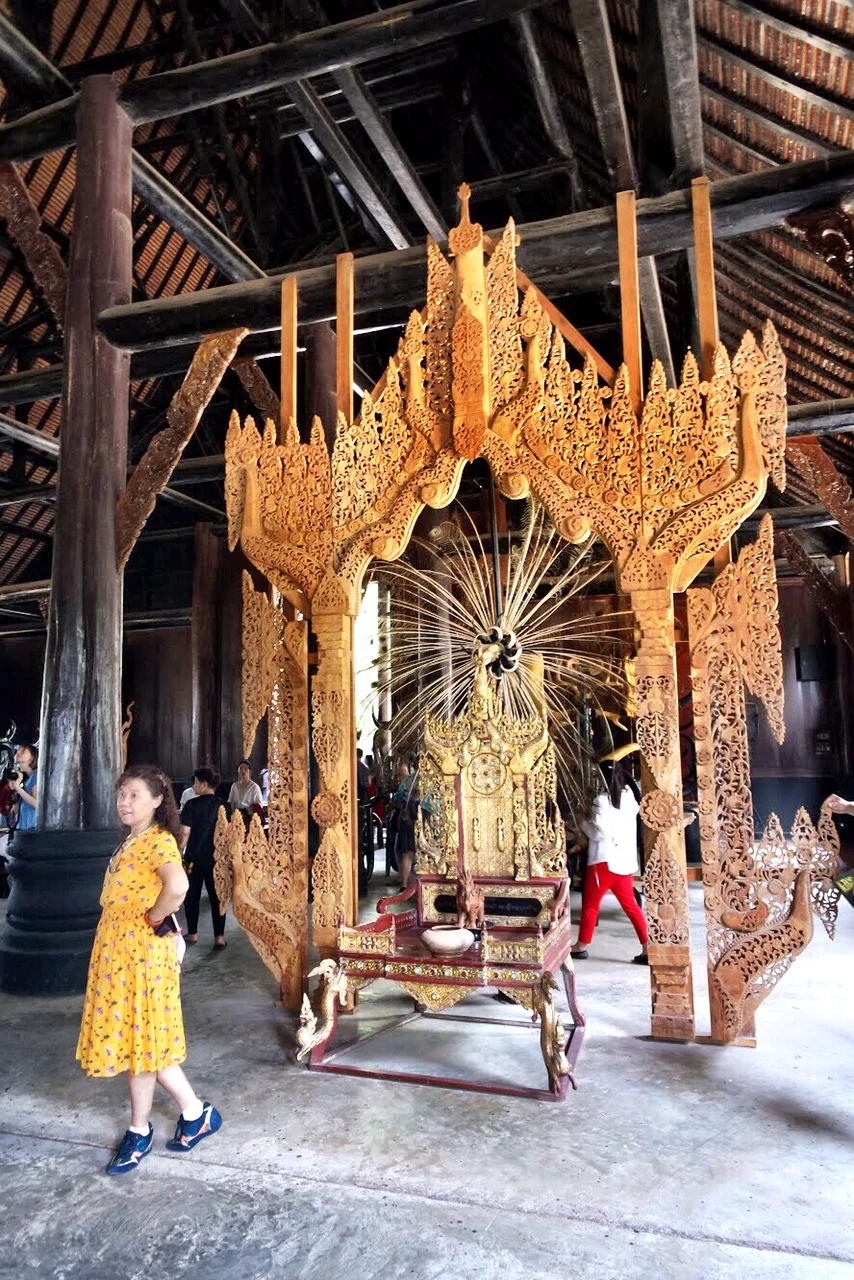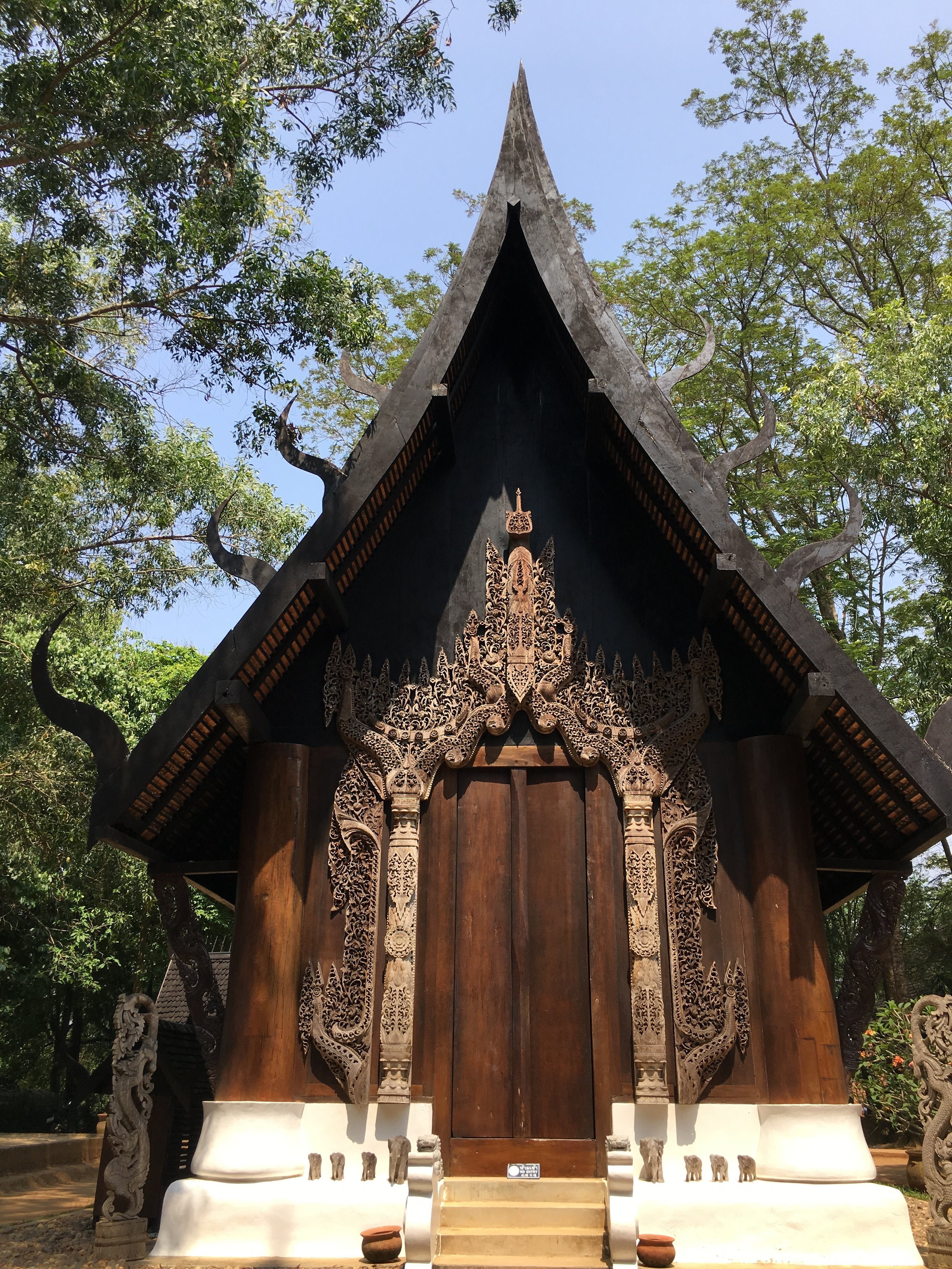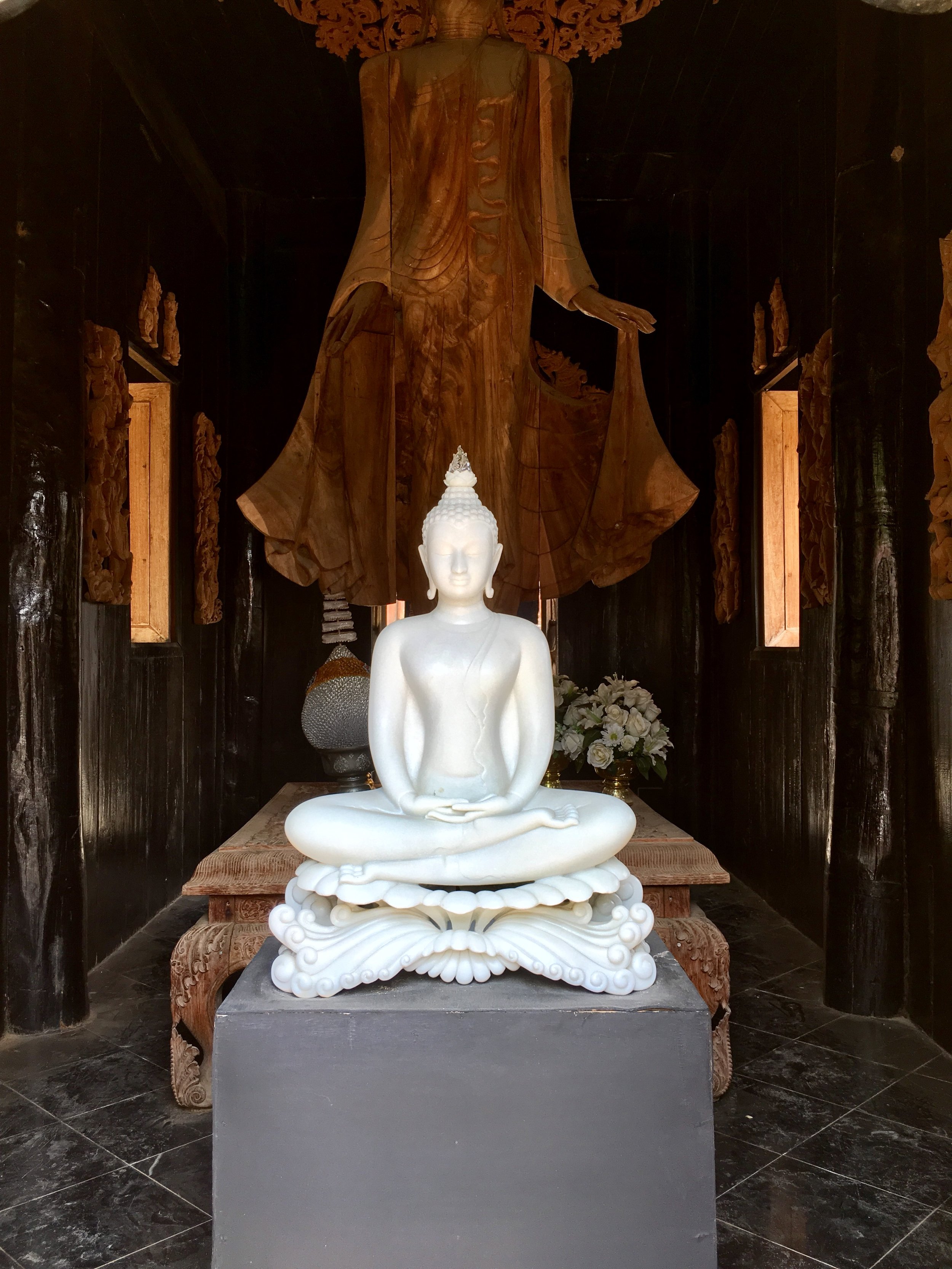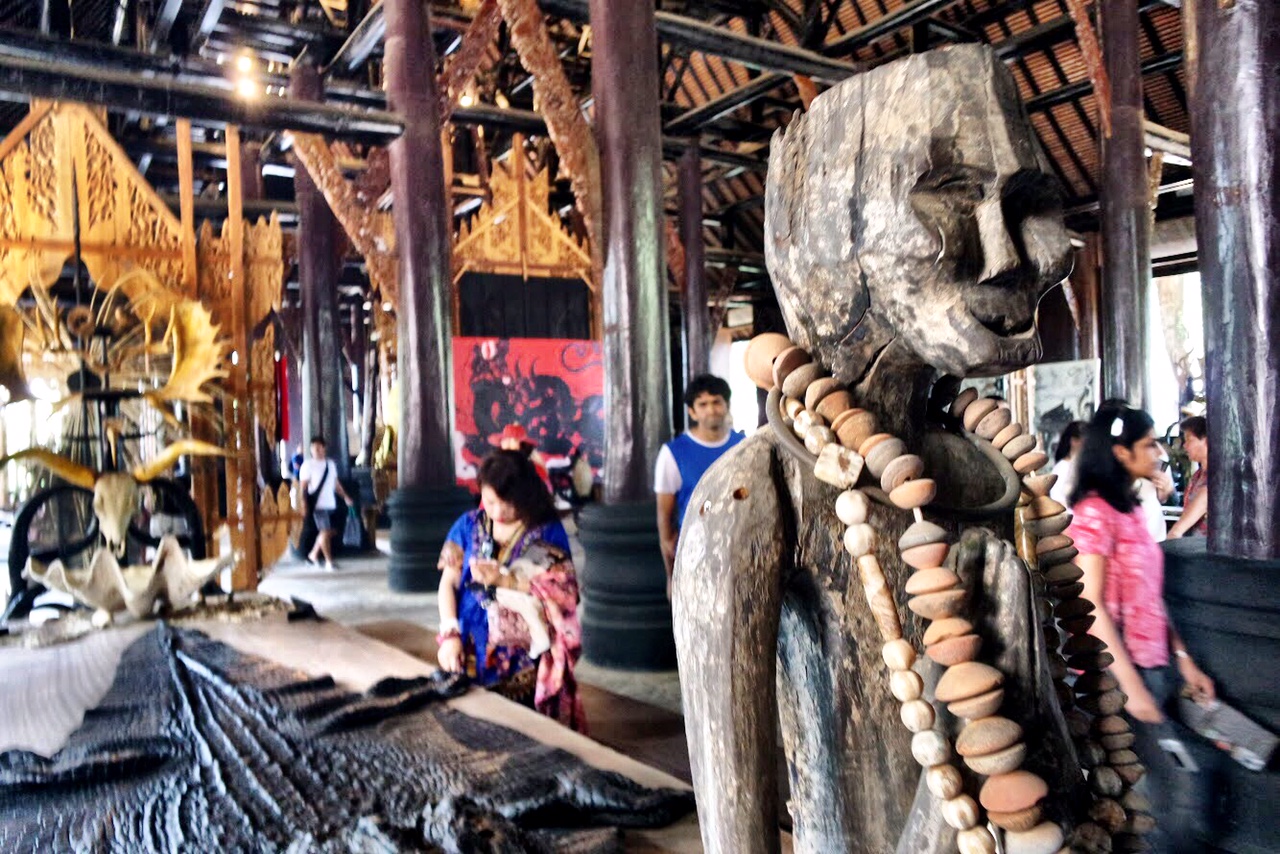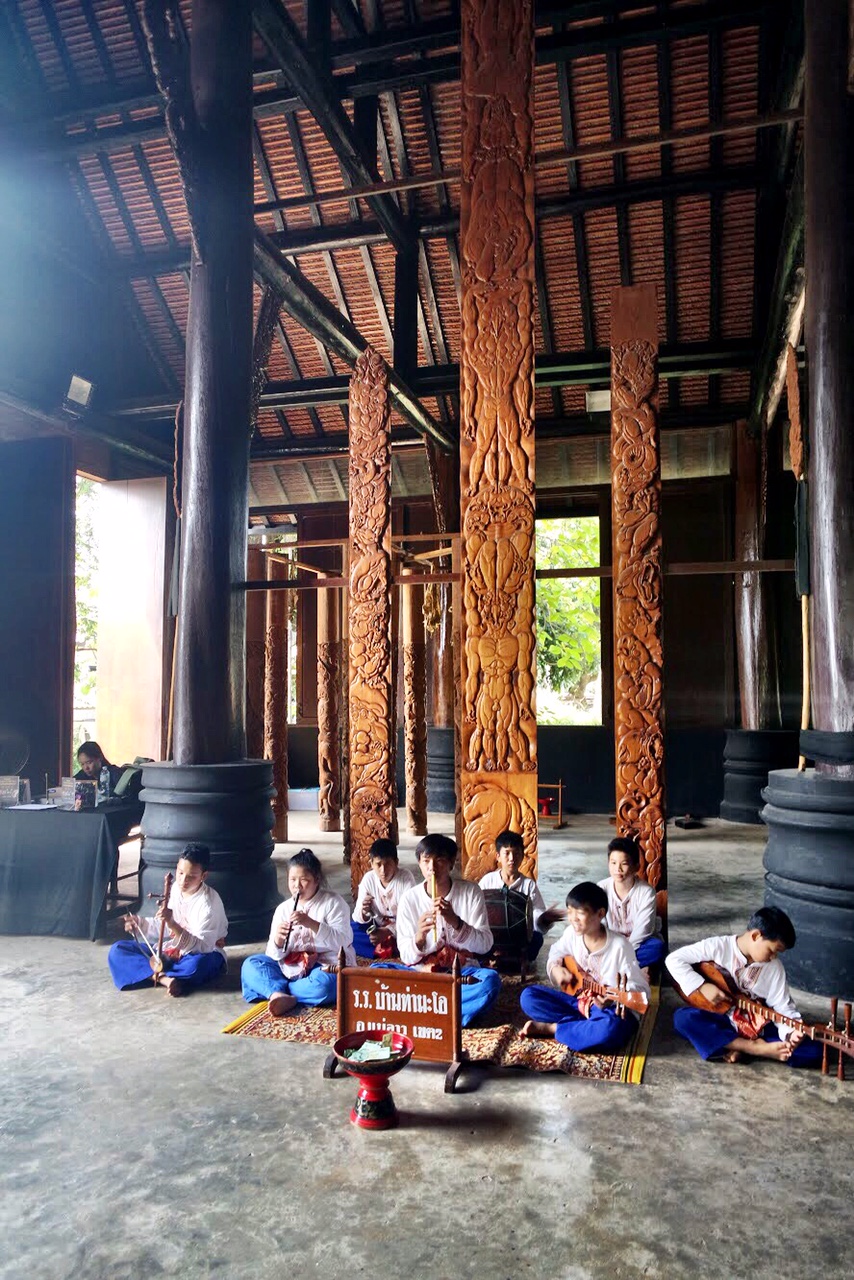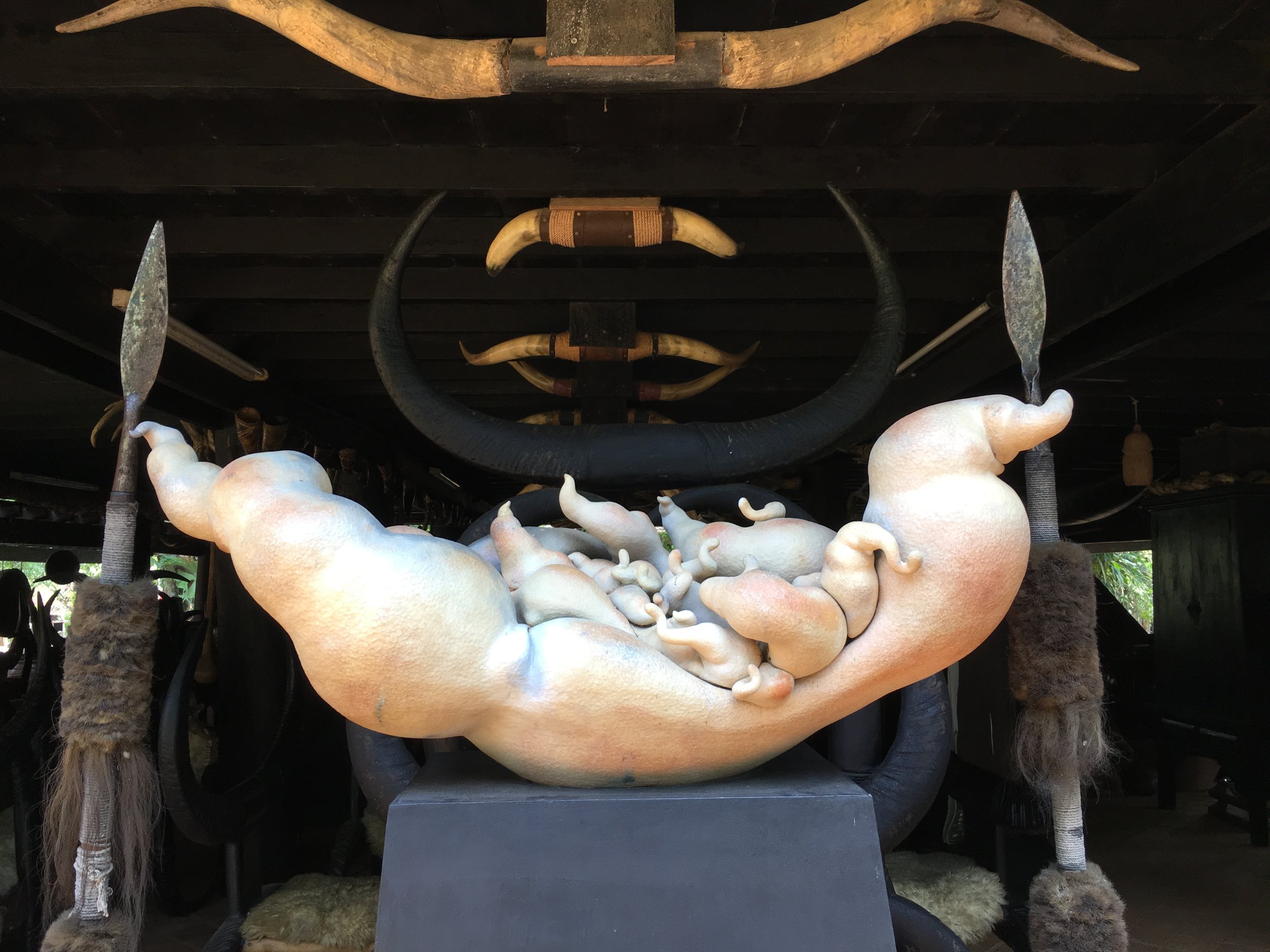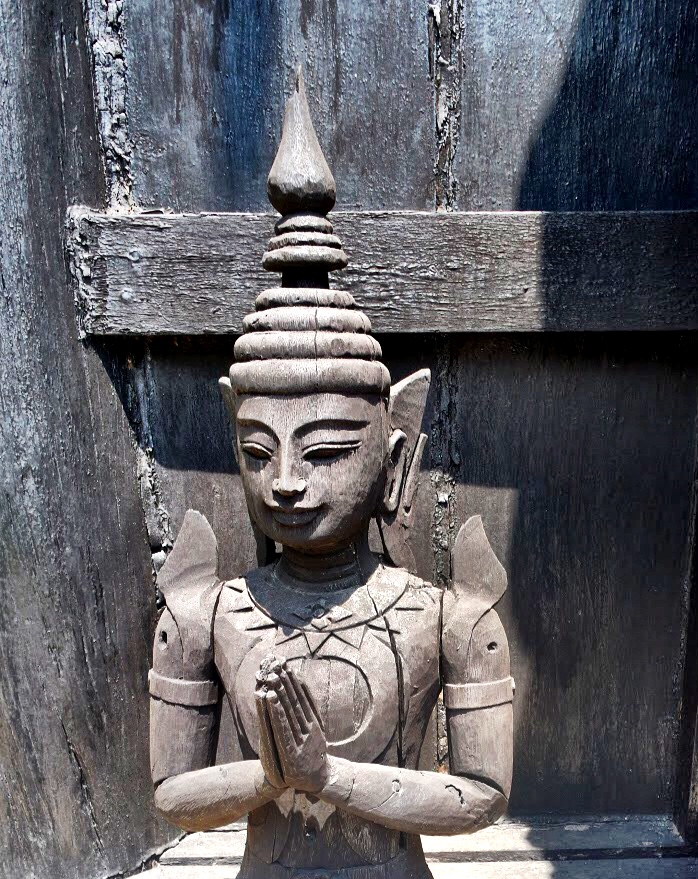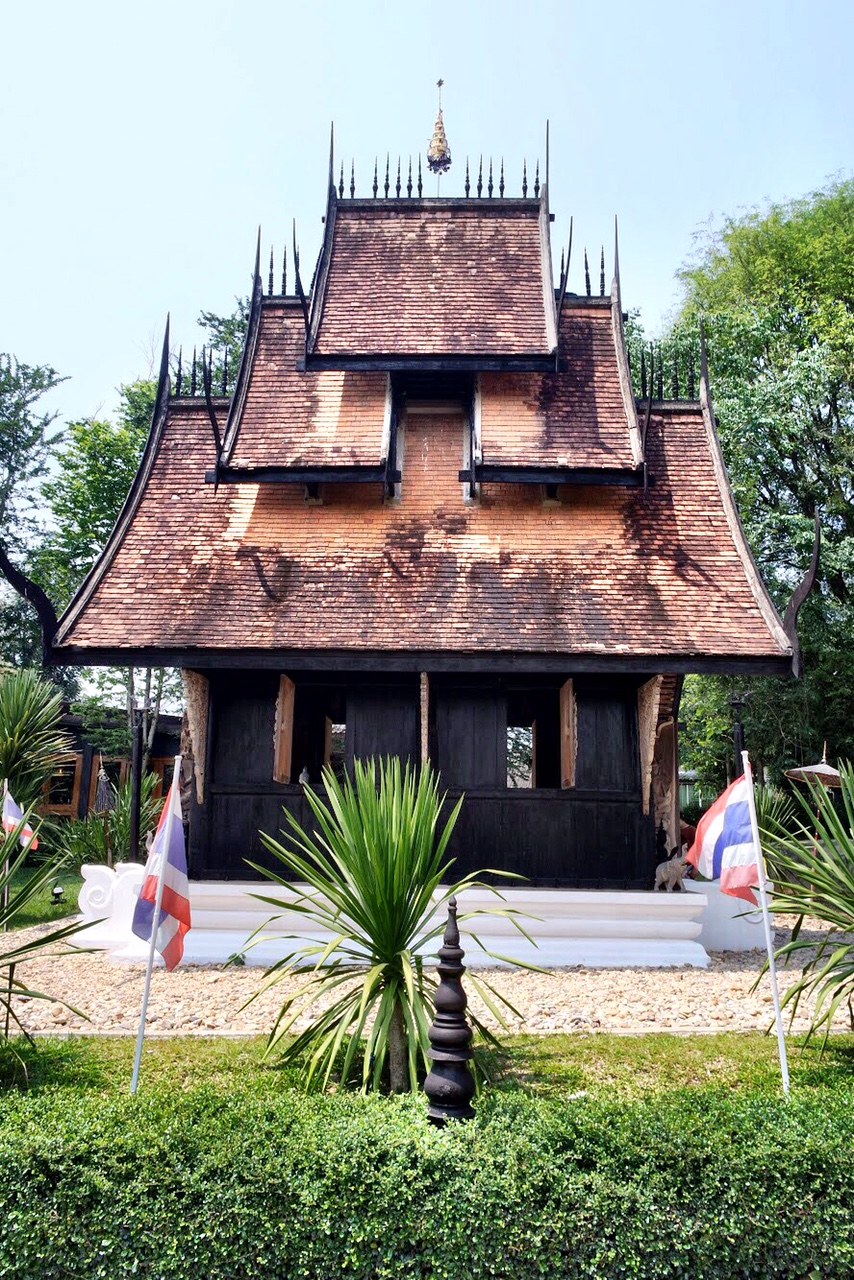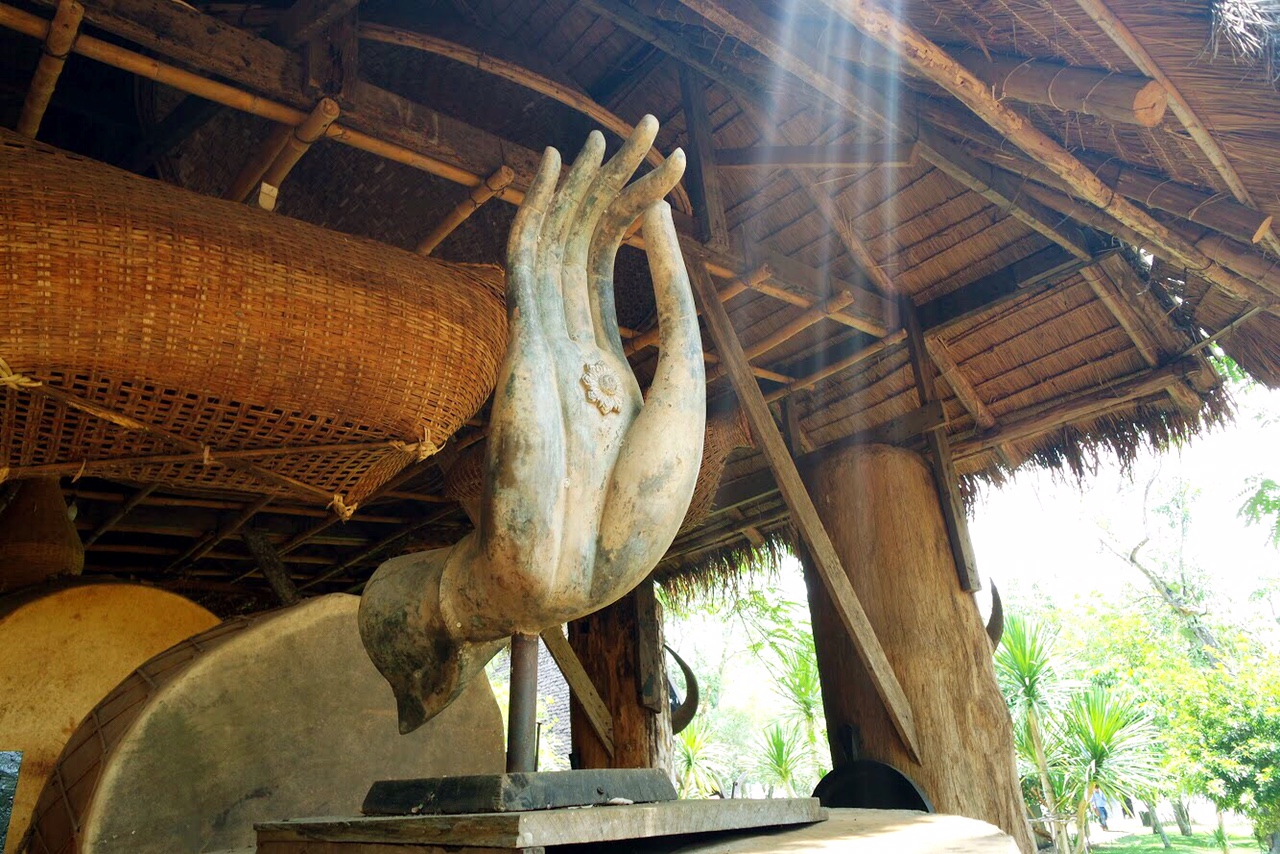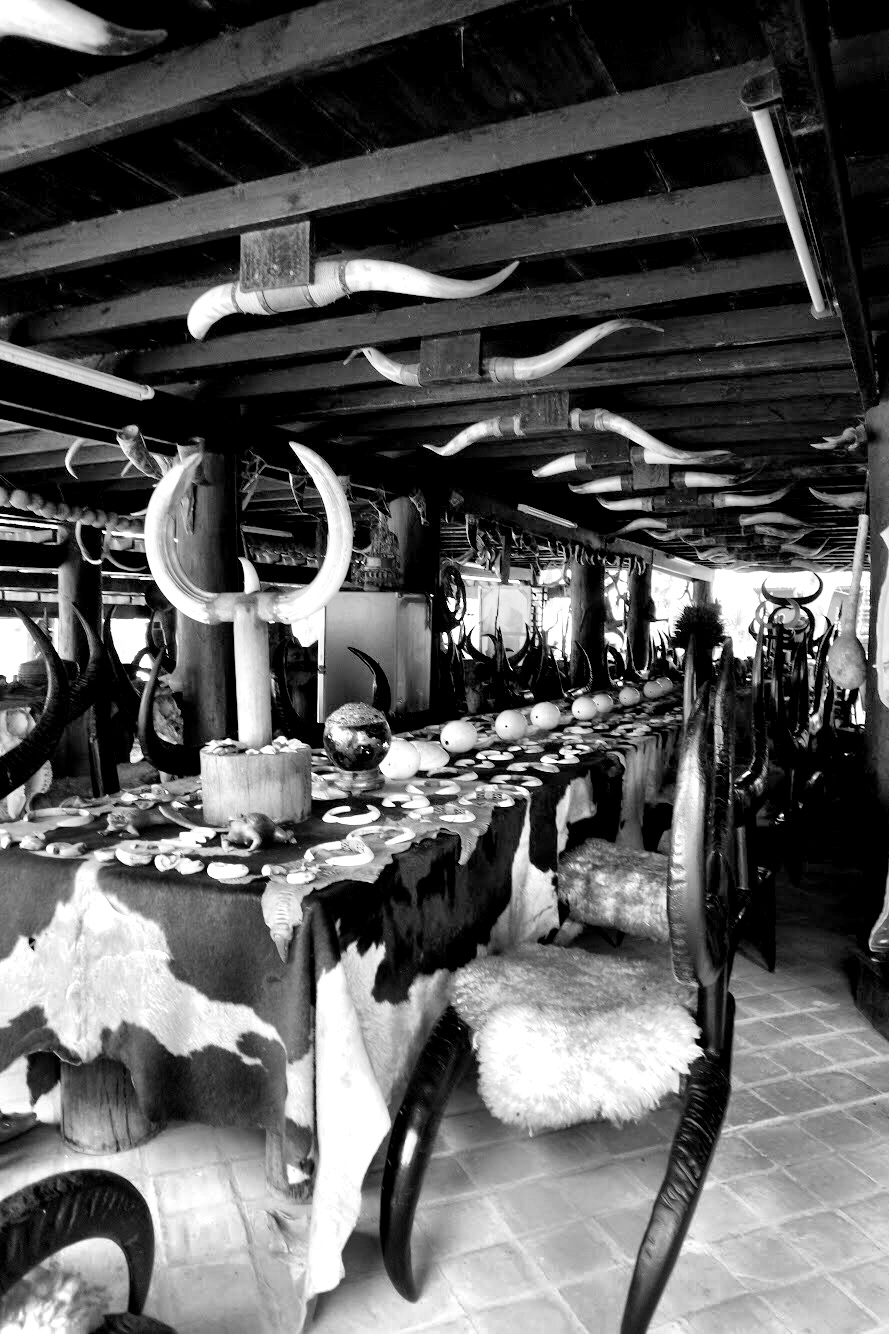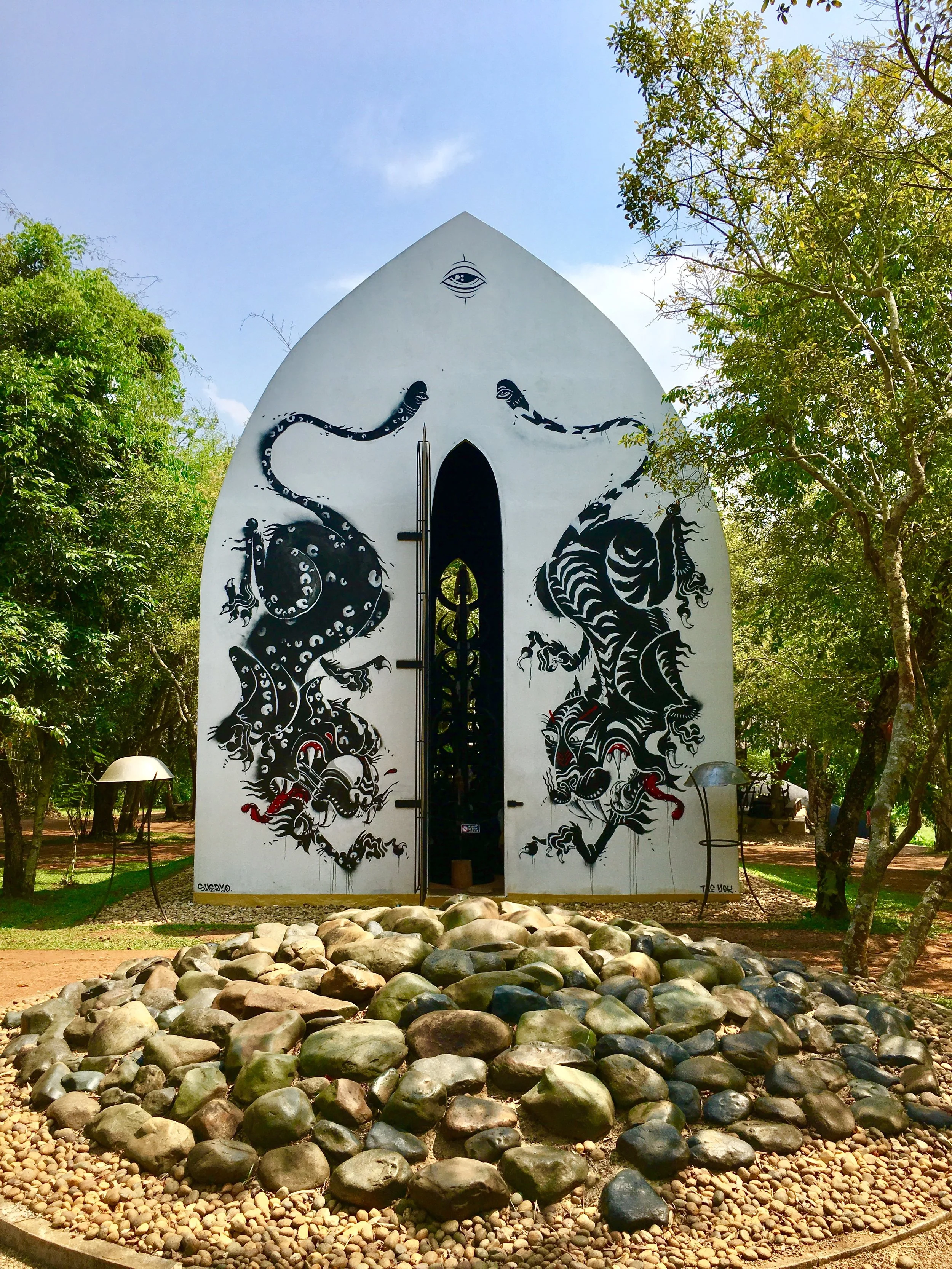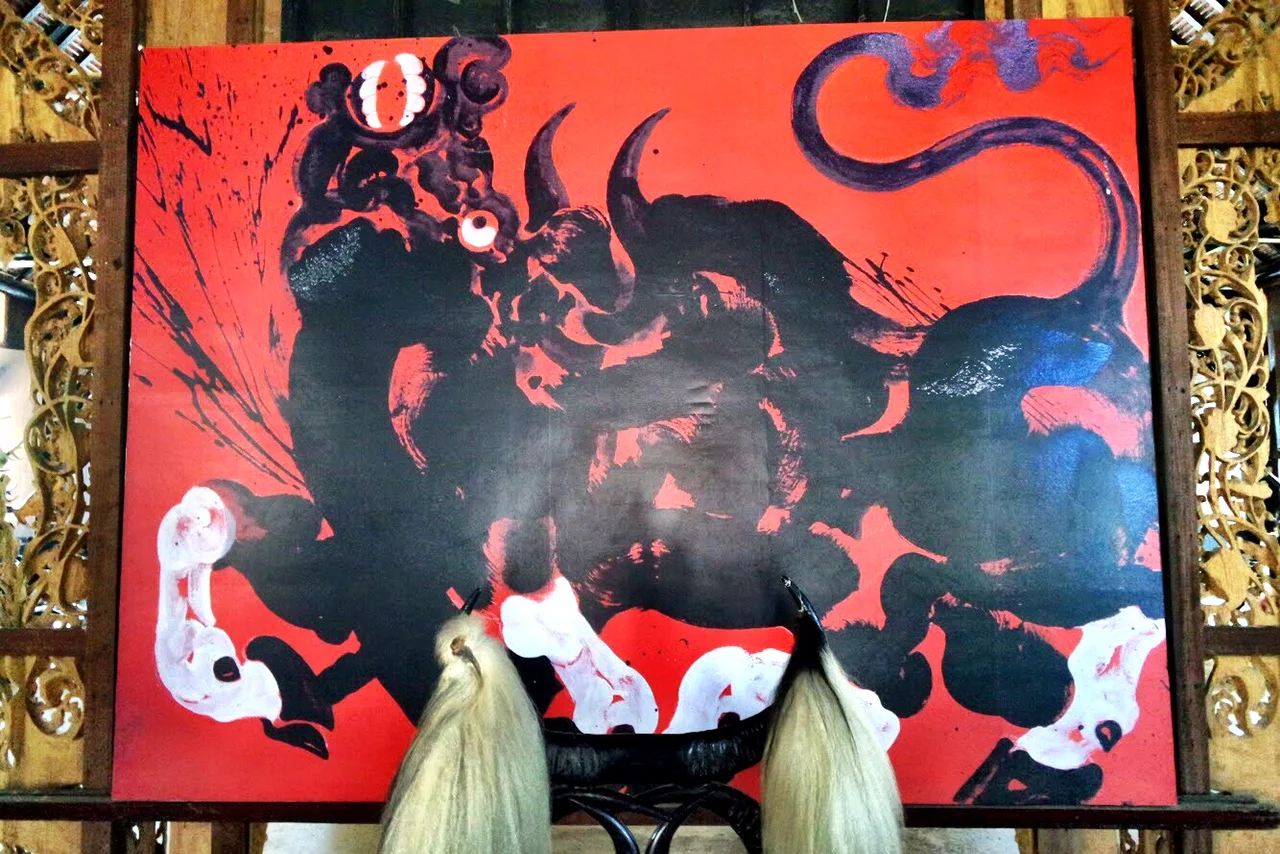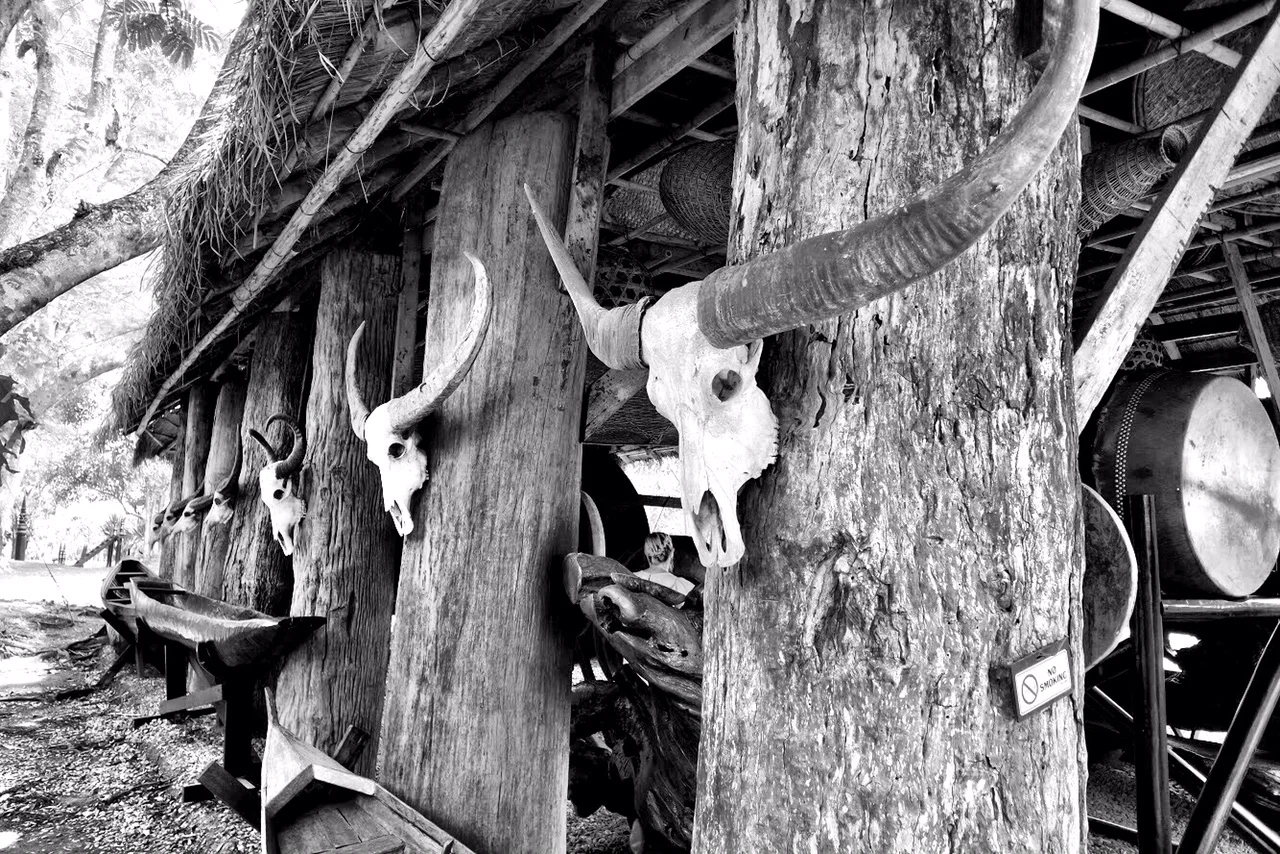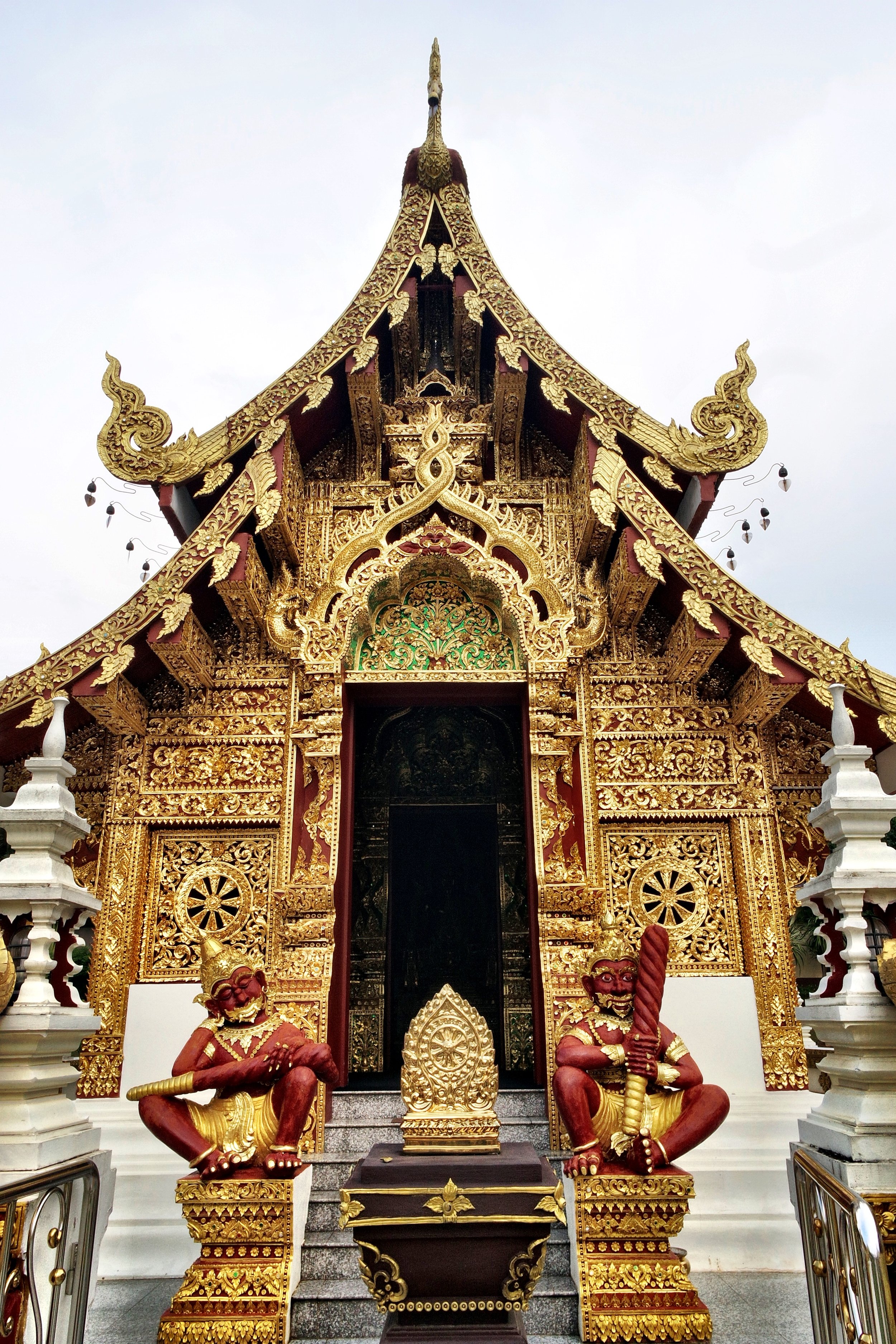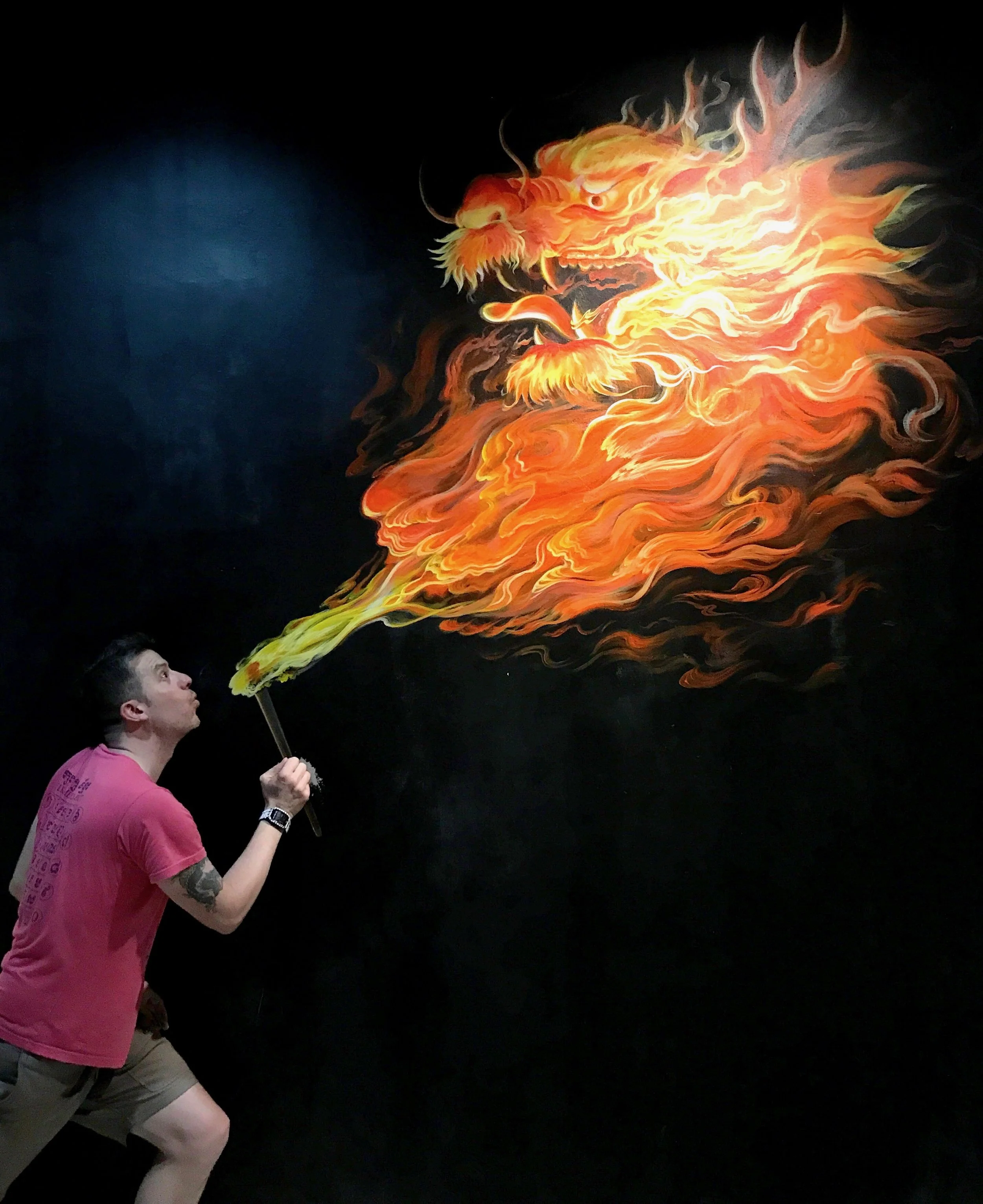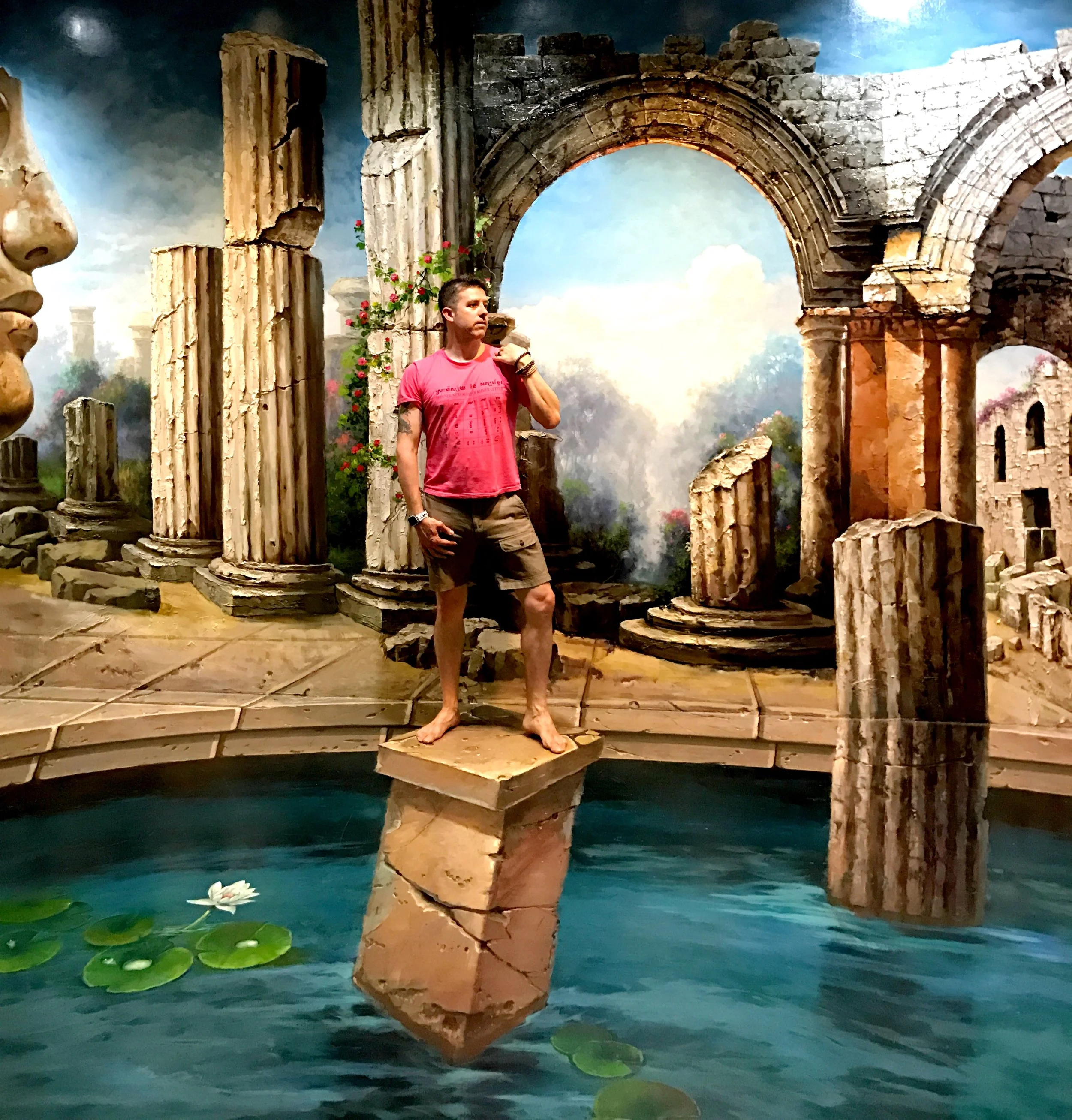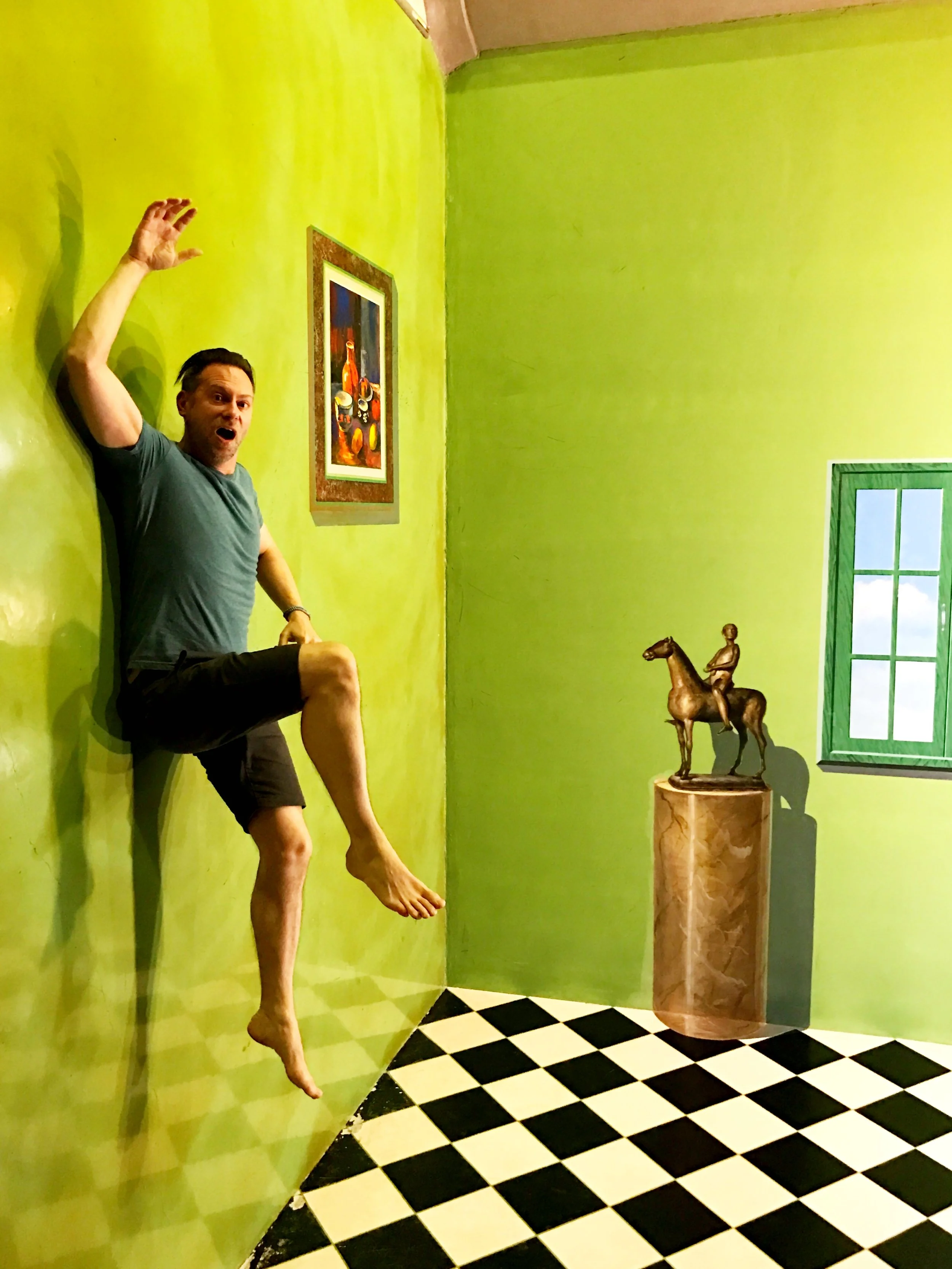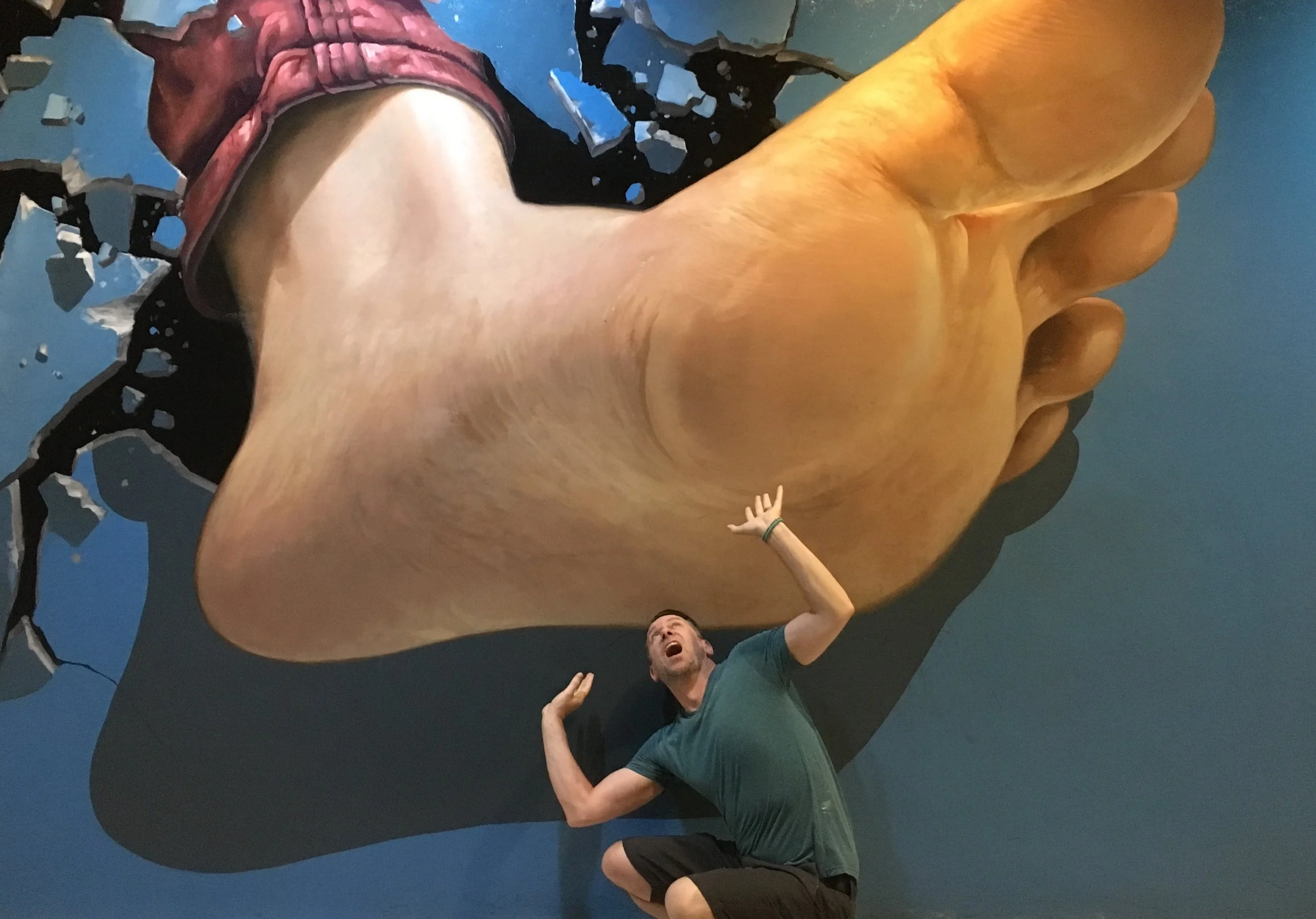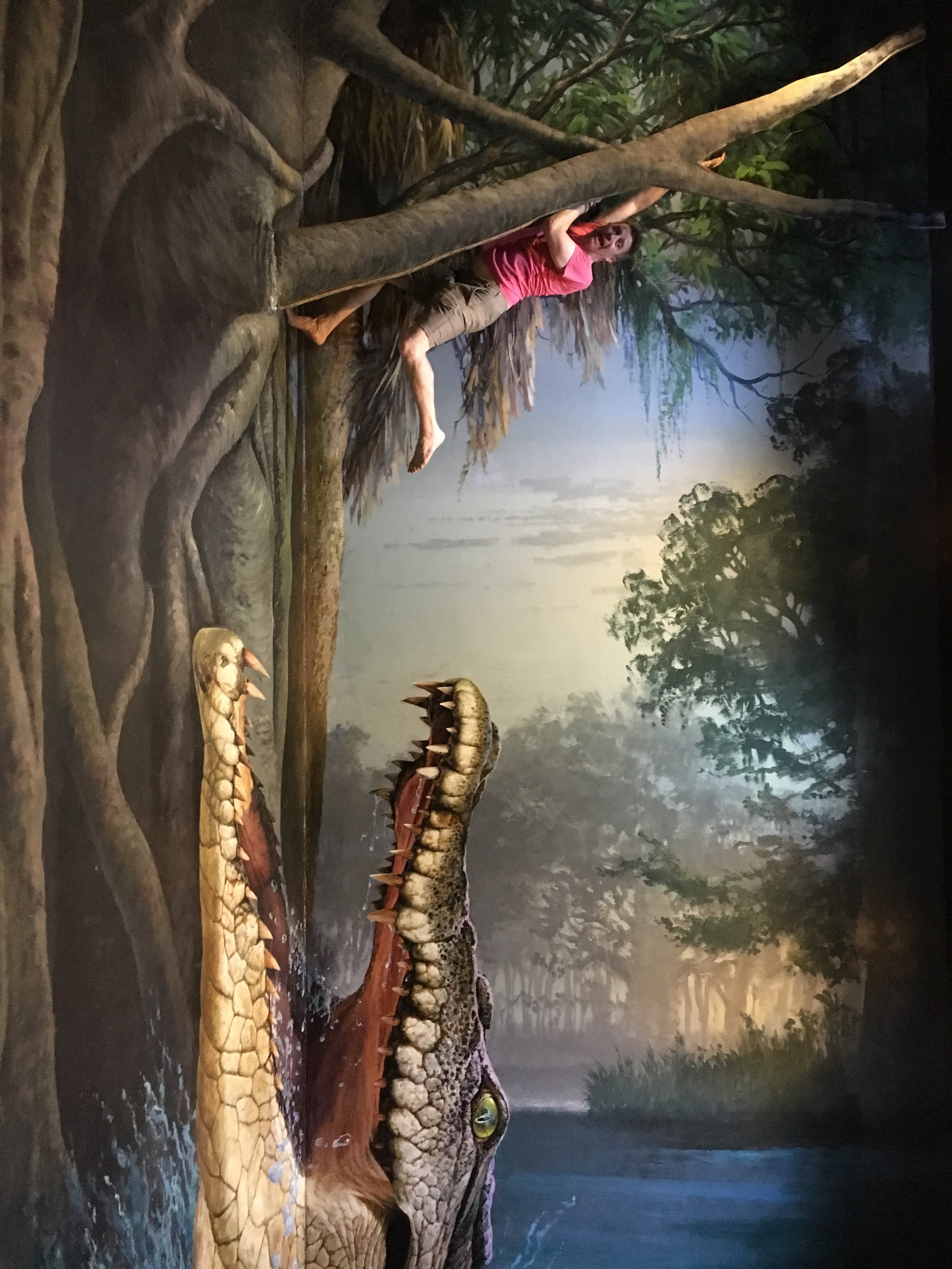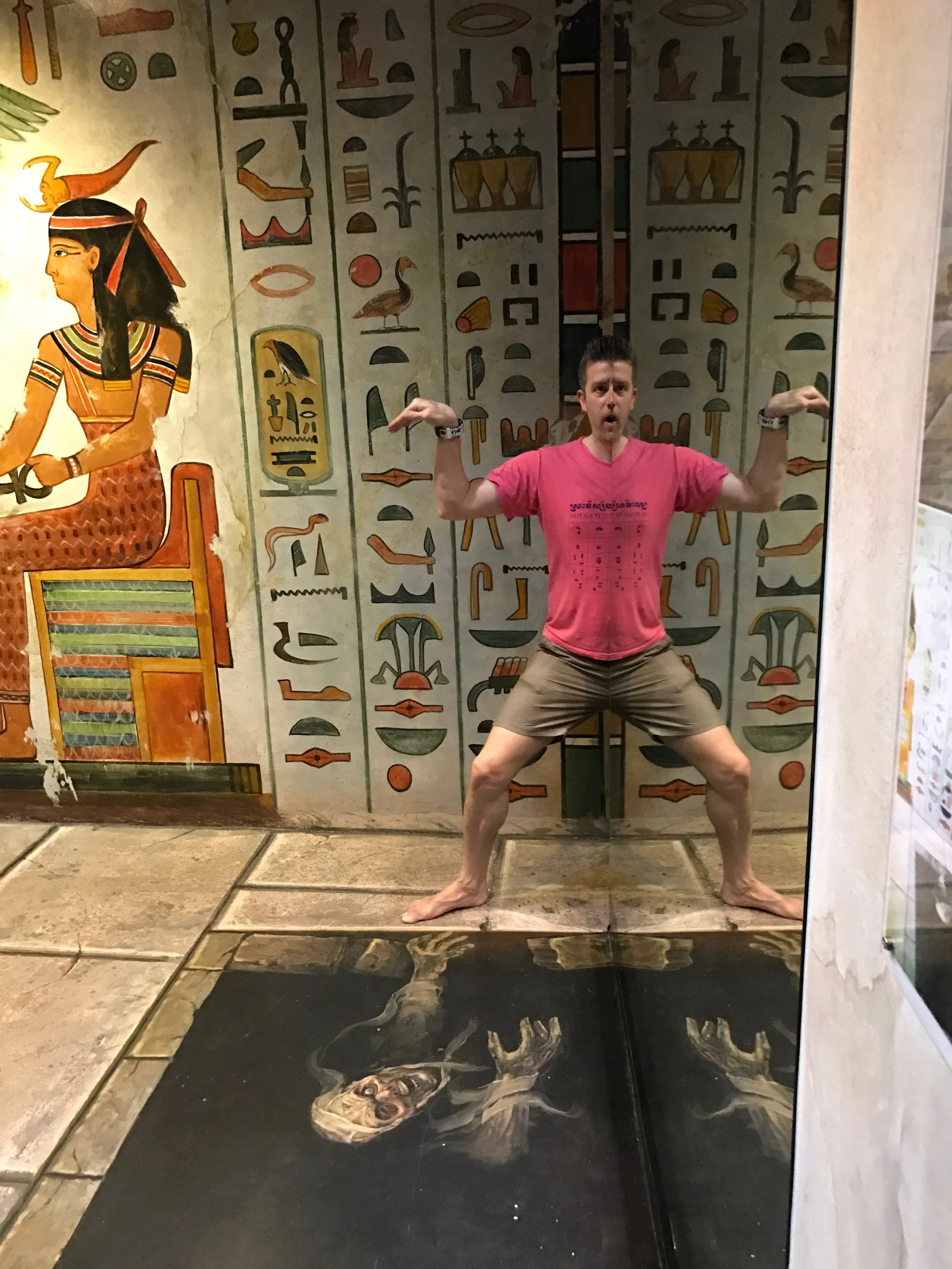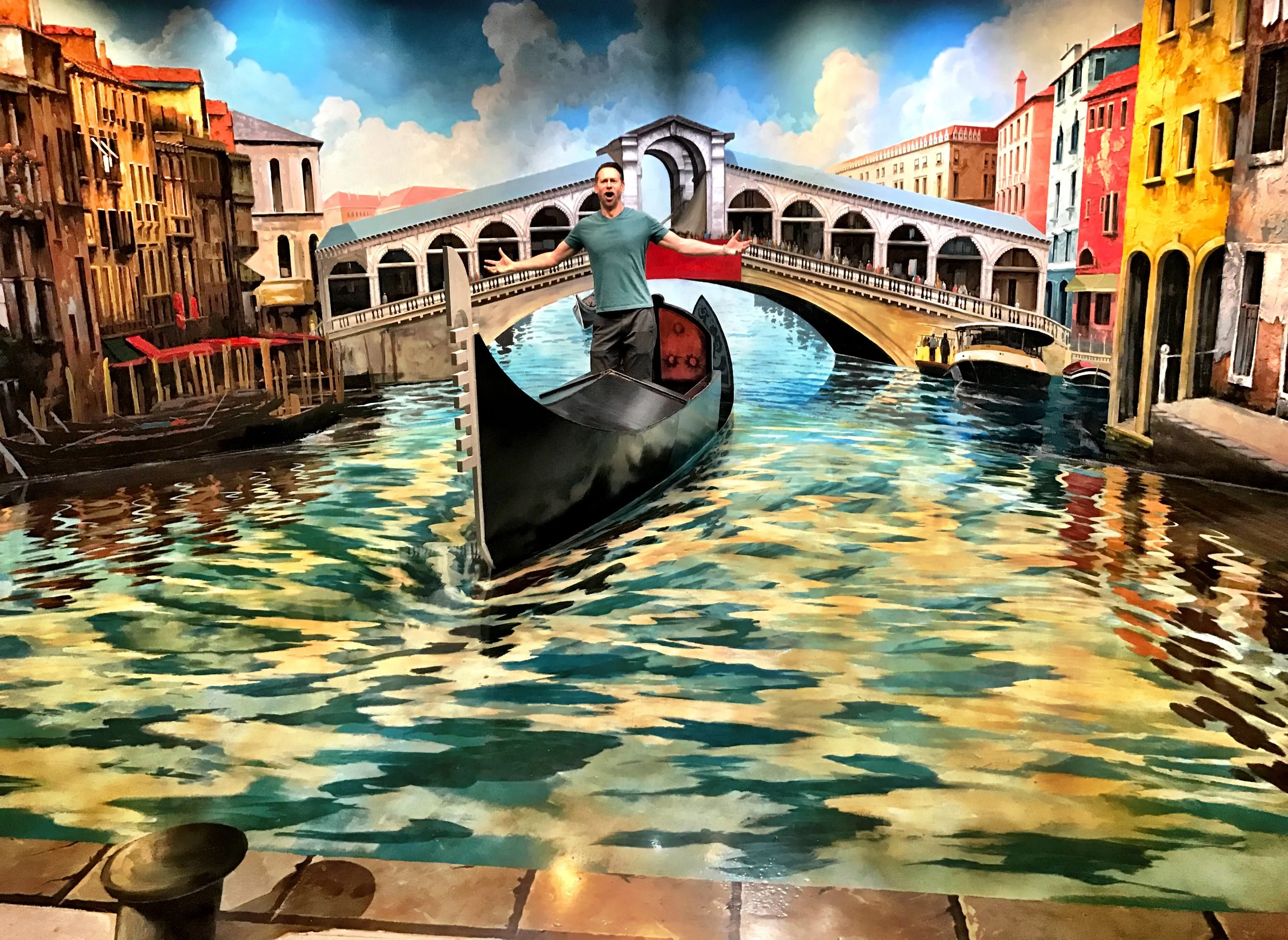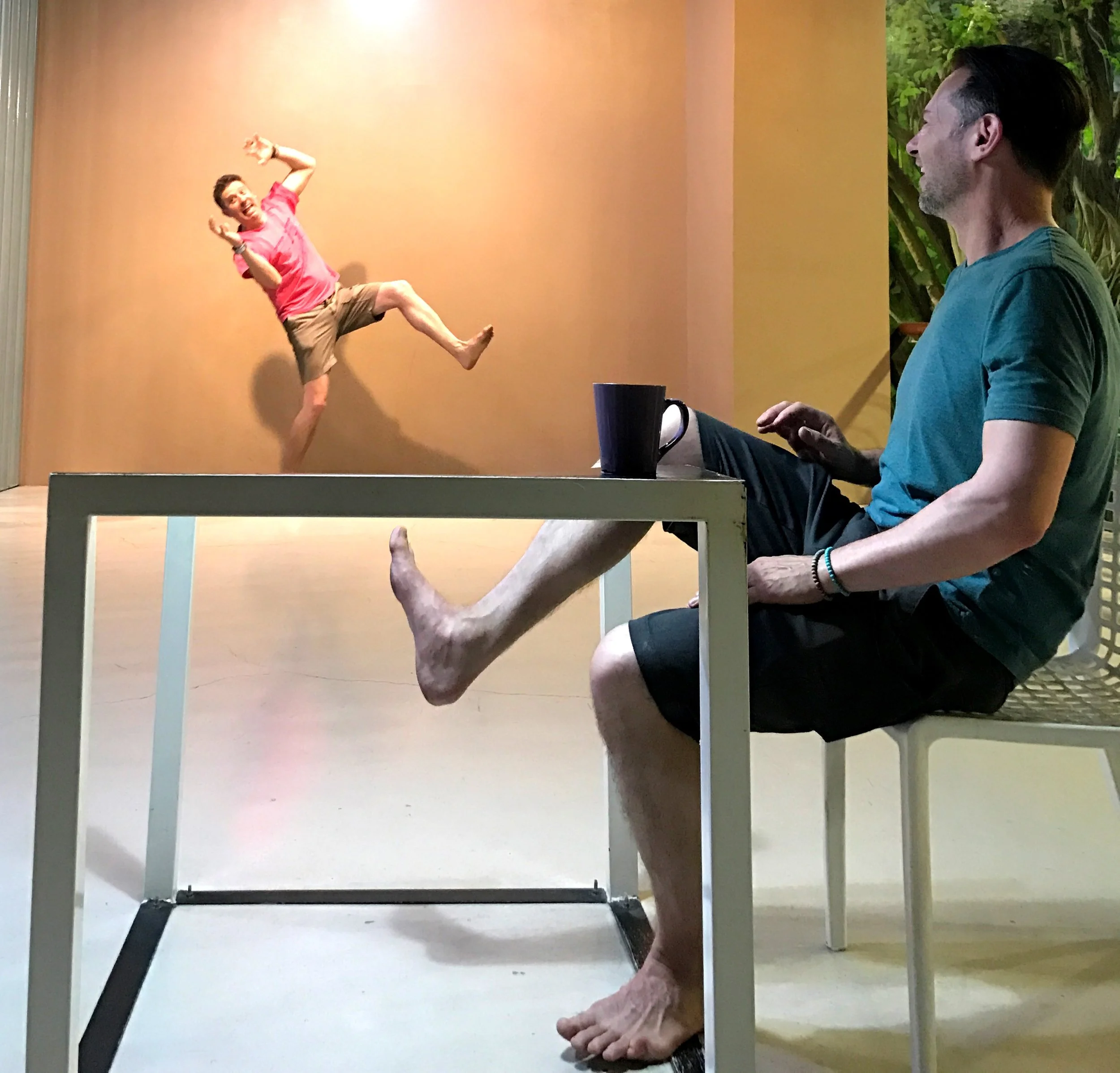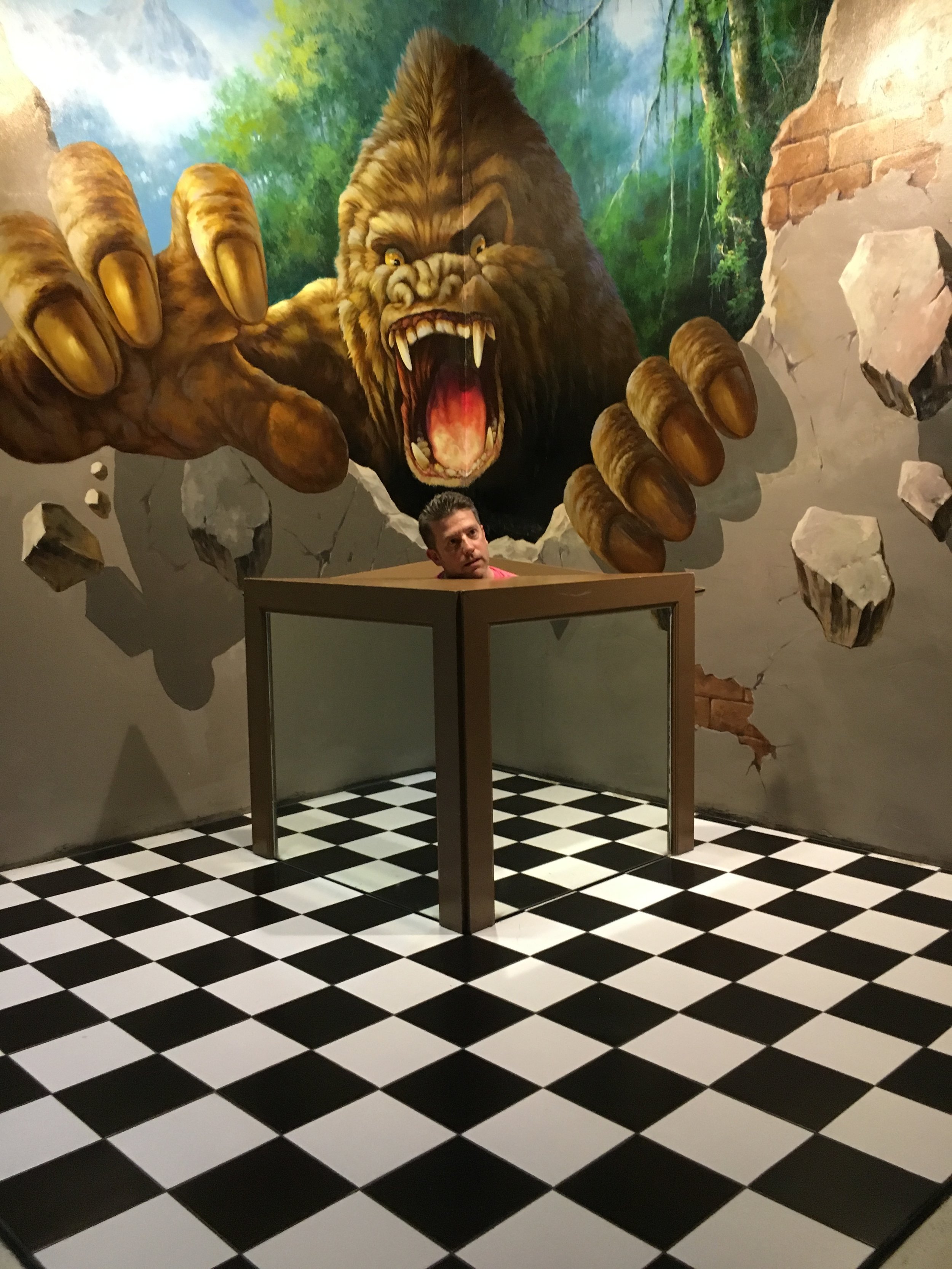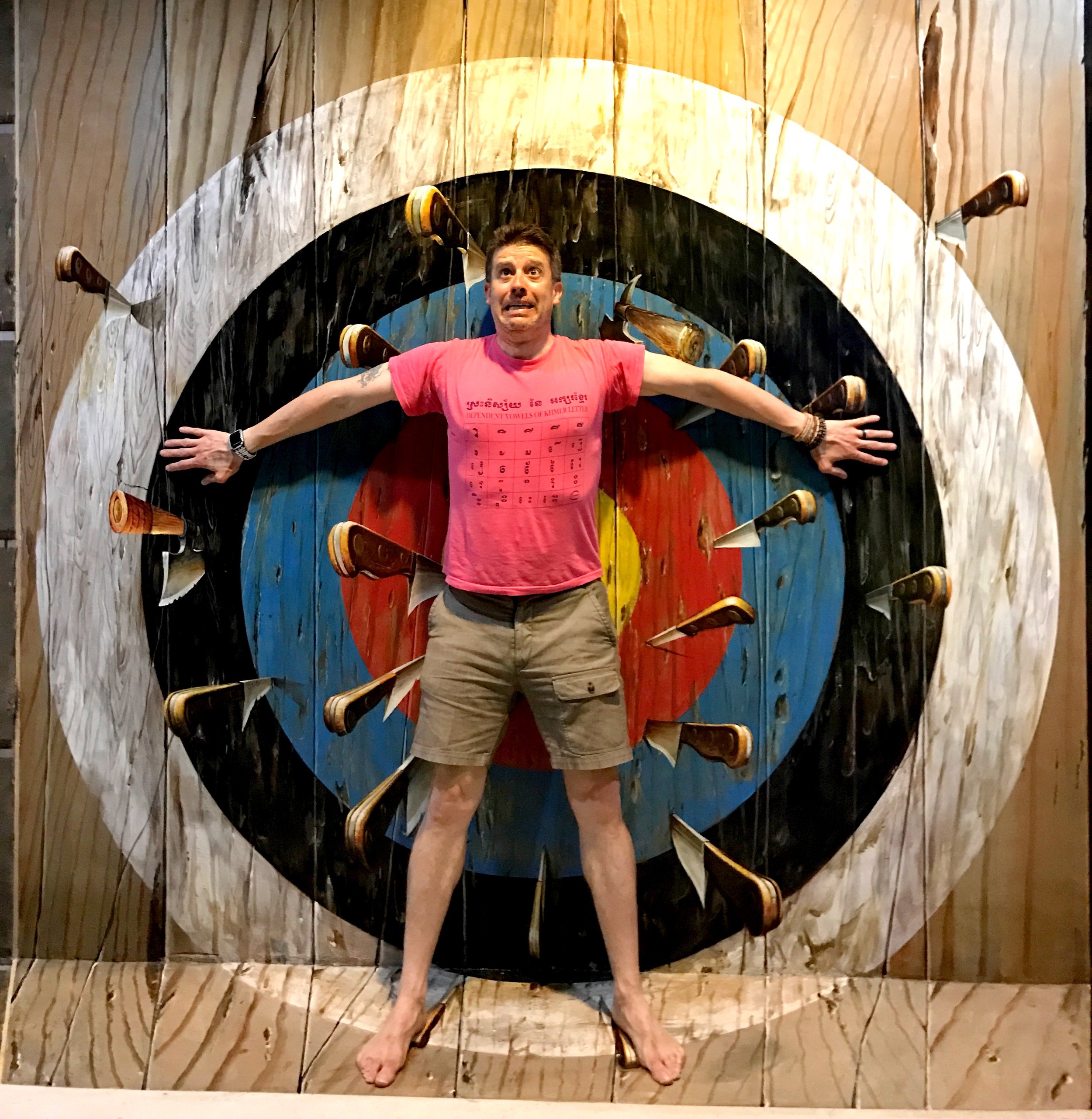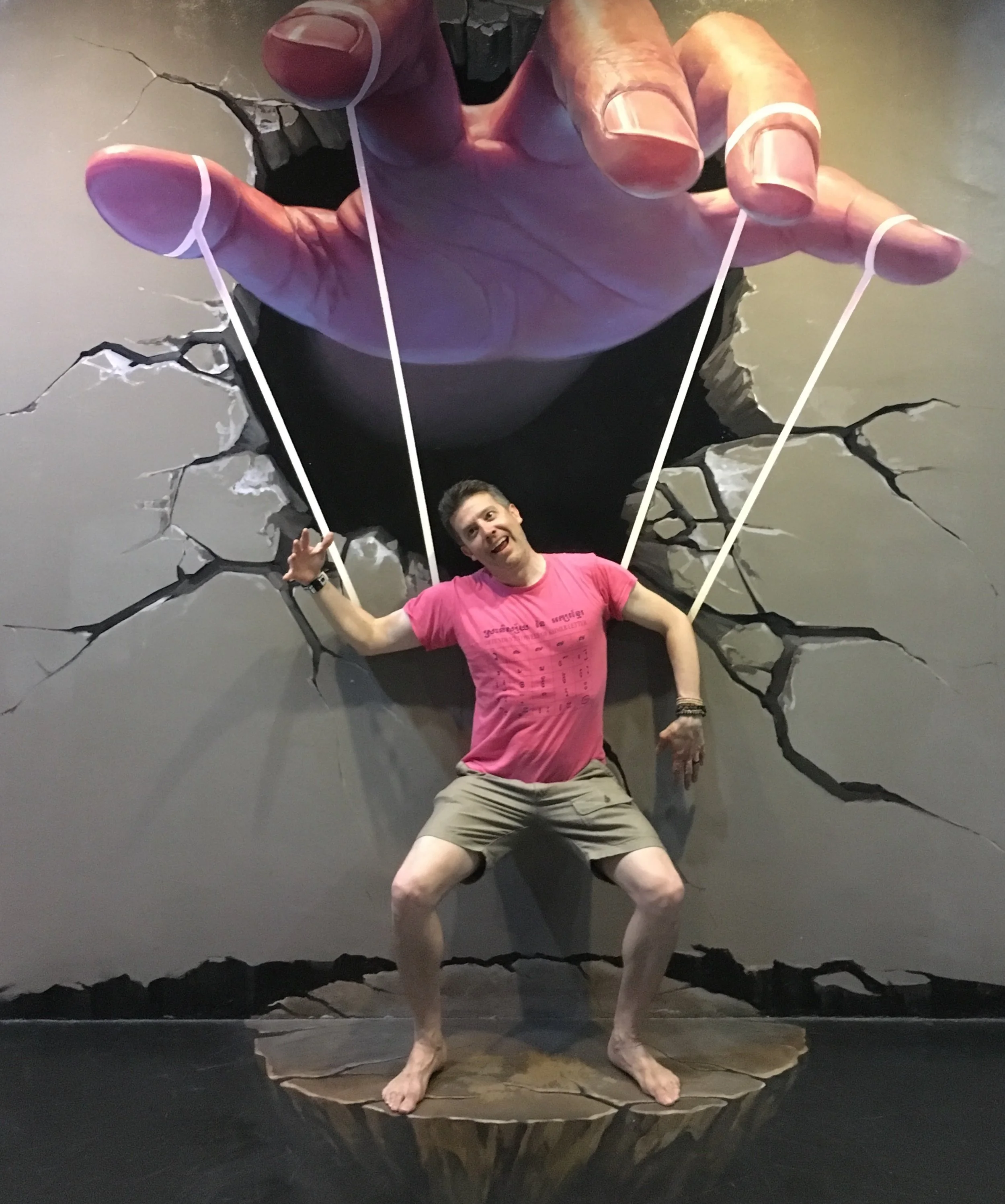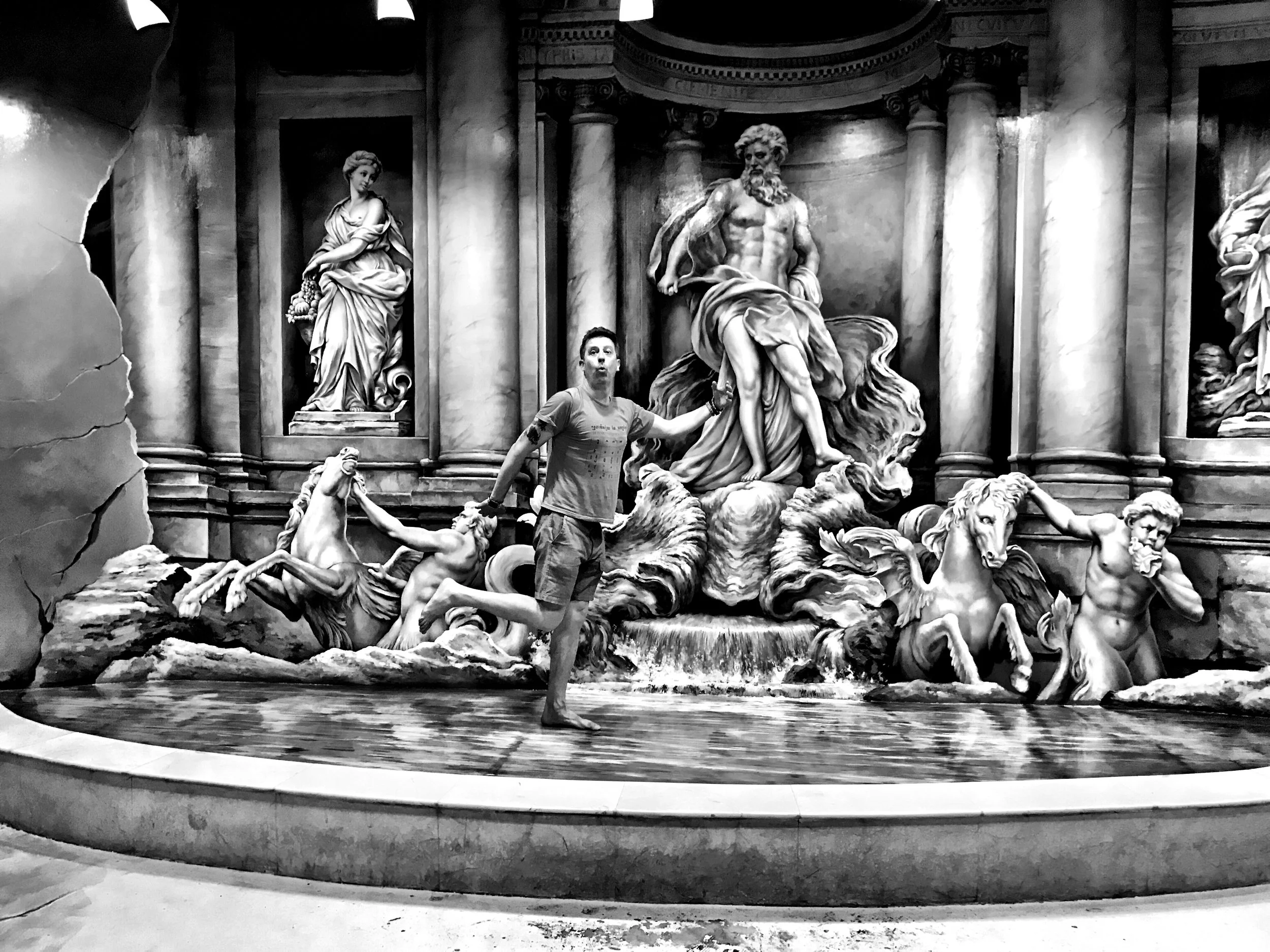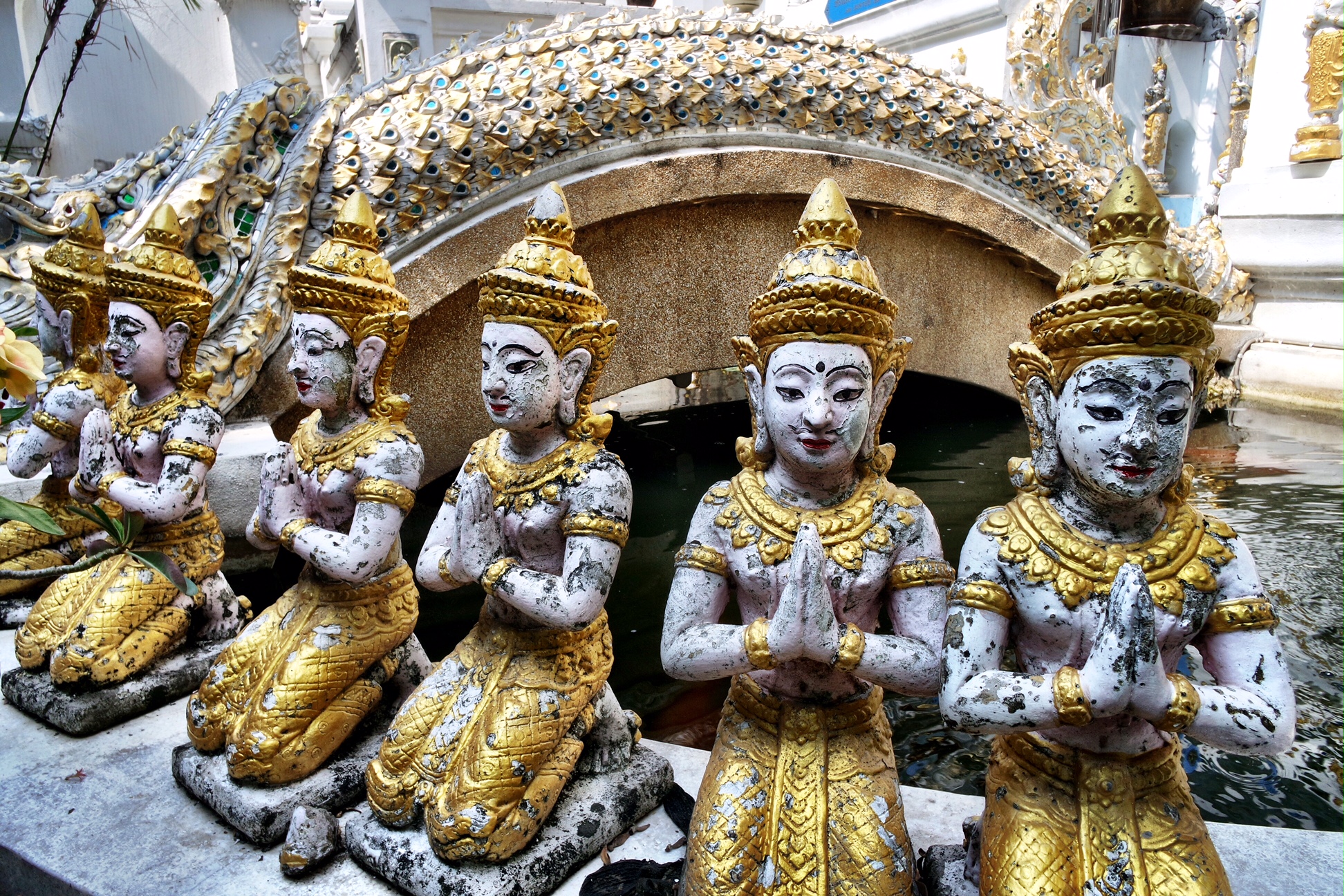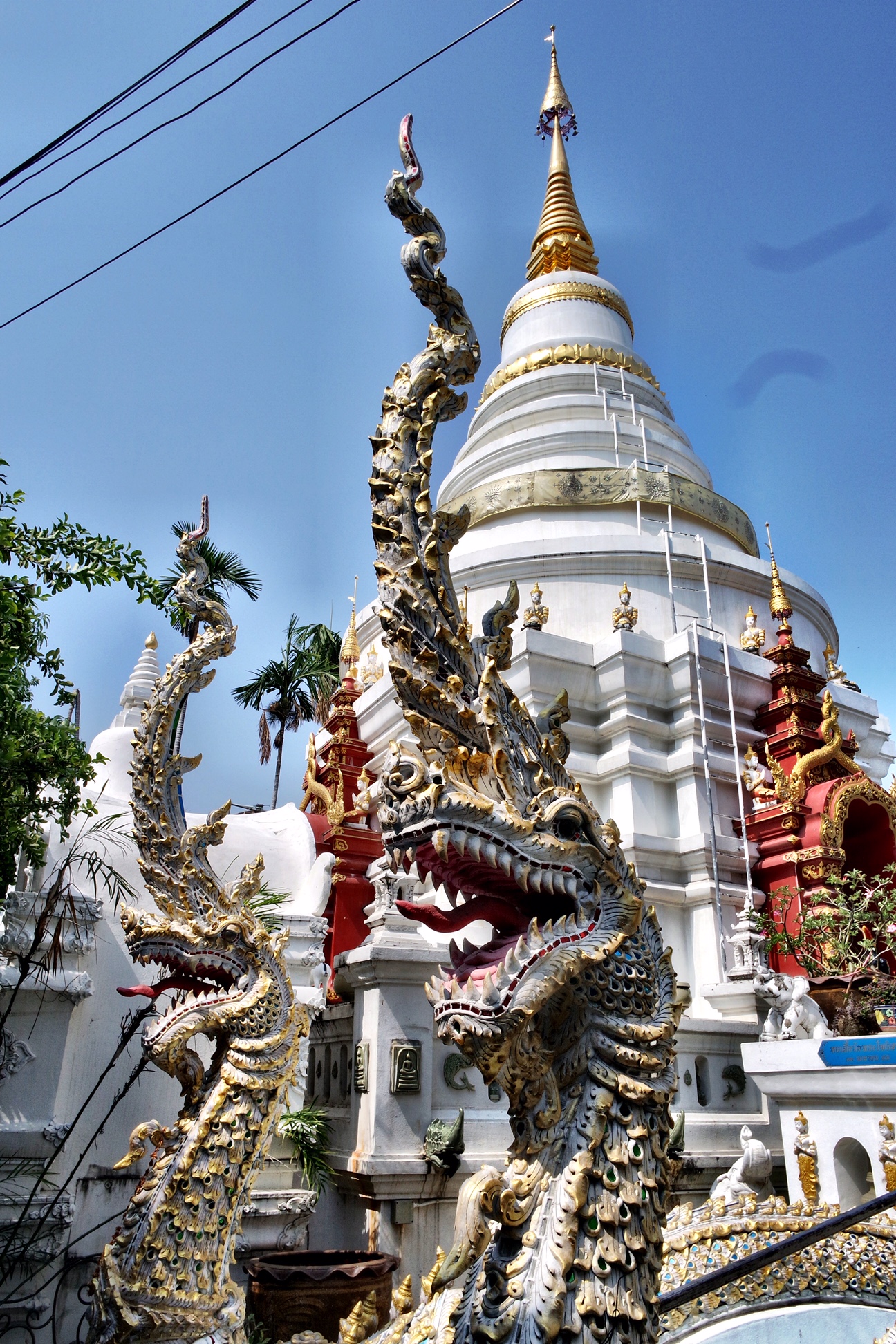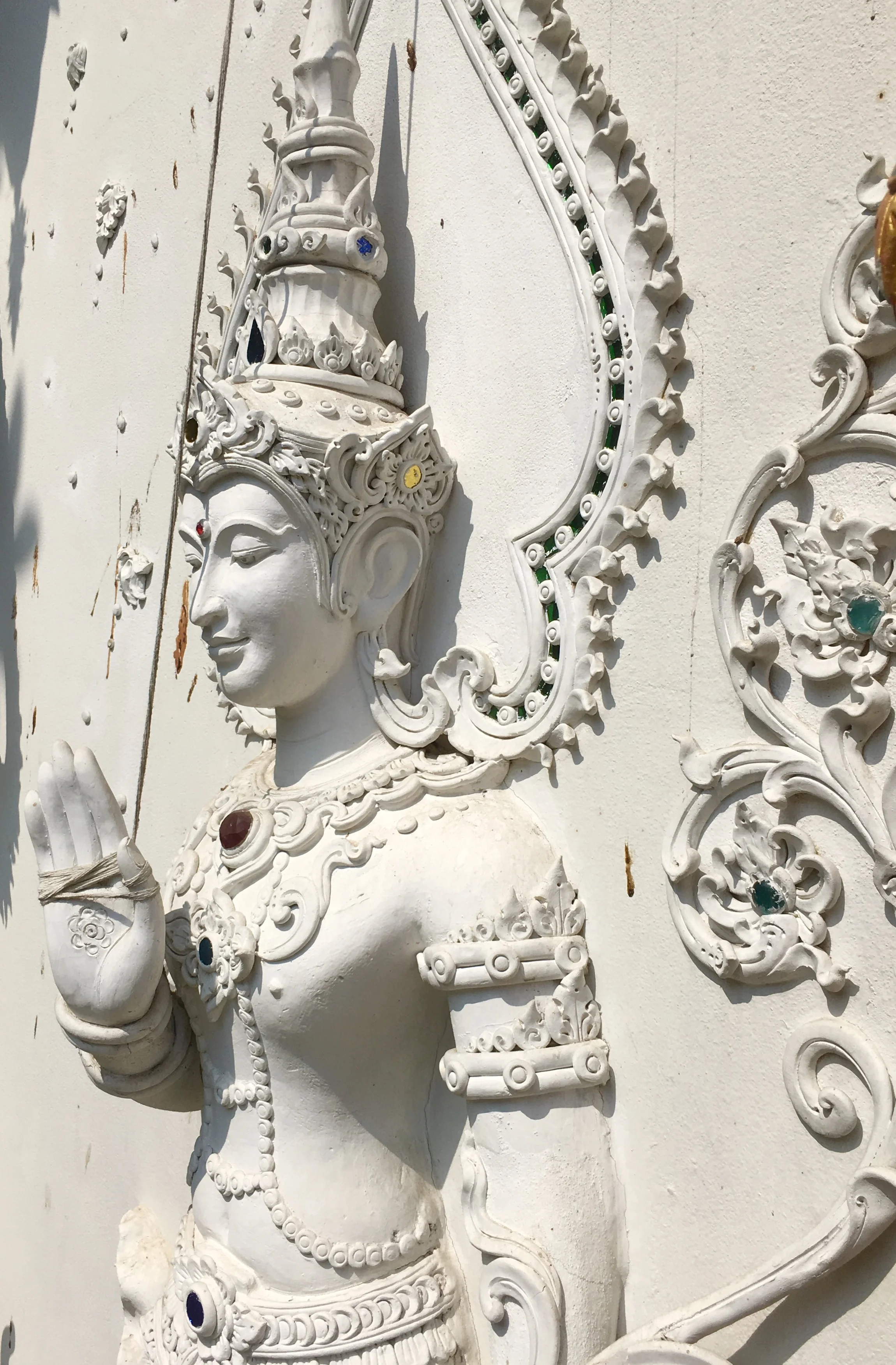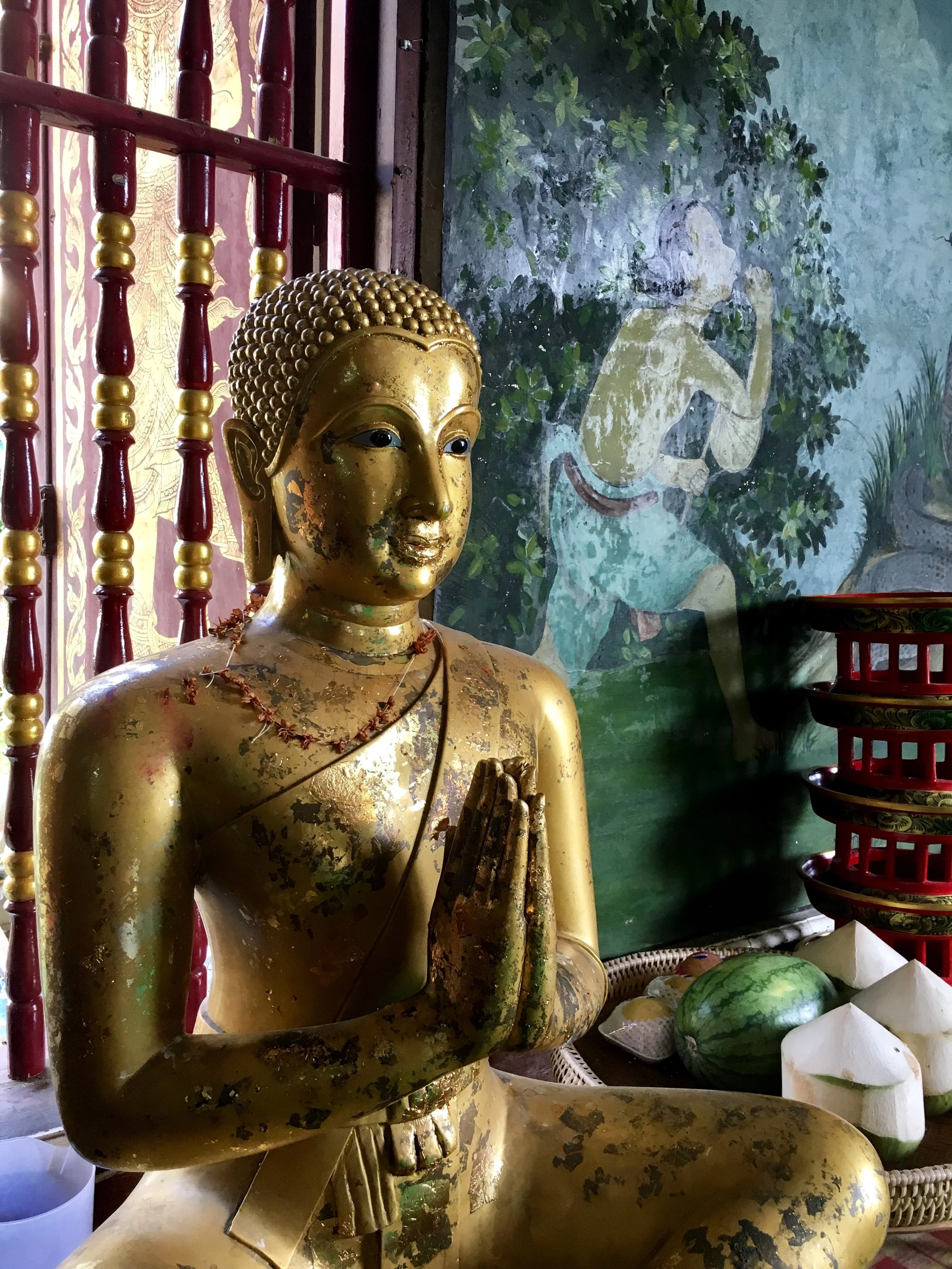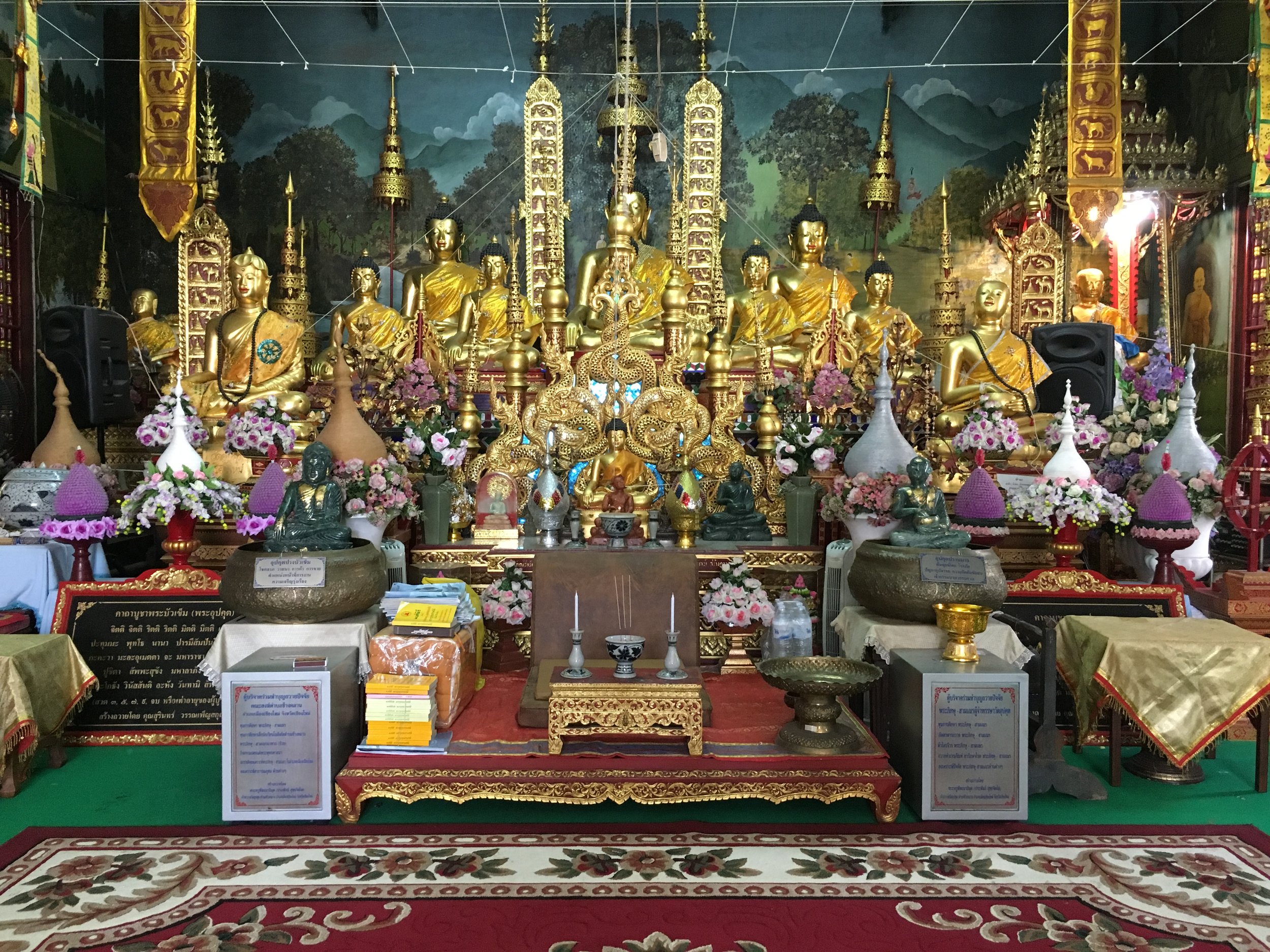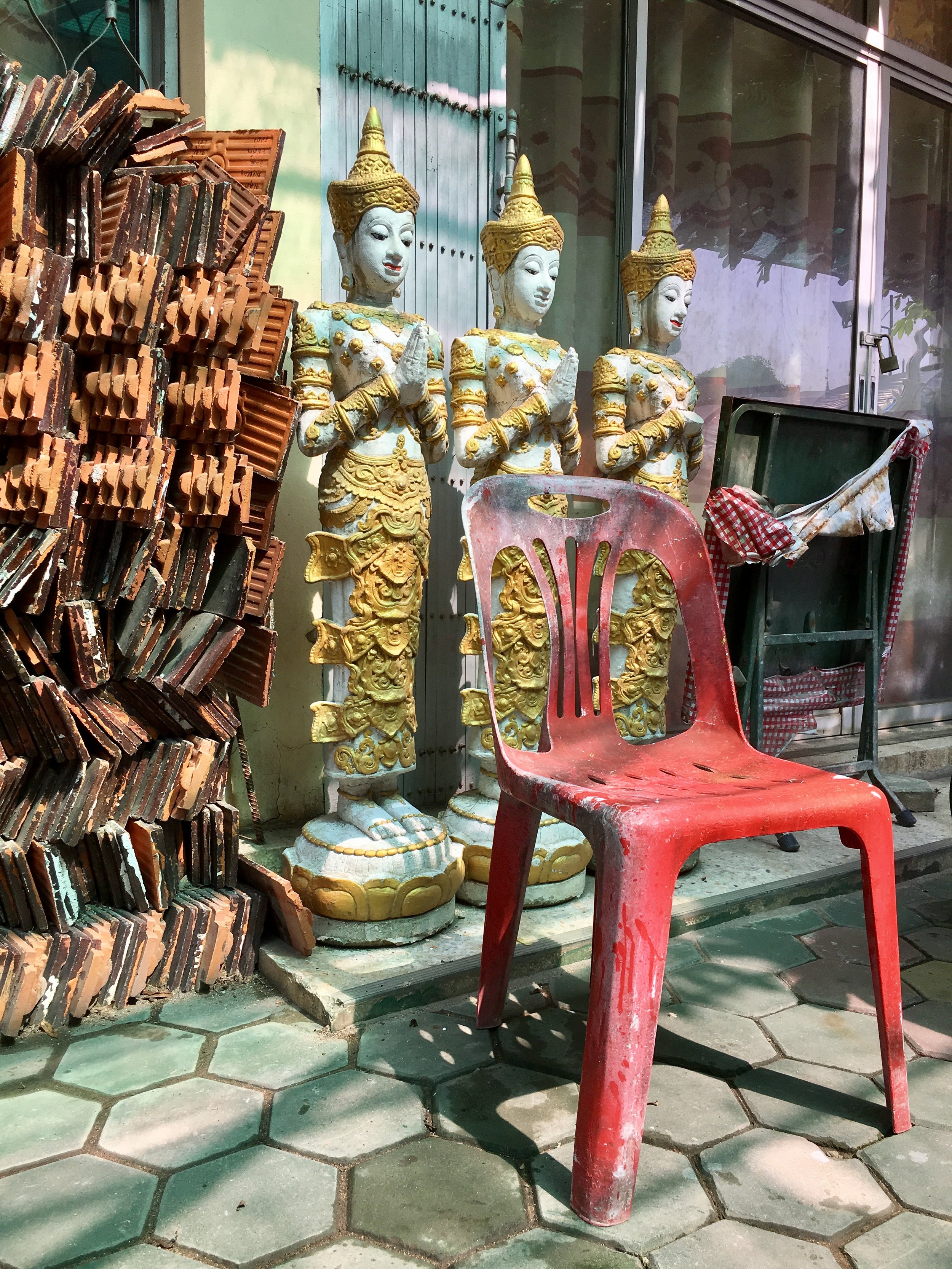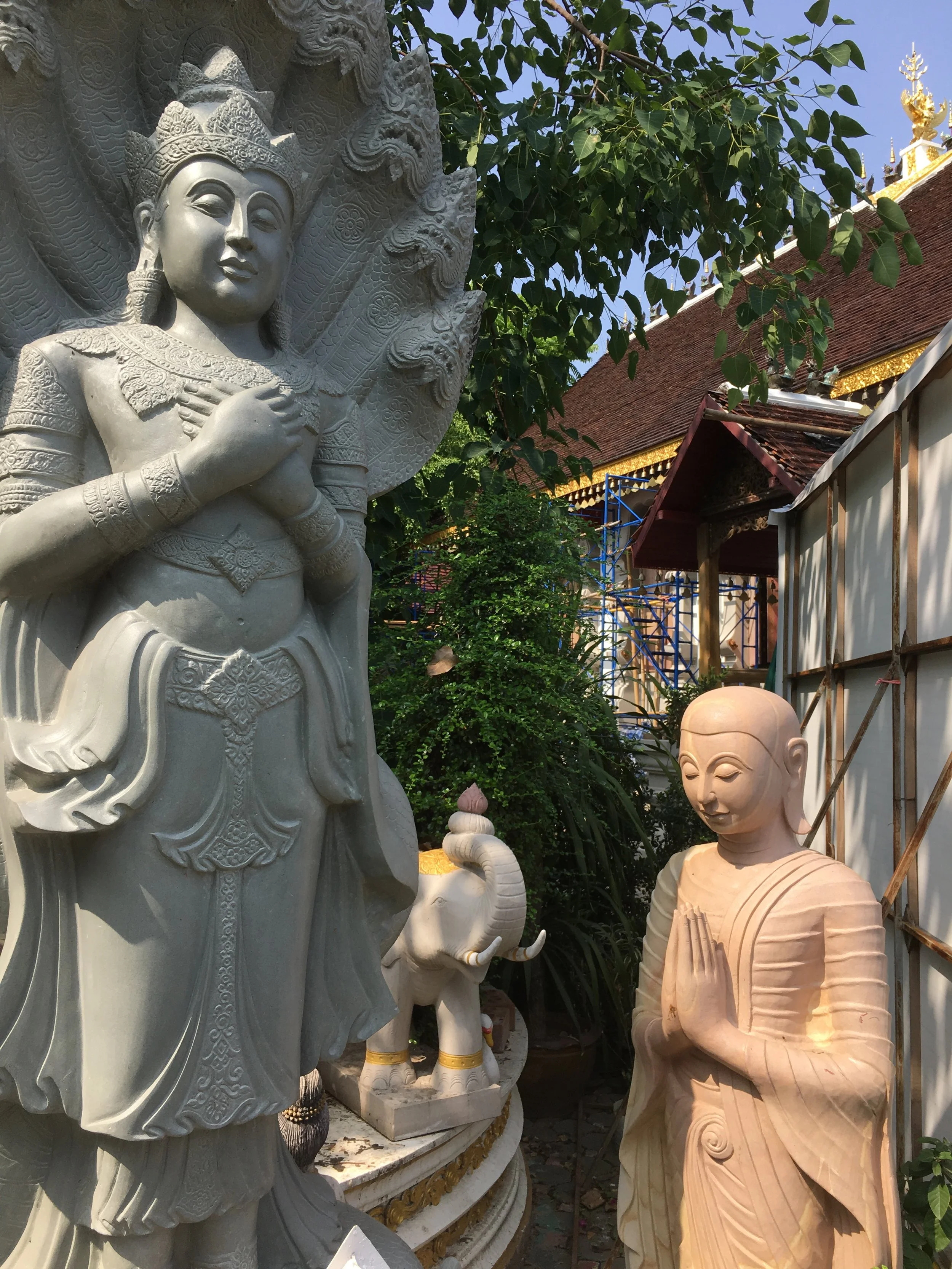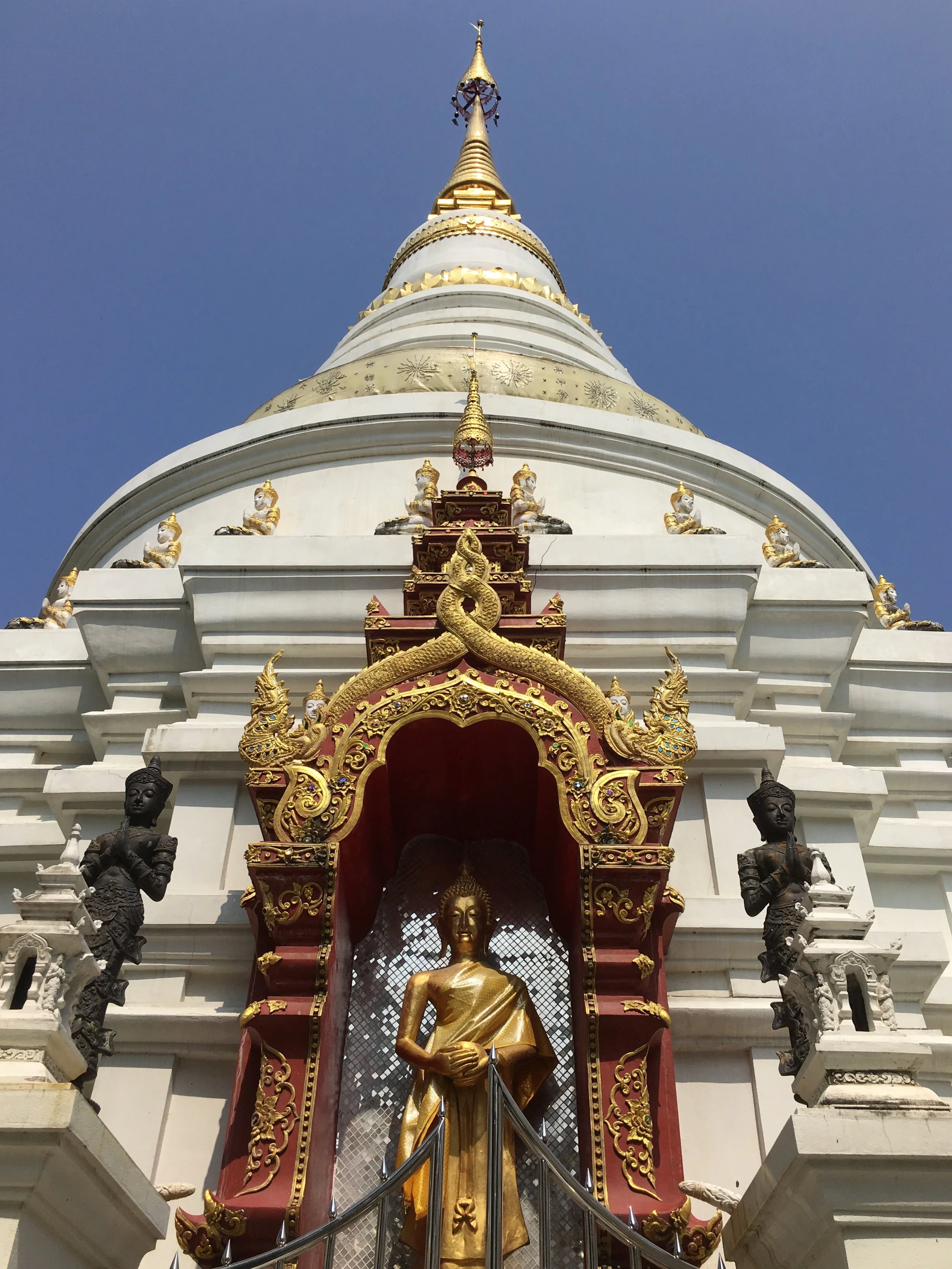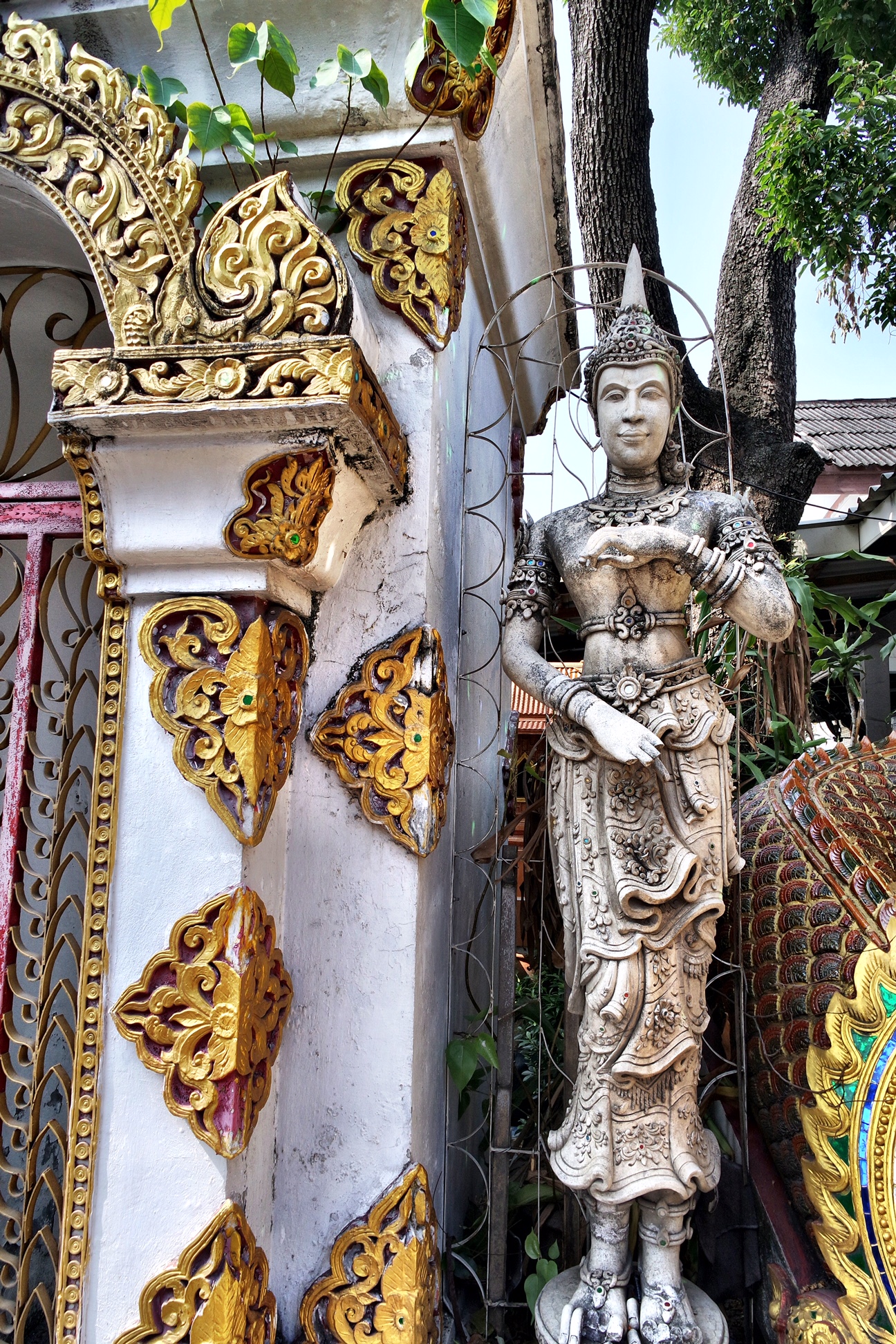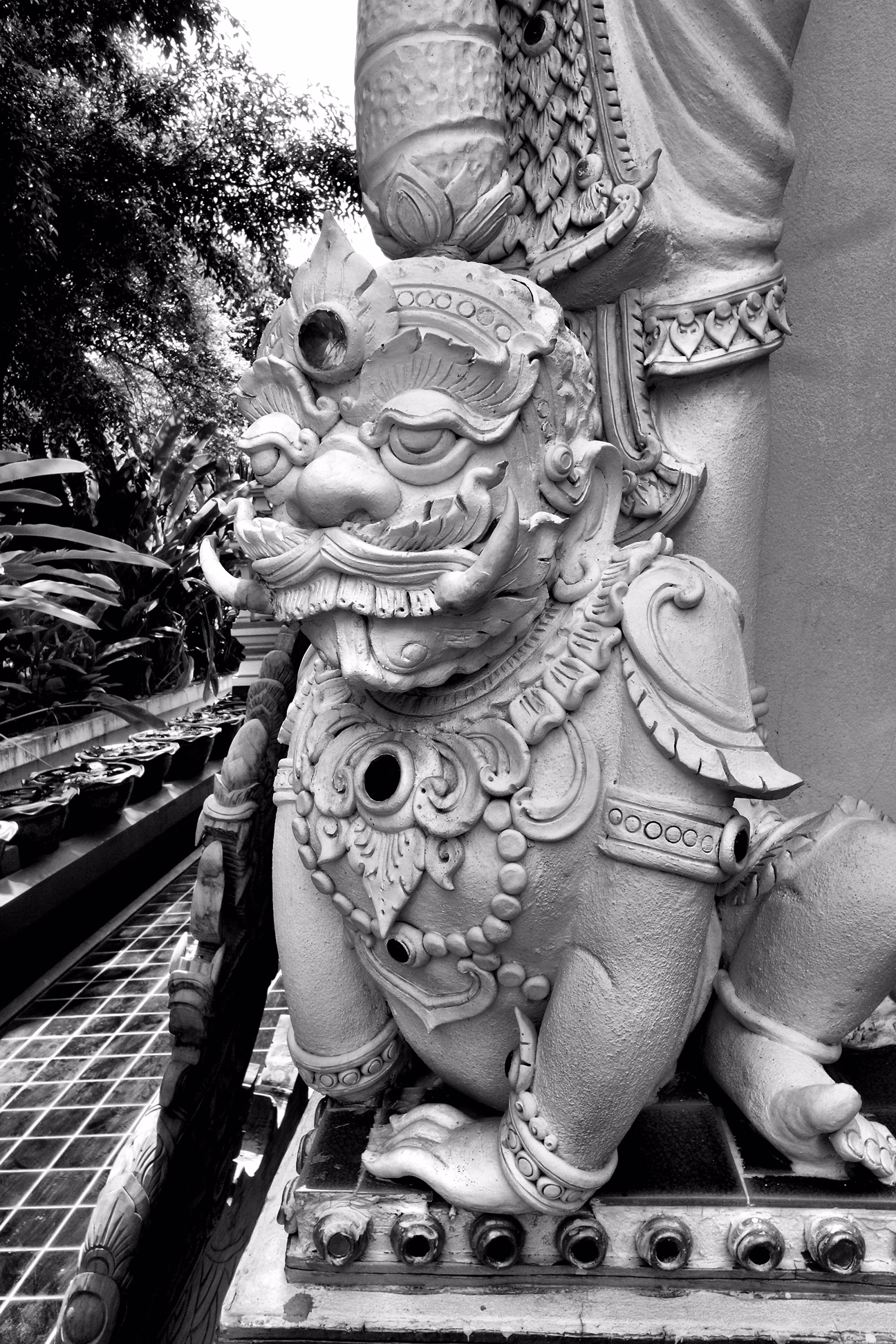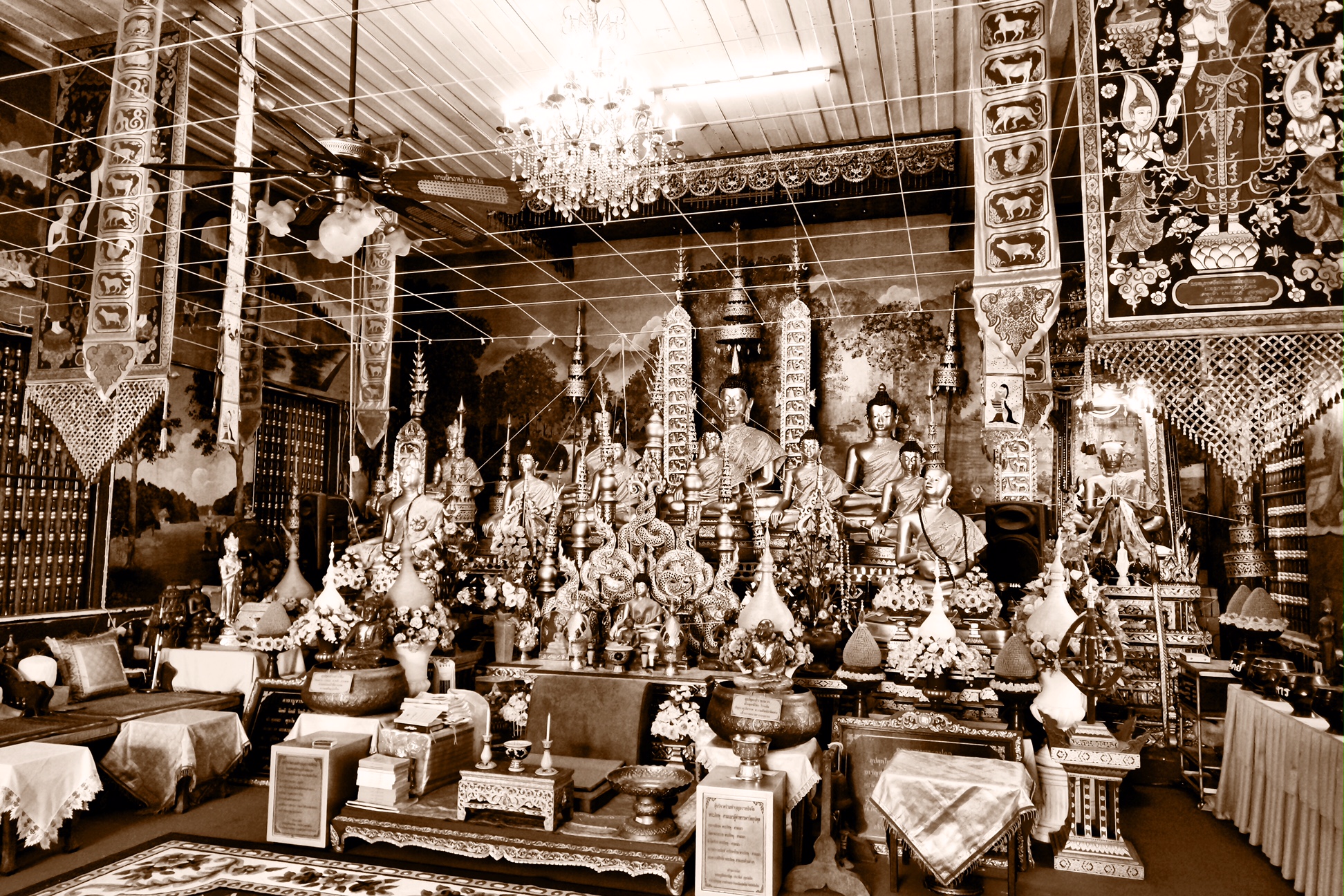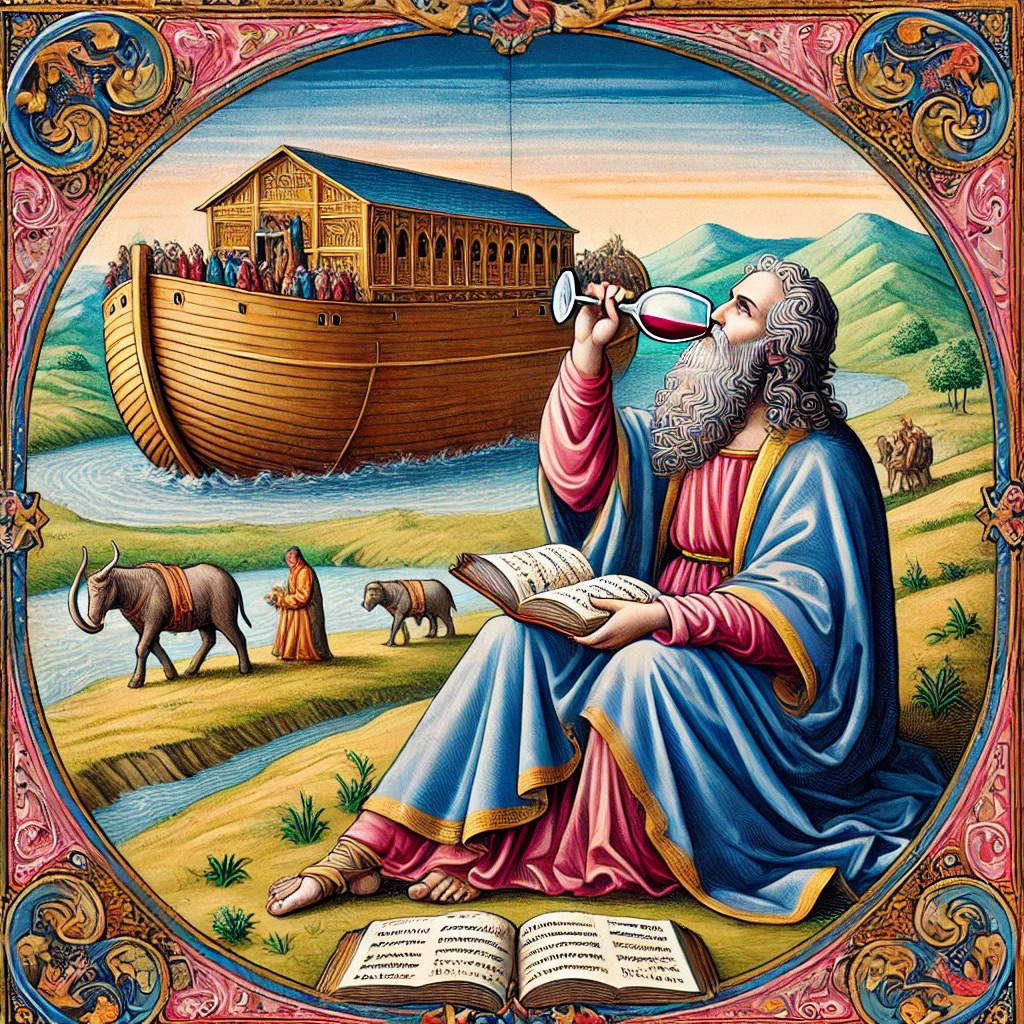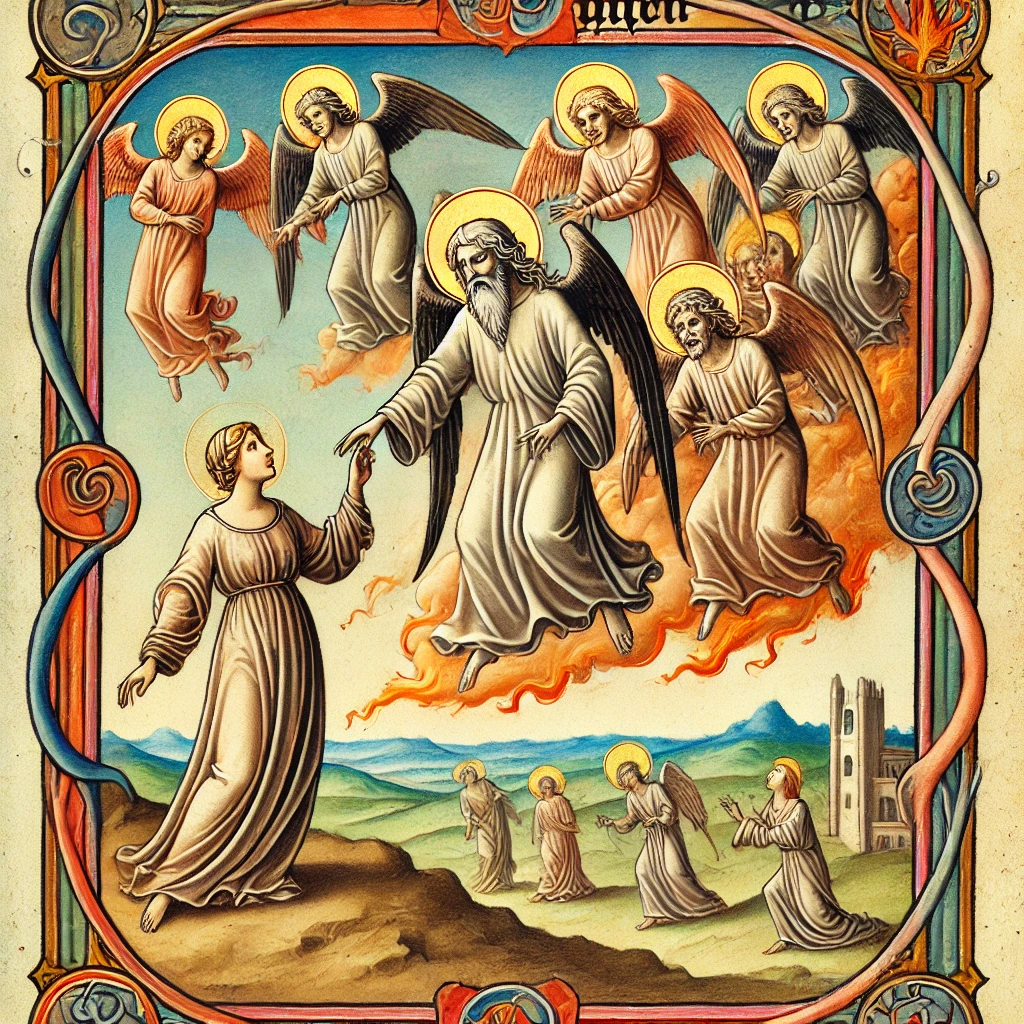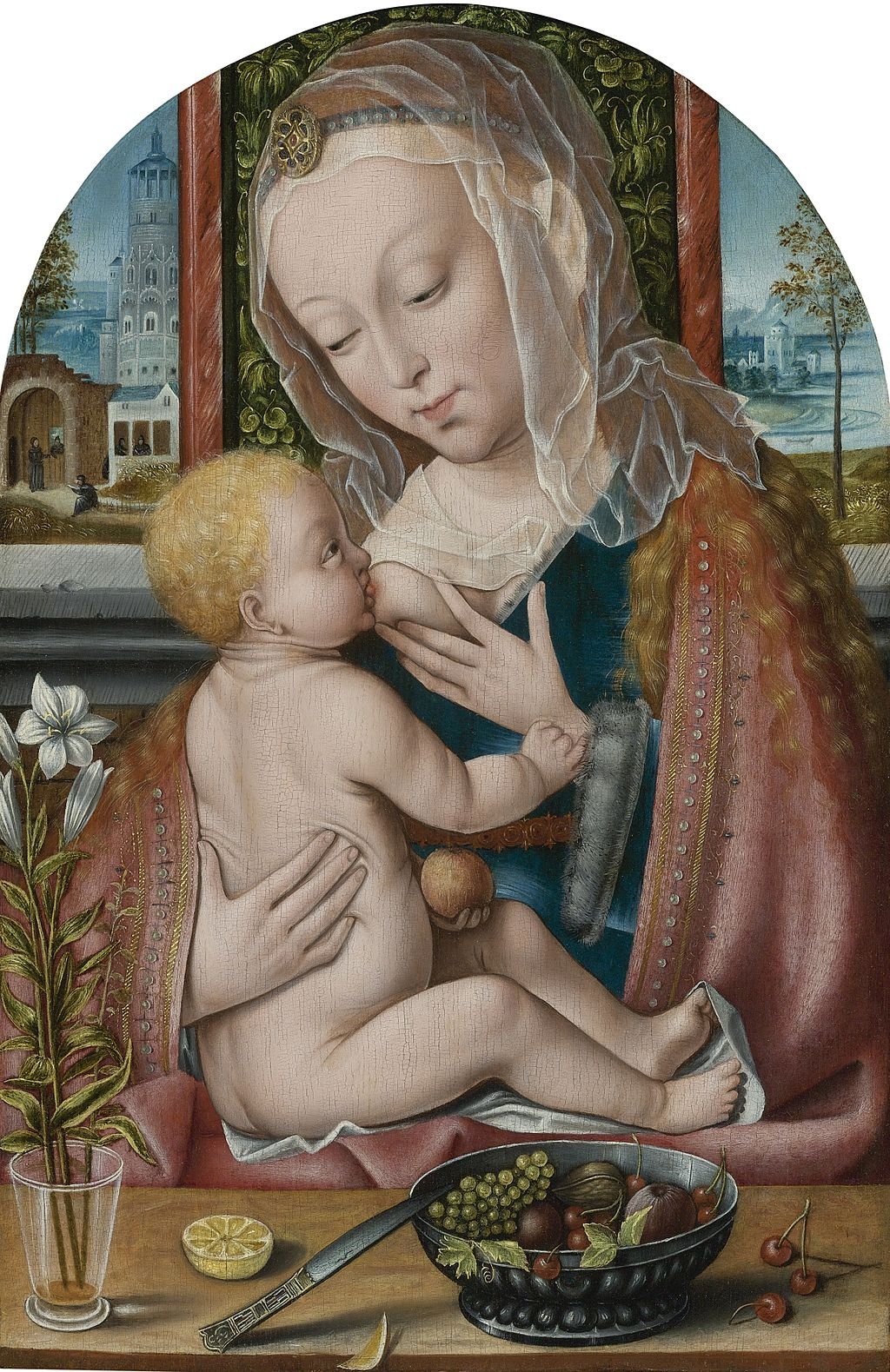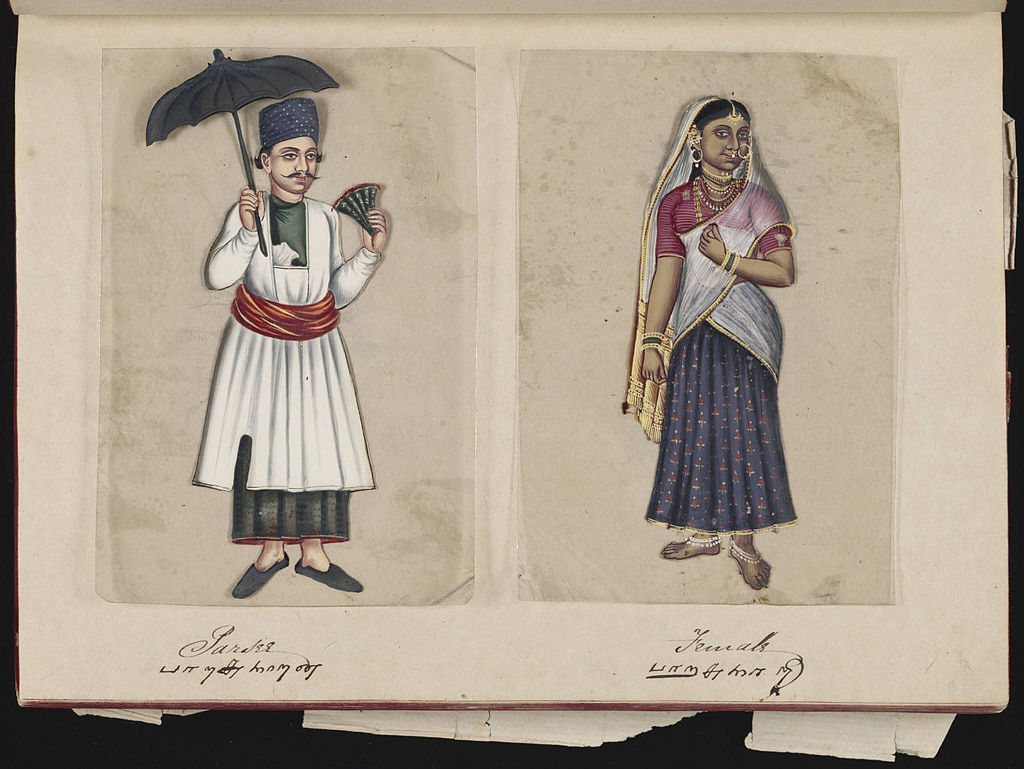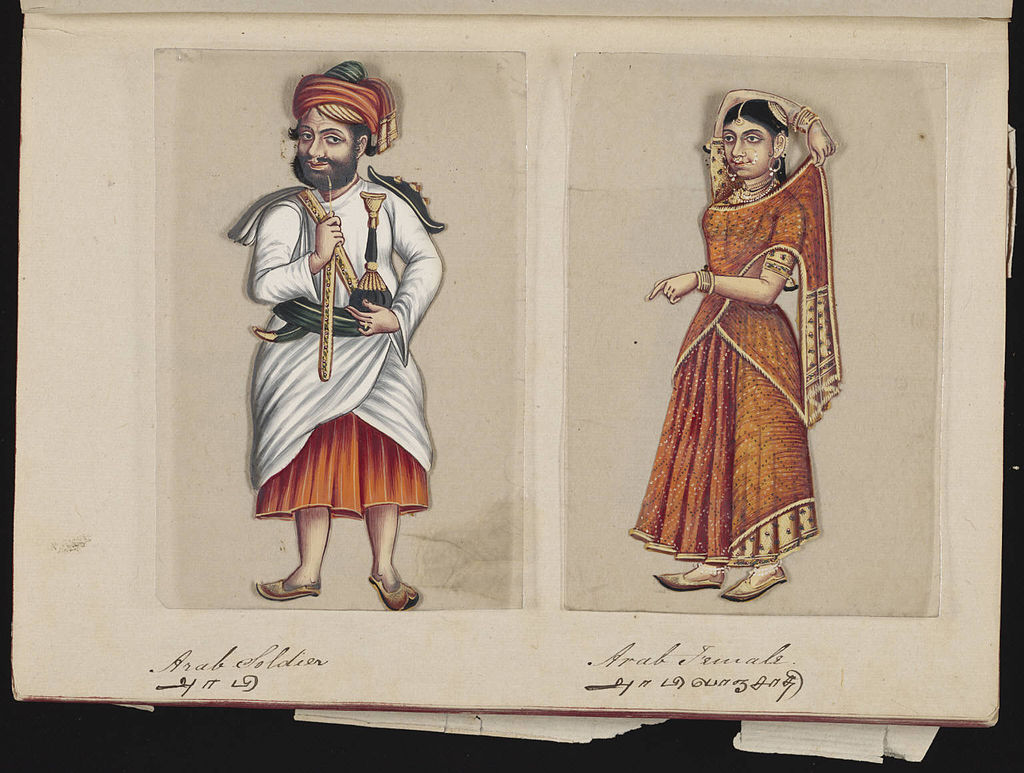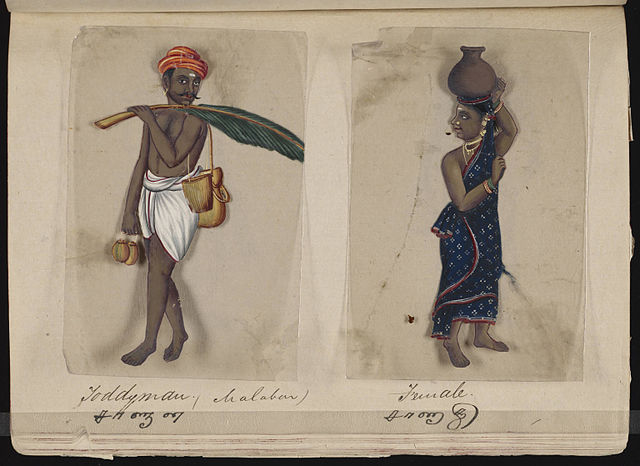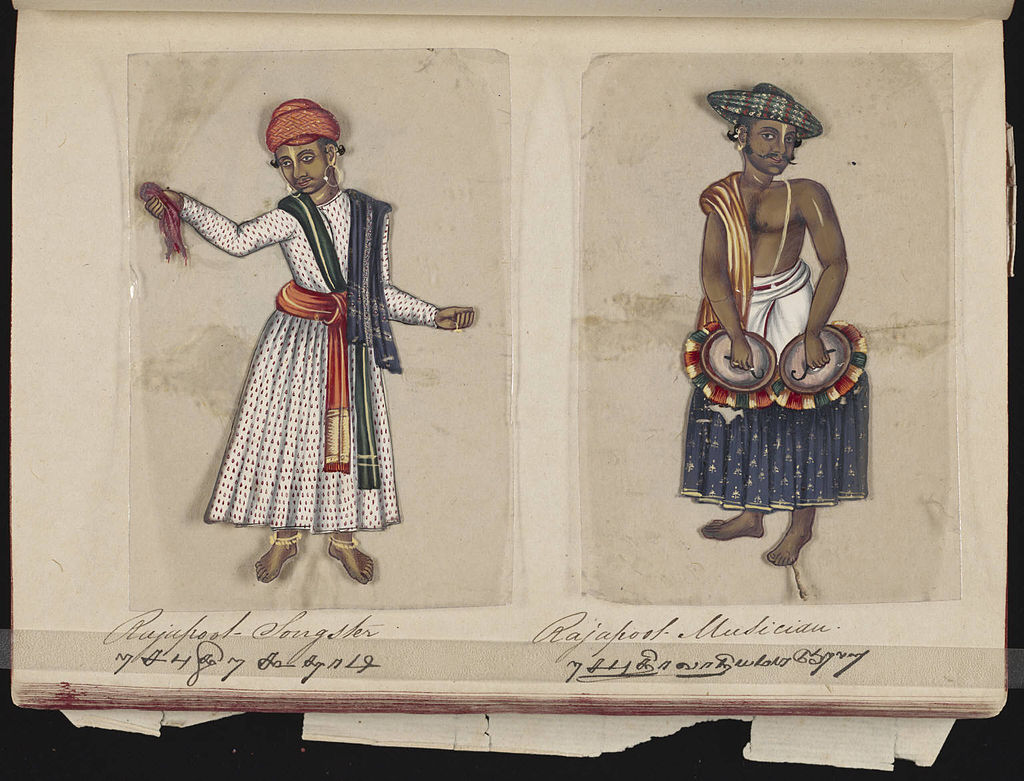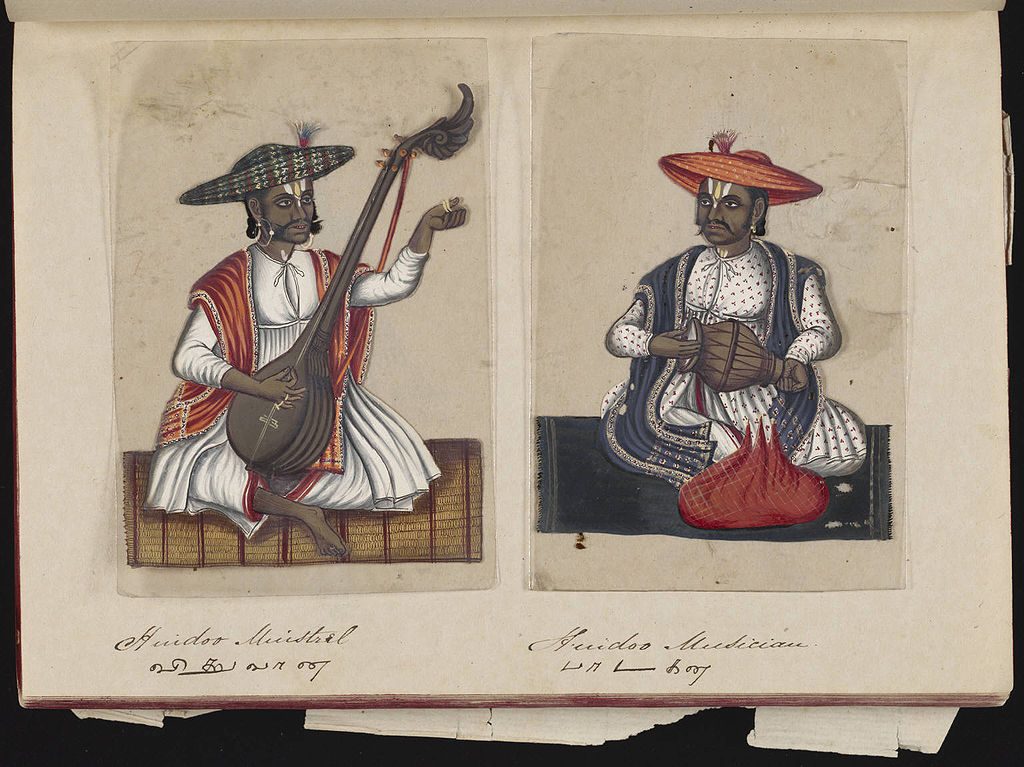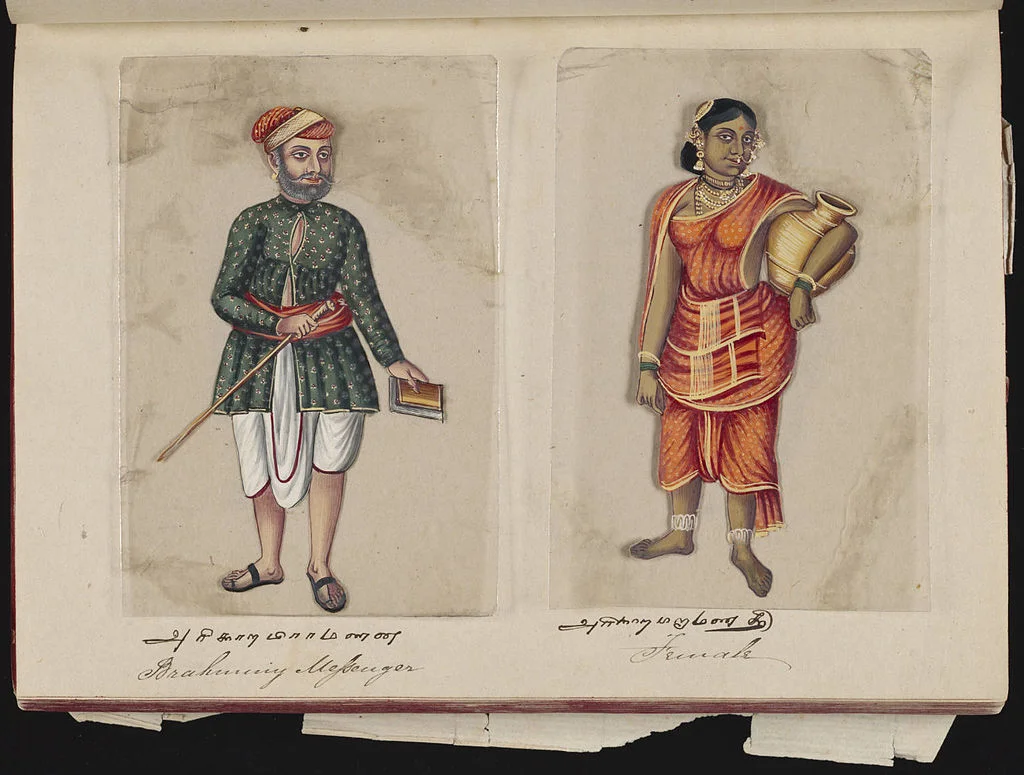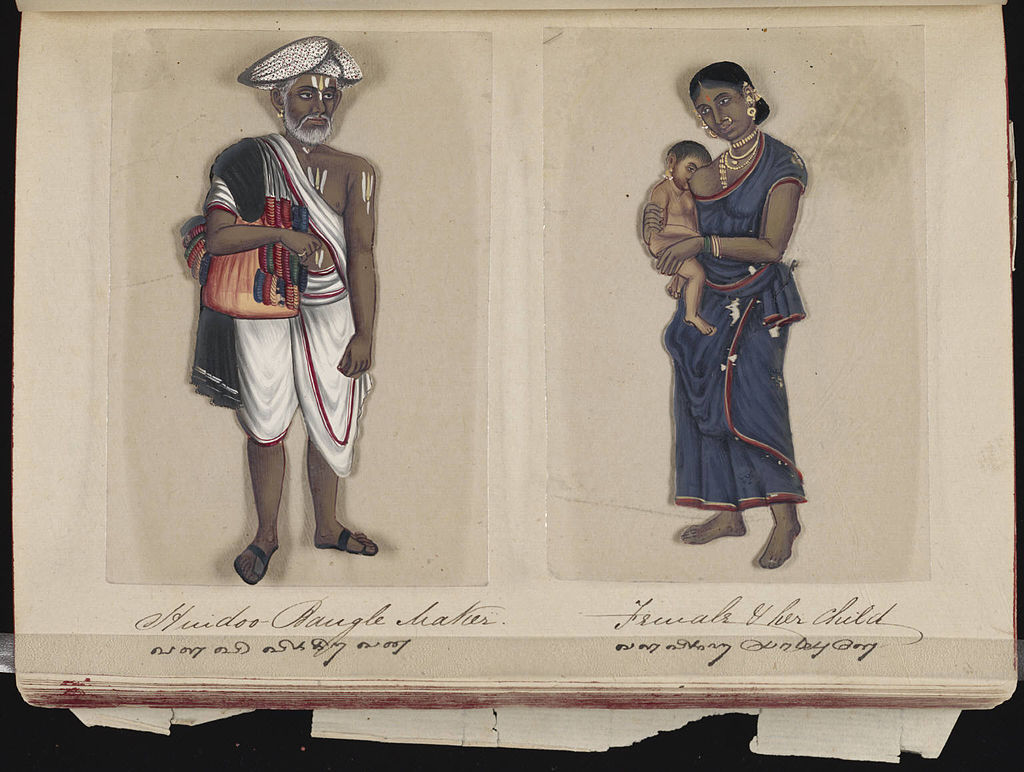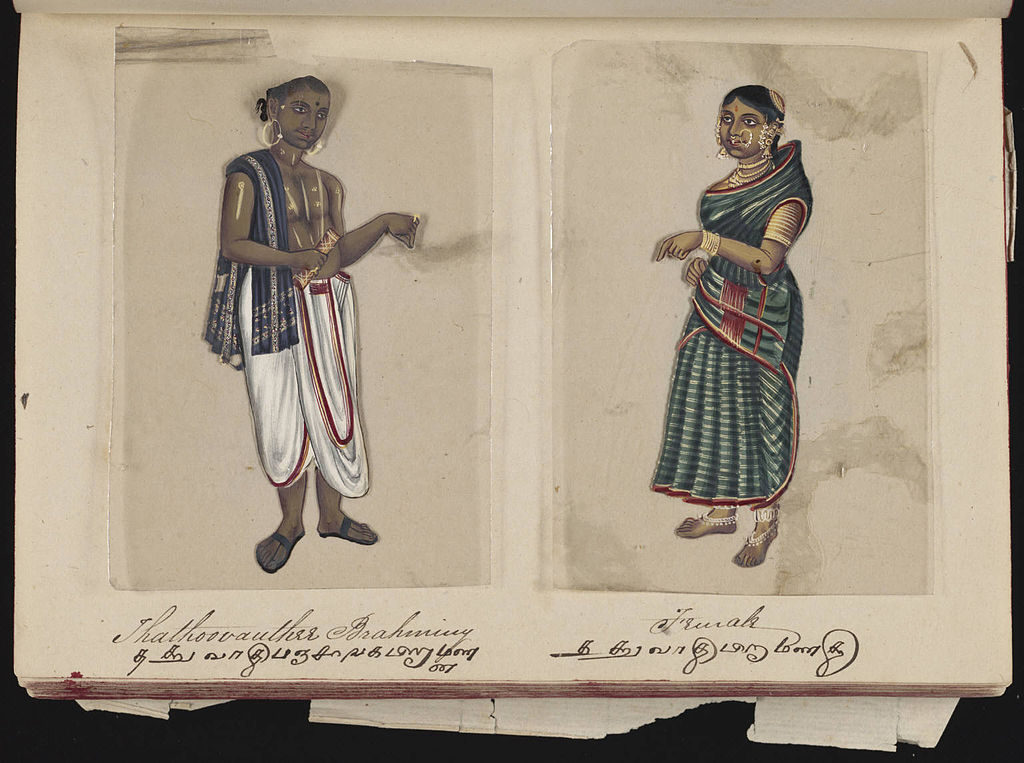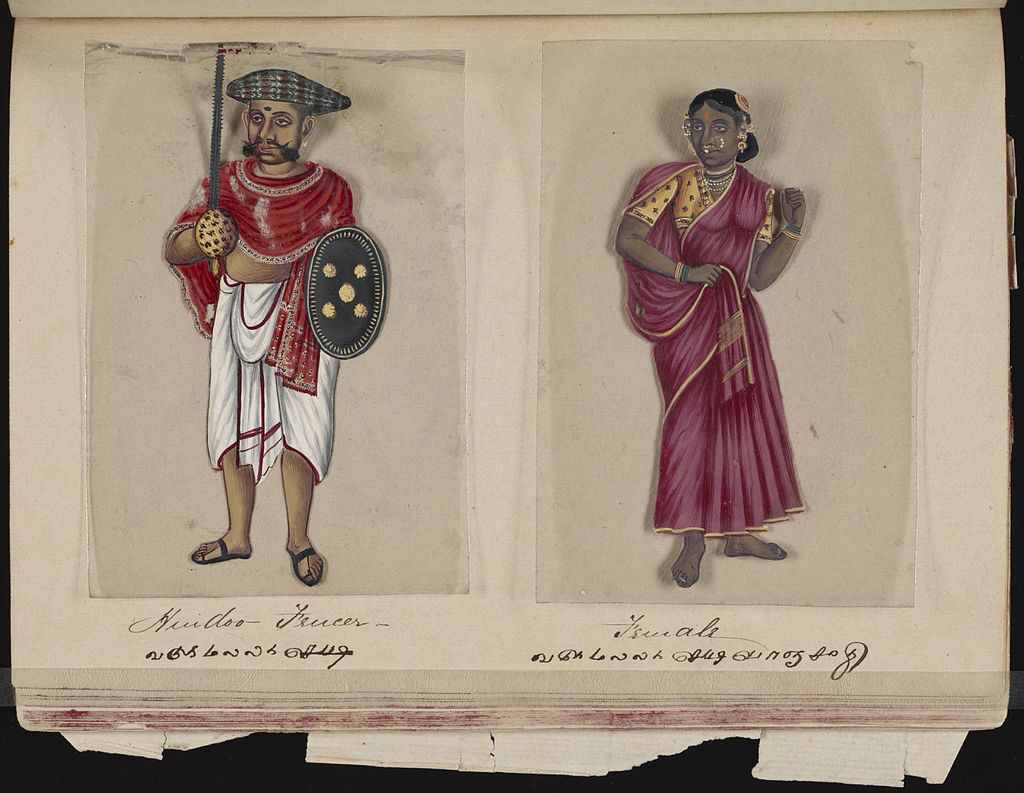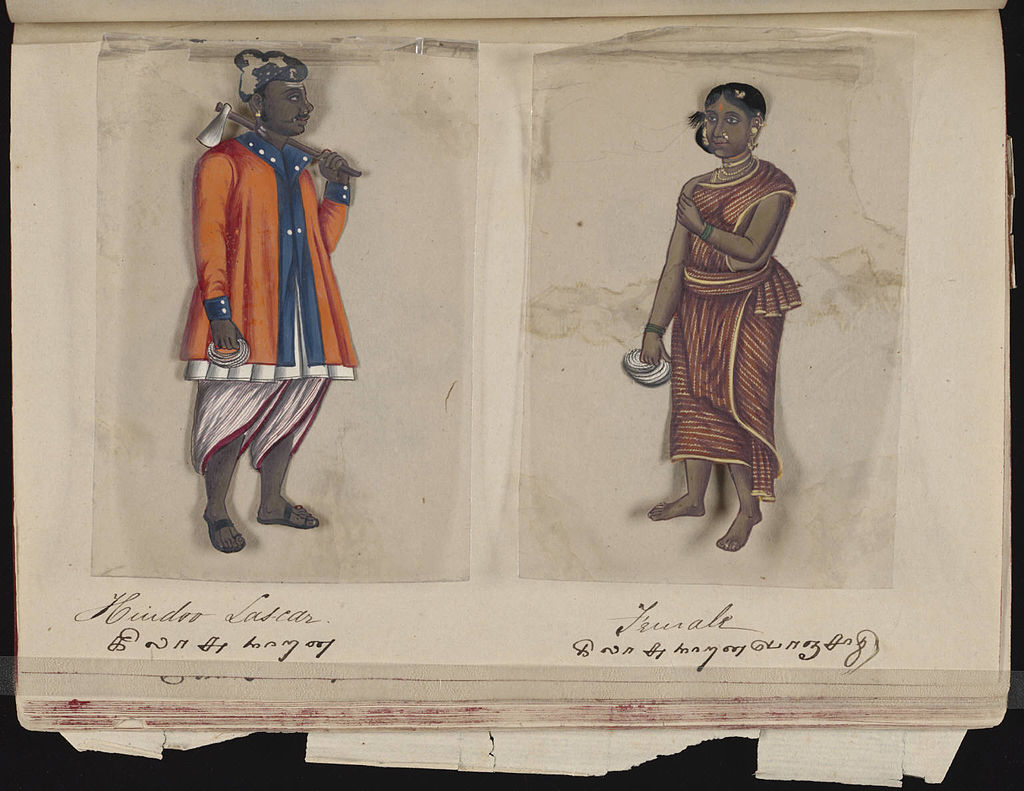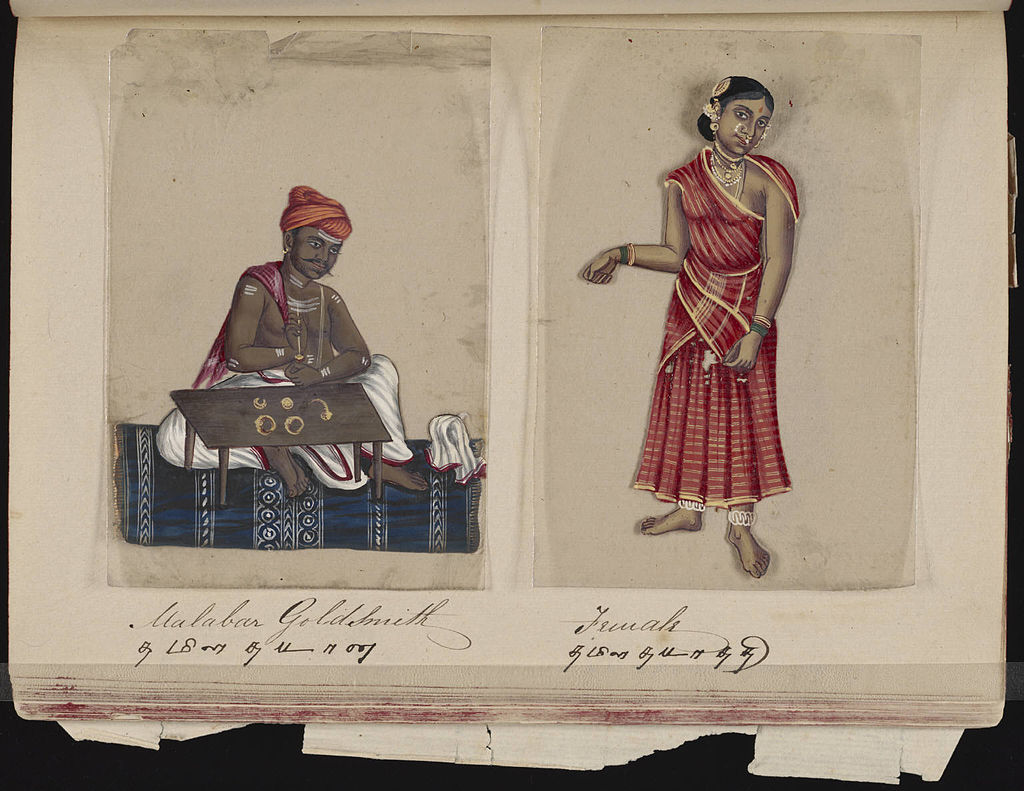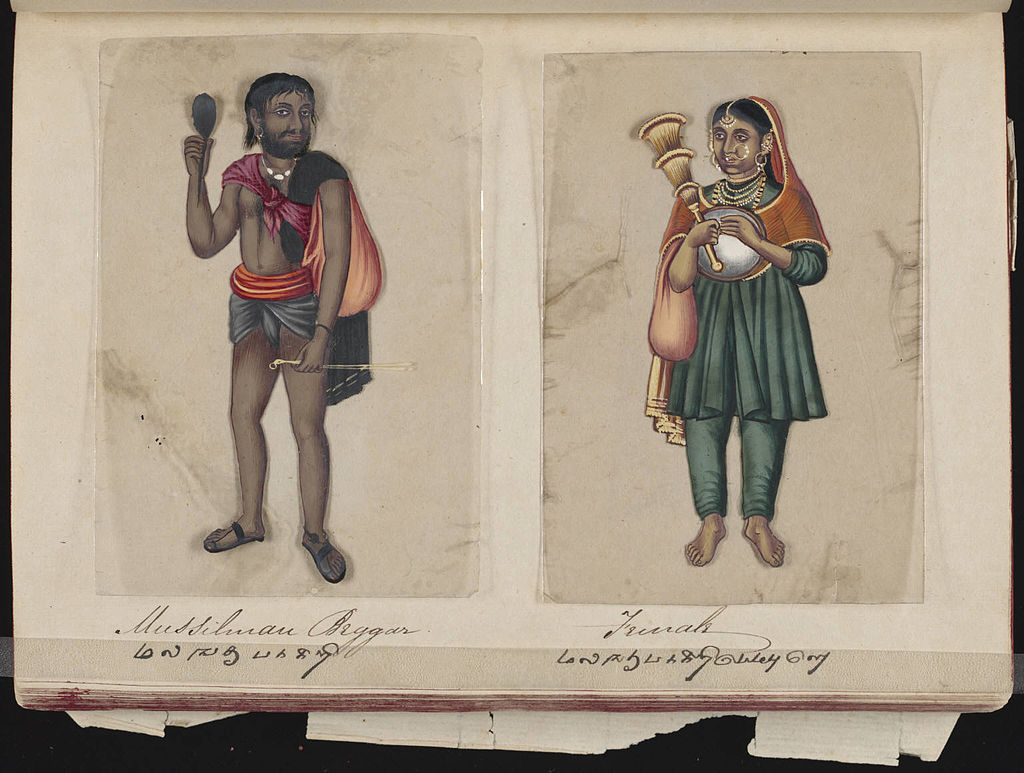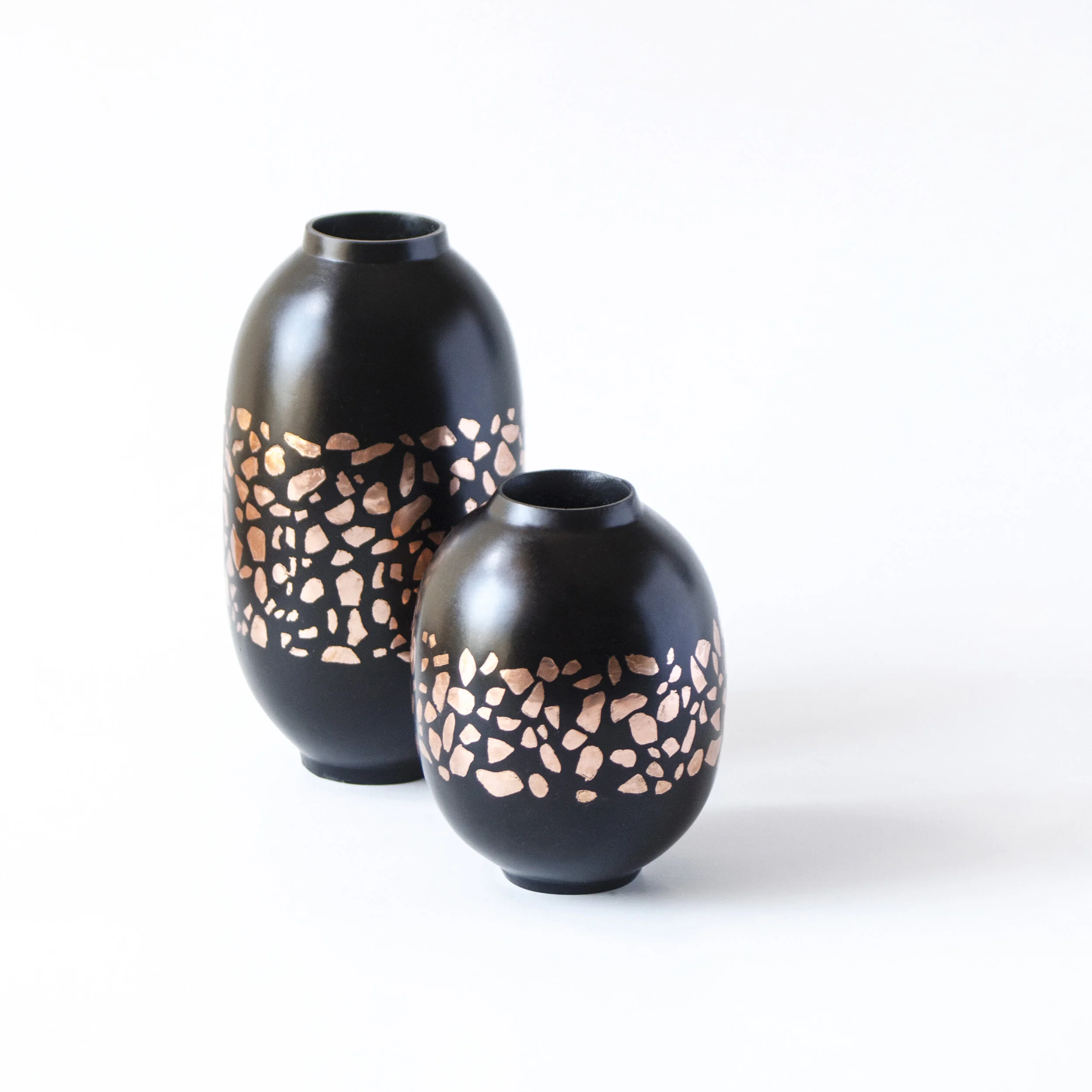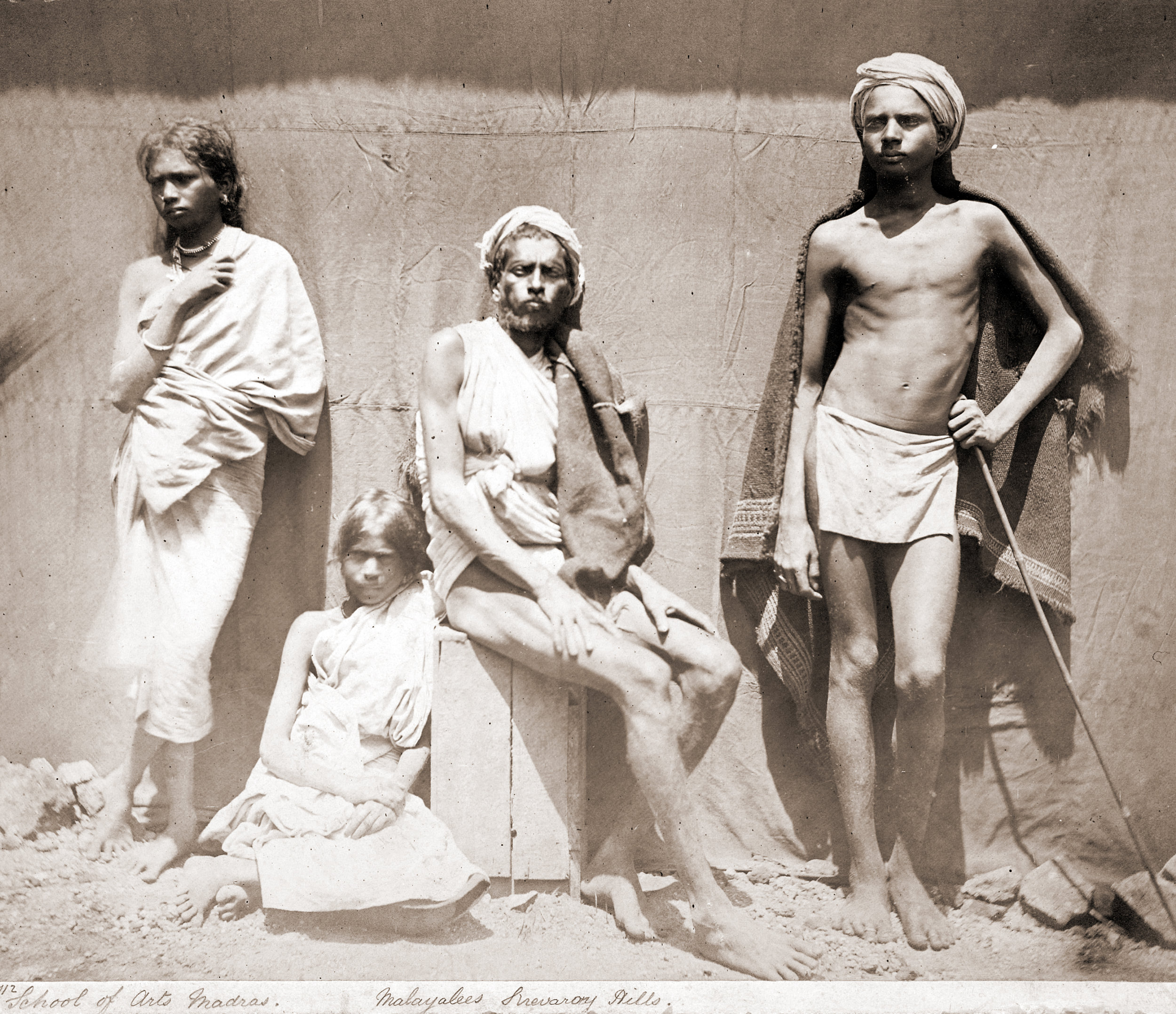Belsnickel, the magical uses of meadowsweet and the Hand of Glory play a part in the monsters of Supernatural, Season 3, Episodes 6-8.
A fiery sunrise could mean a stormy day at sea
S3E6: “Red Sky at Morning”
Monster: Ghost ship
Where it’s from: All around the world, particularly England and the United States
Ghost ships have been sighted for centuries
Description: This particular spectral ship is a three-masted clipper. There have been reports of ghost ships for centuries, including:
The S.S. Violet, a paddle steamer, ran aground crossing the English Channel in a snowstorm. She was sighted by a lookout at Goodwin Sands at the start of World War II. A lifeboat went out to investigate — but no ship was found.
The Griffon’s maiden voyage was also her last. This ghost ship now haunts northern Lake Michigan
The Griffon, one of the first major vessels to sail the Great Lakes, which is said to haunt Lake Michigan. Her maiden voyage in 1679 was also her last. She went down during a storm…but has been seen on the northern part of the lake ever since.
The title of the ep comes from a nautical saying:
Red sky at night, sailor’s delight.
Red sky in morning, sailor’s warning.
That is to say, that a red sunrise could mean a storm is coming.
What it does: The ghost ship of the Espírito Santo, a three-masted clipper (and an apparent invention of the show), appears every 37 years. Don’t look! If you happen to be one of the poor saps who sees the ship, you’ll end up drowning, like the woman in the shower and the man in the bathtub. The ghost ship will find a way to drown you — even if you’re just sitting in your car.
The Winchester Bros. start detecting a pattern: The ghost ship is targeting those who have spilled their family’s blood.
How to defeat it: There’s a gruesome but super helpful charm known as a Hand of Glory.
(Insert Dean joke here: “A Hand of Glory? I think I got one of those at the end of my Thai massage last week.”)
This desiccated body part is said to be a genuine Hand of Glory
“The Hand of Glory has magical properties that make it ideal for thieves: It can open any lock and sometimes makes the holder invisible. ”
The Hand of Glory
A Hand of Glory is actually the hand (usually the right) of a hanged man who’s still swinging from the gallows — preferably during a lunar eclipse, but any ol’ night will work as well. You pickle it for 15 days, then dry it in the sun. It’s said to have magical properties that make it ideal for thieves: The Hand of Glory can open any lock and allows intruders to enter buildings undetected, sometimes making the holder invisible. The fingers burn as candles that never go out or hold a candle made from the fat of the hanged man in their grip. Once lit, it puts people to sleep or renders them motionless. In some tellings, the thief can only light a finger for each person asleep in the house; those that don’t light reveal that someone inside is awake. The lit fingers ensure that those sleeping won’t be able to be awakened.
Honestly, where can I get one of these for myself?
A Hand of Glory is a great magical item — especially if you’re a thief
To break the curse of the spectral ship, the fellas summon the ghost of the brother who killed the captain of the Espírito Santo. The two ghosts destroy each other in a watery sploosh.
On Supernatural, vampirism is a blood-borne virus
S3E7: “Fresh Blood”
Monster: Vampire
Where it’s from: Romania
Description: A girl named Lucy gets dosed with vampire blood at a club and turns into a vamp. In the Supernatural universe, vampirism is a virus; if you ingest a vampire’s blood, you become one.
Bright light hurts their eyes — though they do have infrared vision. And they can hear heartbeats from a block away.
What it does: The vampire has a type. He’s turning pretty blondes. He feels misunderstood, that he’s a victim. He even cries when his “daughters” get killed, fearful of facing eternity alone.
A fellow hunter, Gordon, thinks our boy Sam is the Antichrist. So it’s particularly satisfying that a legendary vampire hunter like him gets turned into one of the monsters he so despises. Serves him right, the jerk.
The Winchesters were going to kill Gordon back when he was a human, so it makes it easier on their consciences to off him now that he’s a vampire.
How to defeat it: A shot of dead man’s blood knocks a vampire out.
To kill them, try decapitation or a silver bullet. (Though the novelist Anne Rice, an expert on vampires, told Marketplace, “Vampires are not particularly affected by silver bullets. Traditionally what kills vampires is a wooden stake through the heart.”
S3E8: “A Very Supernatural Christmas”
Monster: Pagan gods
Where it’s from: Britain
Description: At first Sam thinks they’re dealing with an evil Santa: “There’s some version of the anti-Claus in every culture. You’ve got Belsnickel, Krampus, Black Peter. Whatever you want to call it, there’s all sorts of lore.”
He continues, “Santa's brother went rogue, and now he shows up around Christmas time. But instead of bringing presents, he punishes the wicked.”
I doubt there’s a demonic counterpart to Santa in every culture, but Sammy’s right that there are quite a few.
A dark take on Santa Claus, Belsnickel rewards good children but comes up with bizarre punishments for those on the naughty list
Belsnickel, a Sinister Santa From Germany
Santa’s psychotic helper from Germany whips a bad little boy
This Christmas crazy wears a mask and often a wig, dresses in dark furs, lurks outside your house, and knocks on your door or window to announce his presence. He’s been known to give nuts, candy and small gifts to good children — but those who’ve been naughty get whipped and dragged into the woods. Belsnickel makes them pay for their bad behavior by dancing, doing tricks, singing or reciting poems for him.
It’s Sam that makes the connection to paganism.
Sam: Pretty much every Christmas tradition is pagan.
Dean: Christmas is Jesus’ birthday.
Sam: No, Jesus’ birthday was probably in the fall. It was actually the Winter Solstice festival that was co-opted by the church and renamed Christmas. But I mean, the Yule log, the tree, even Santa’s red suit — that’s all remnants of pagan worship.
Dean: How do you know that? What are you gonna tell me next? Easter Bunny’s Jewish?
The Winchester boys come across wreaths made of meadowsweet. Sam explains it as a powerful pagan herb that’s basically chum for their gods. “Gods were drawn to it and they’d stop by and snack on whatever was the nearest human,” he explains.
Use meadowsweet in spells for love and positivity — or to lure human-devouring pagan gods
Meadowsweet, though, once used to sweeten mead, is actually used in spells for love or creating a positive environment.
Hold Nickar, the Celtic god of the Winter Solstice
Sam concludes they’re looking for Hold Nickar, the pagan god of the Winter Solstice, who grants clement weather. Ancient pagans (and Wiccans today) worship the Goddess, who takes the form of the Great Mother. She gives birth to the Sun King on Yule, symbolizing a beam of light in the dark of winter, promising renewed life and the return of the sun’s warmth and sustaining energy.
What it does: The Hardy Boys are the pagan gods’ newest tributes. The couple are sticklers for details and are gathering the ingredients they need for their ritual. That includes collecting blood from the Winchesters and prying off one of Sam’s fingernails. After this horrific exercise, we can only hope they’re done. But no: “Sweet Peter on a popsicle, I forgot the tooth!” the god exclaims, heading toward Dean’s mouth.
How to defeat it: Guess these gods aren’t so immortal: Wood stakes kill them…for now, that is. –Wally
“Belsnickel wears a mask and wig, dresses in dark furs, and drags naughty kids into the woods, where he whips them. ”





